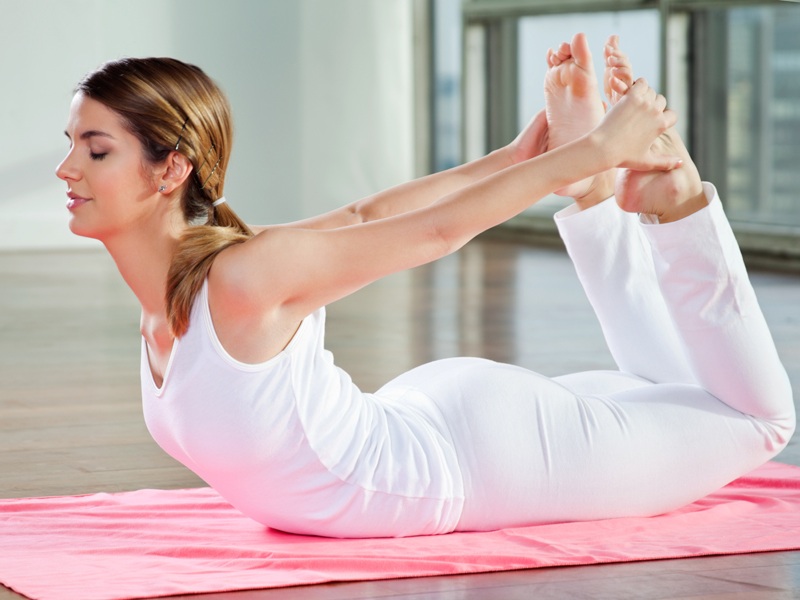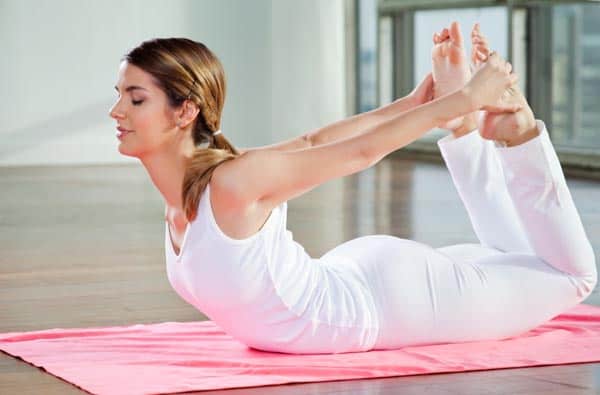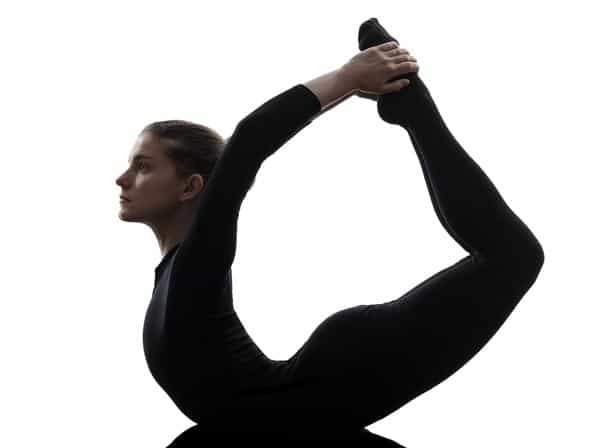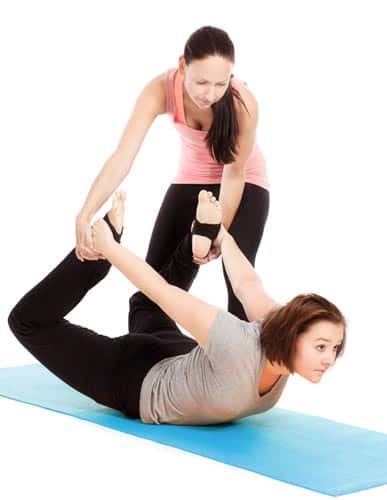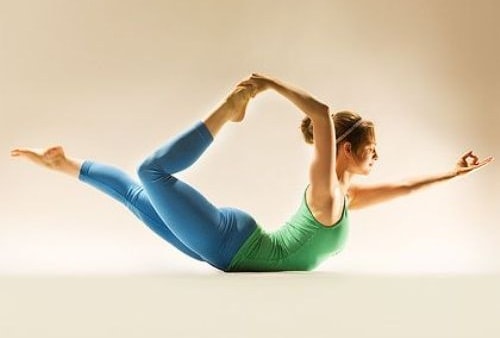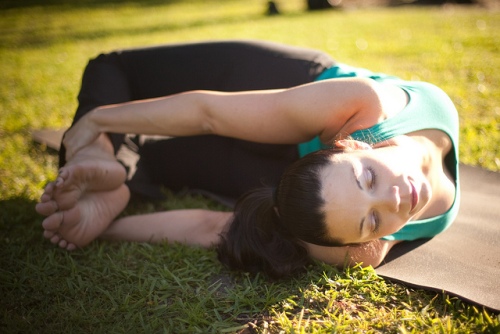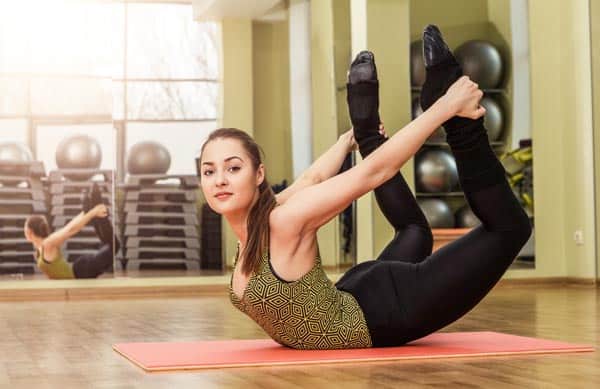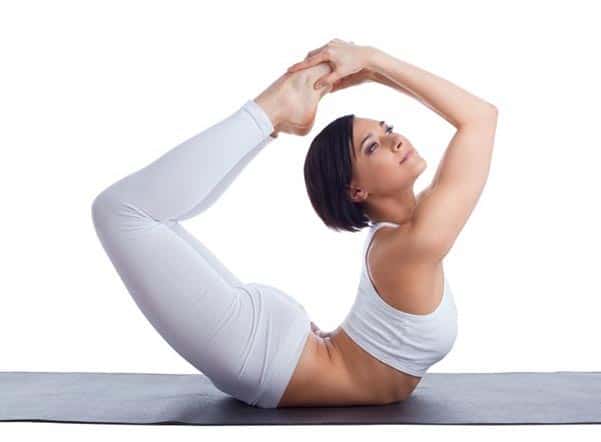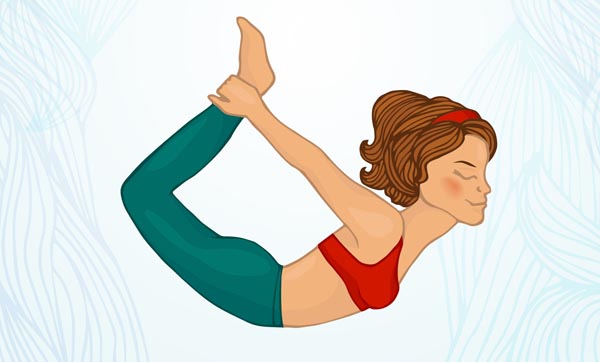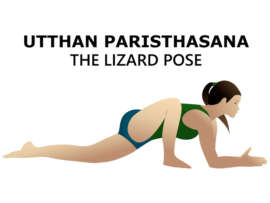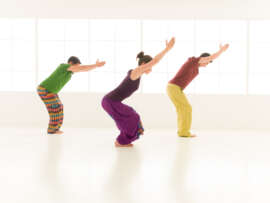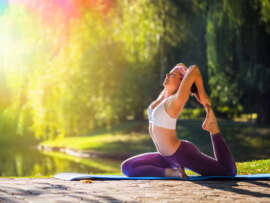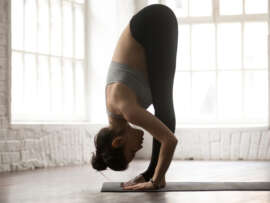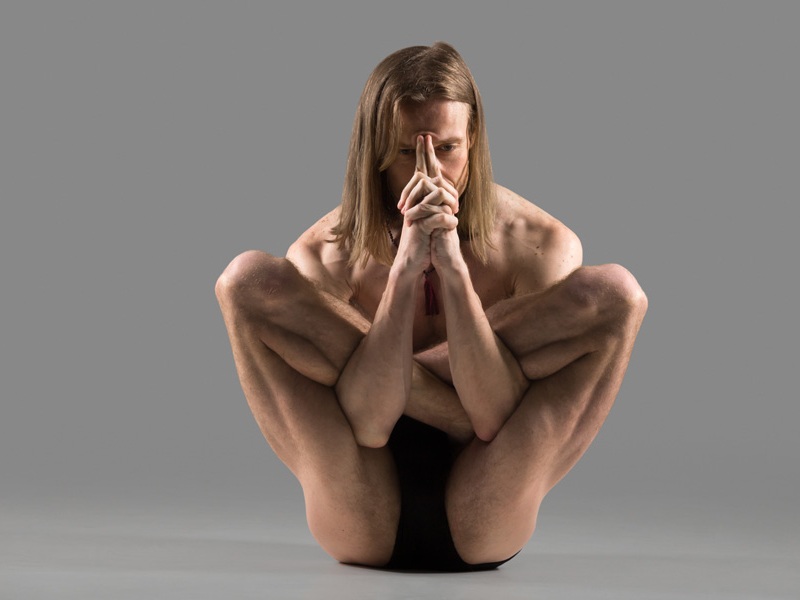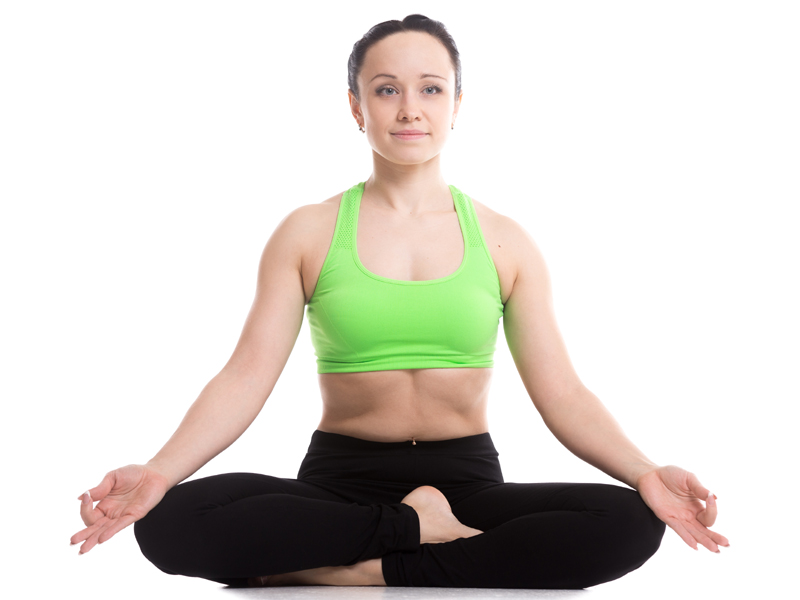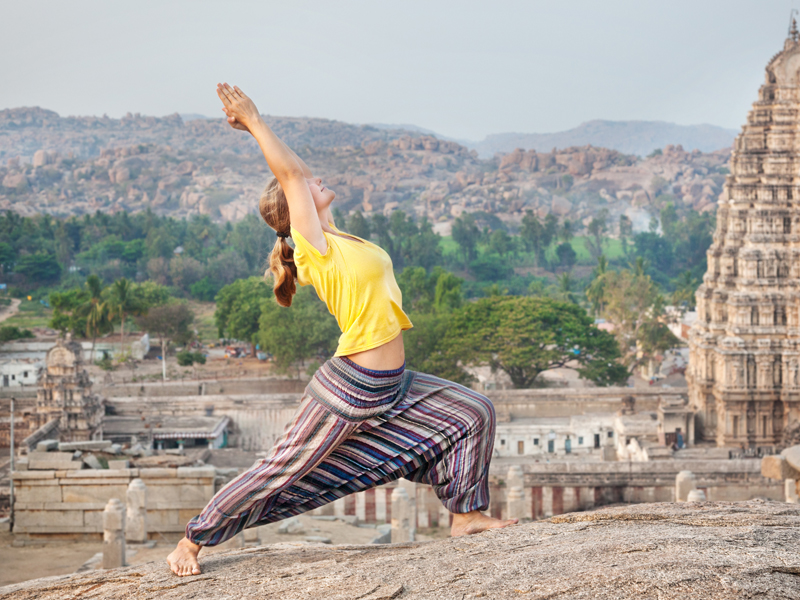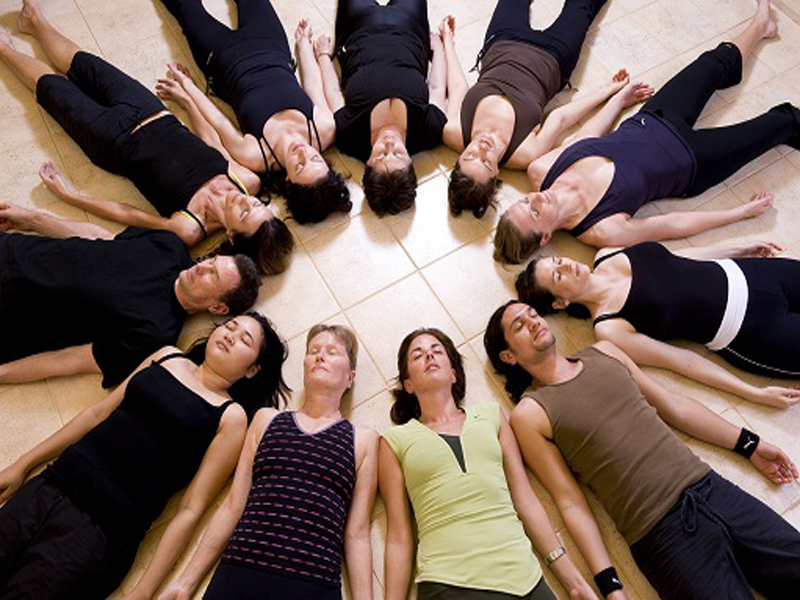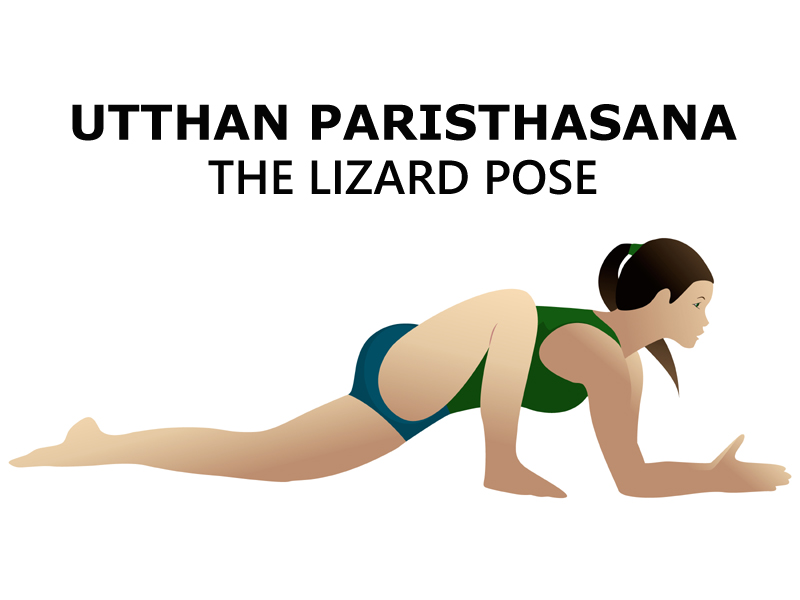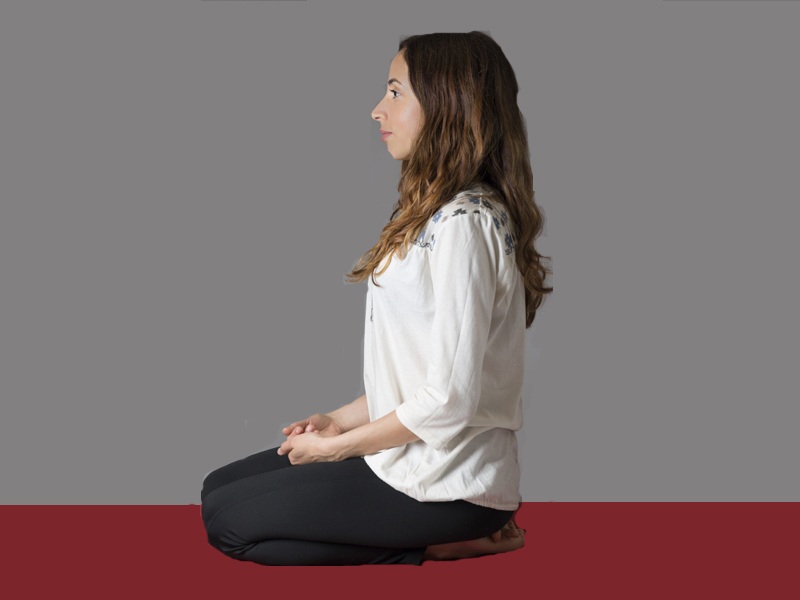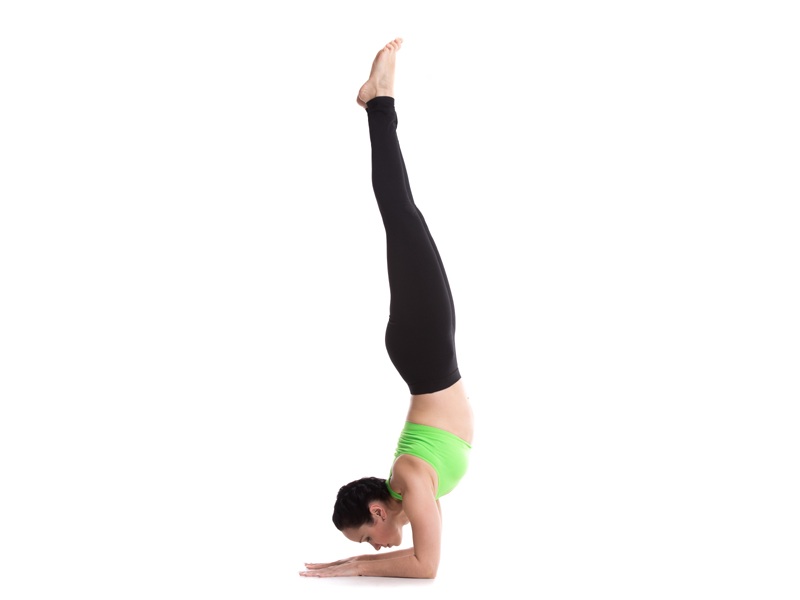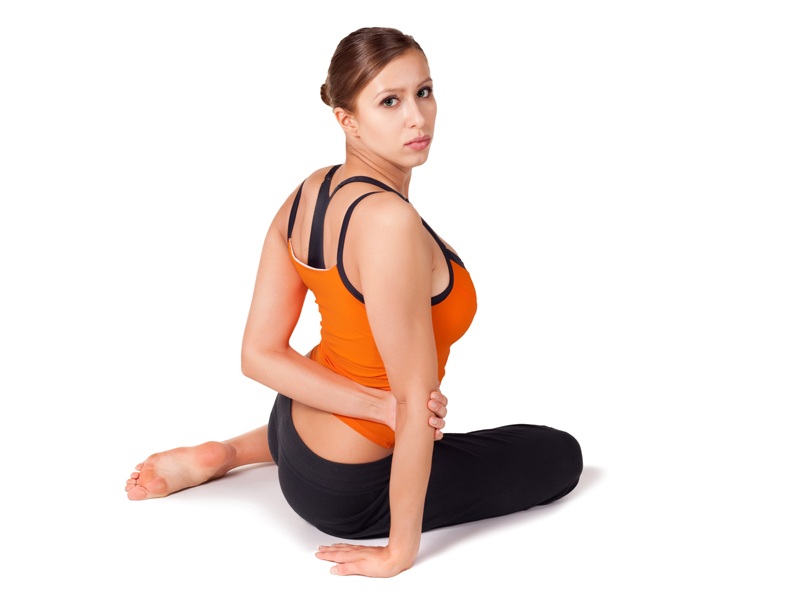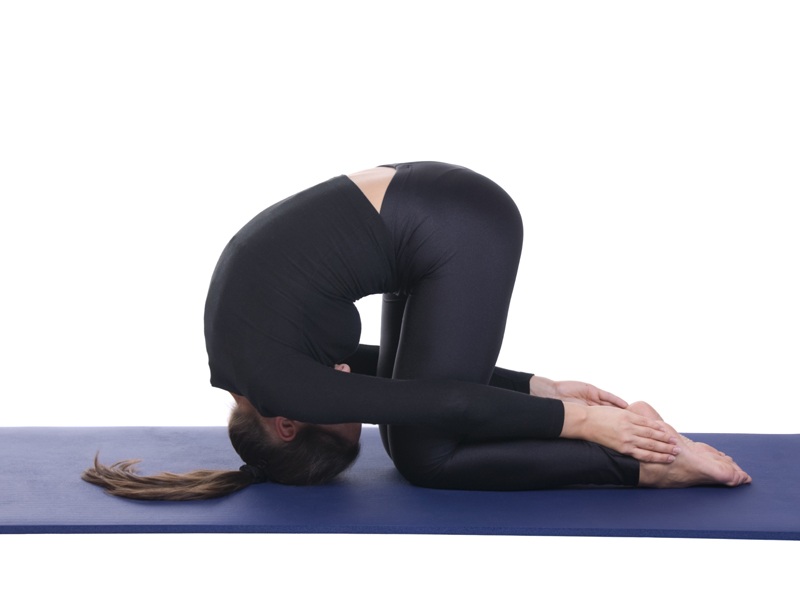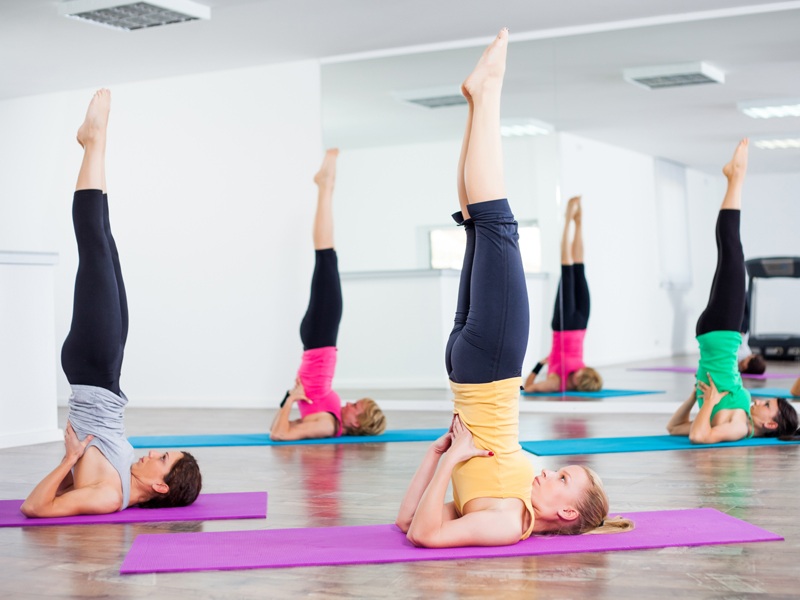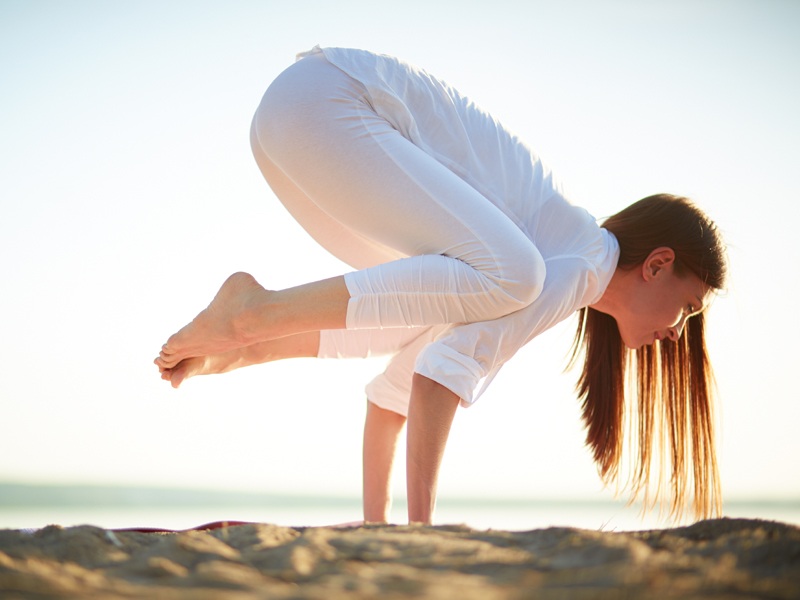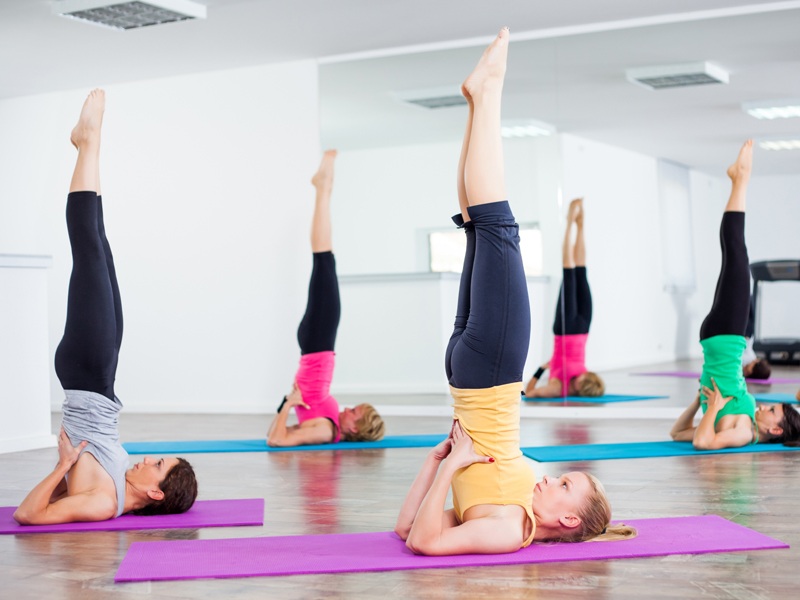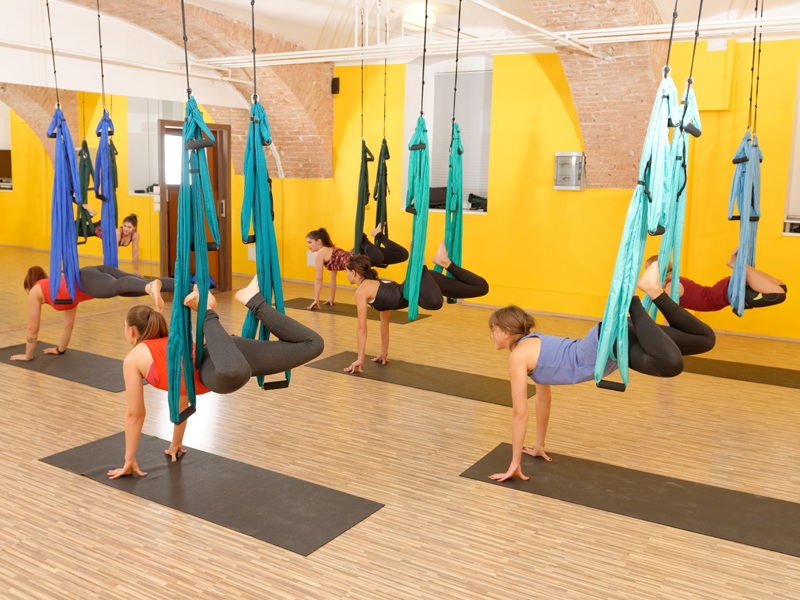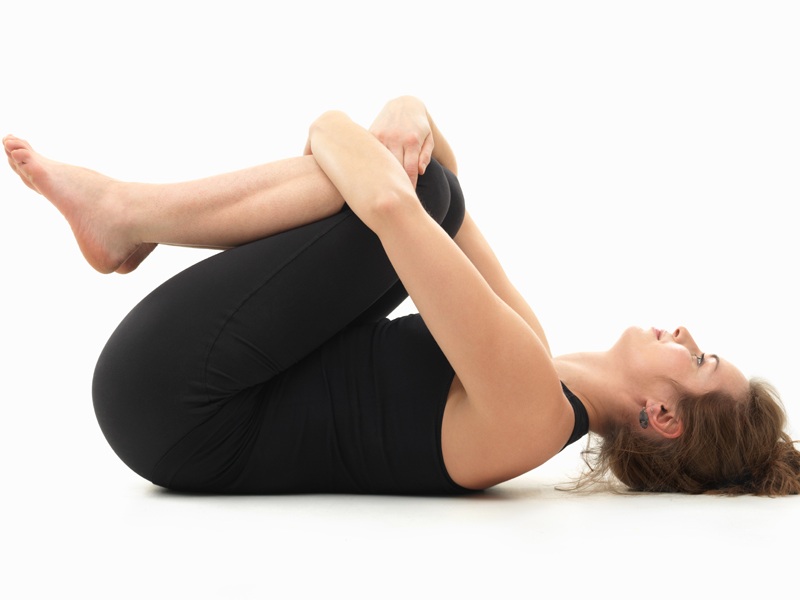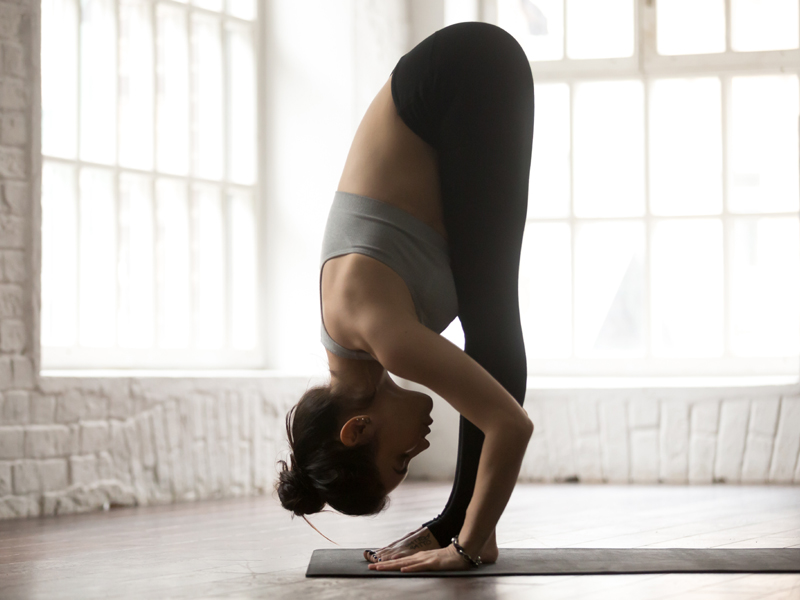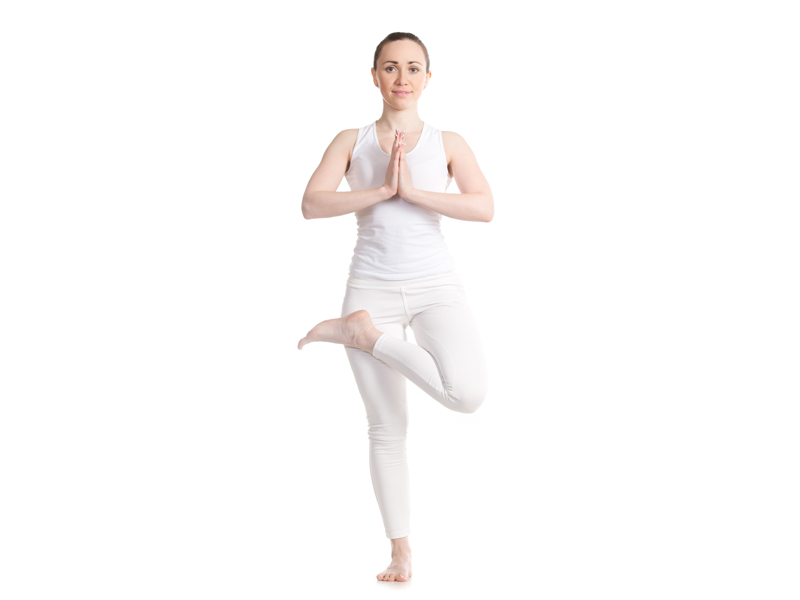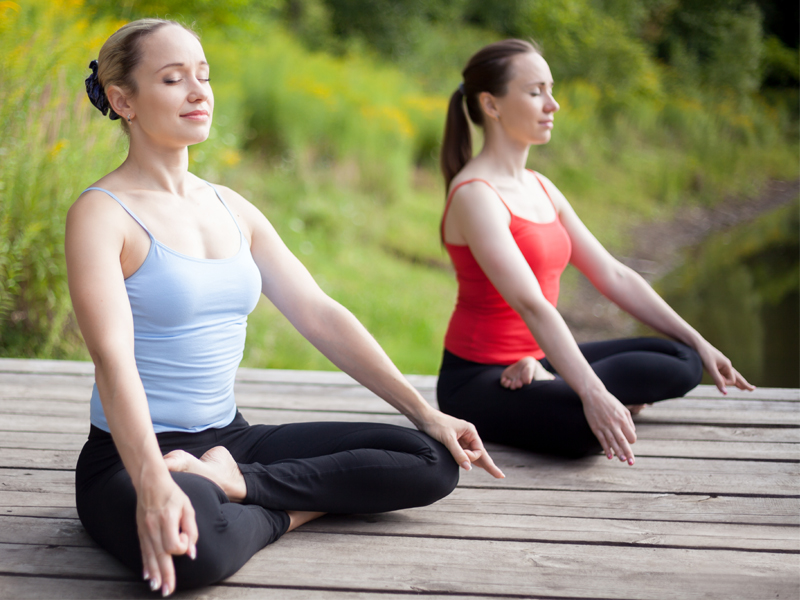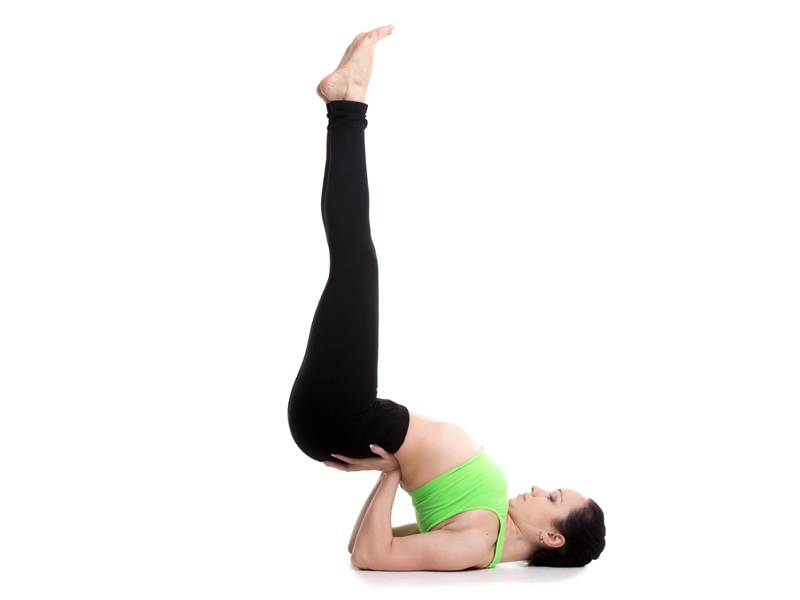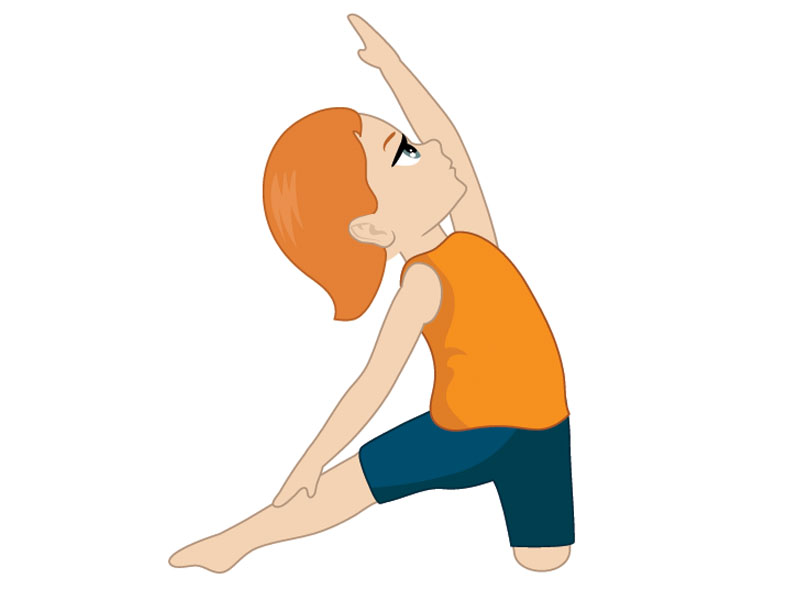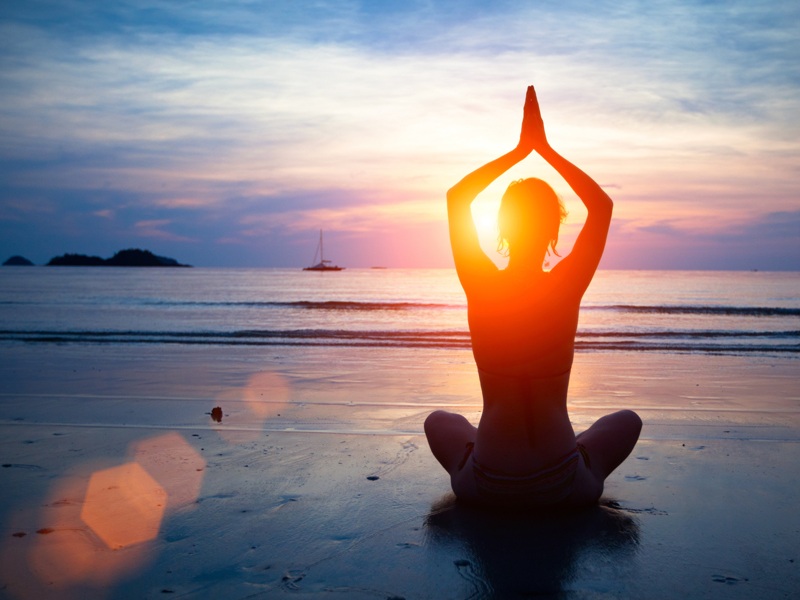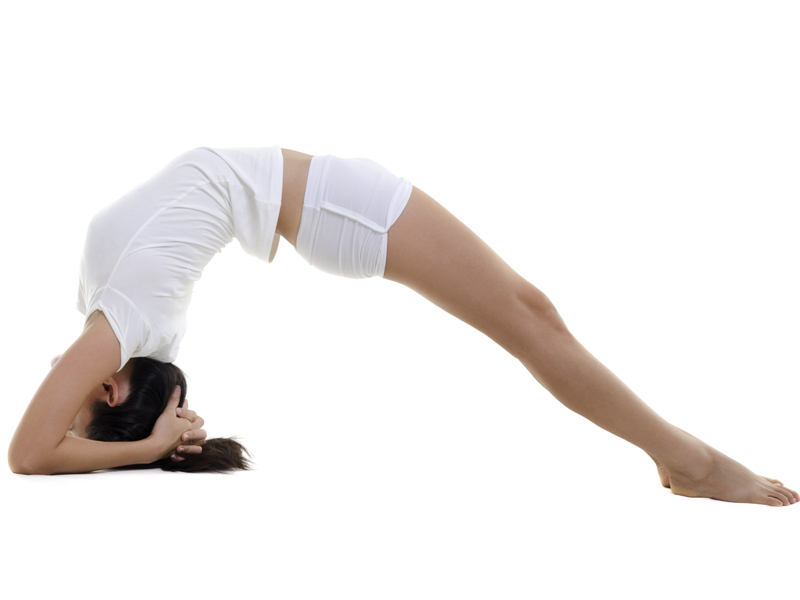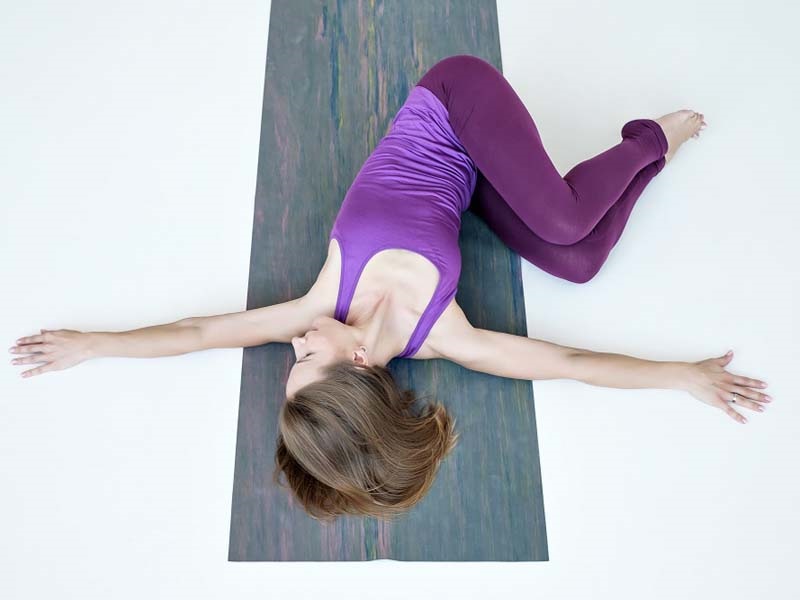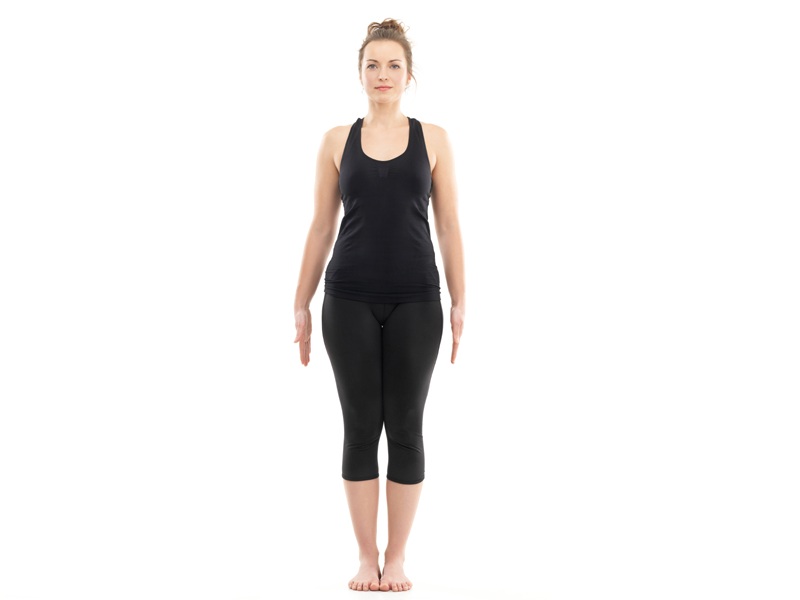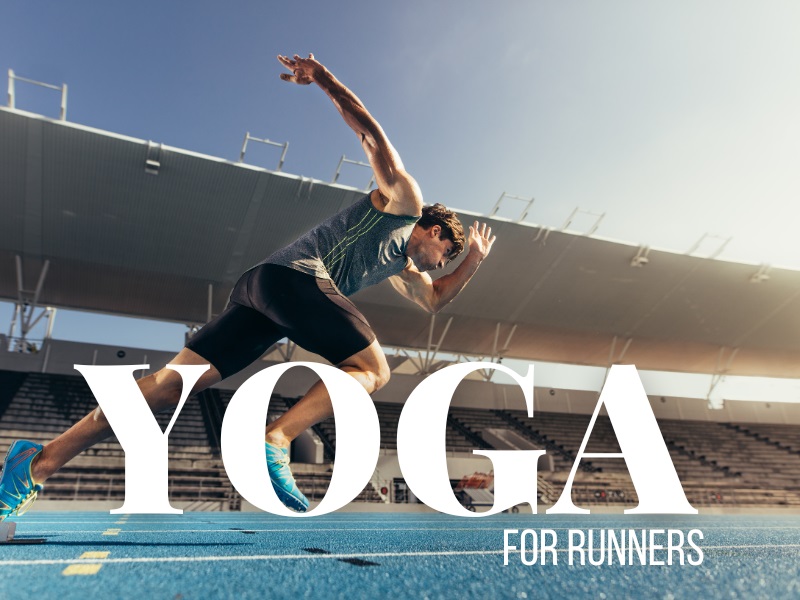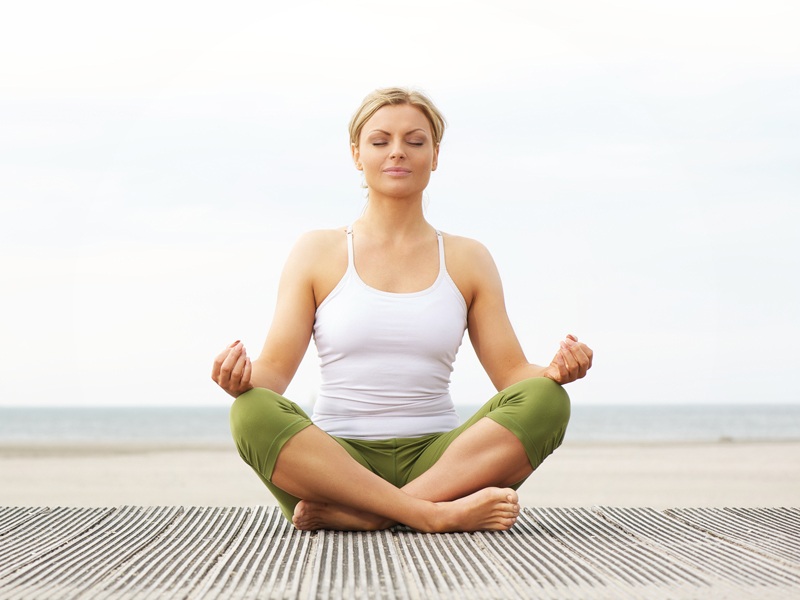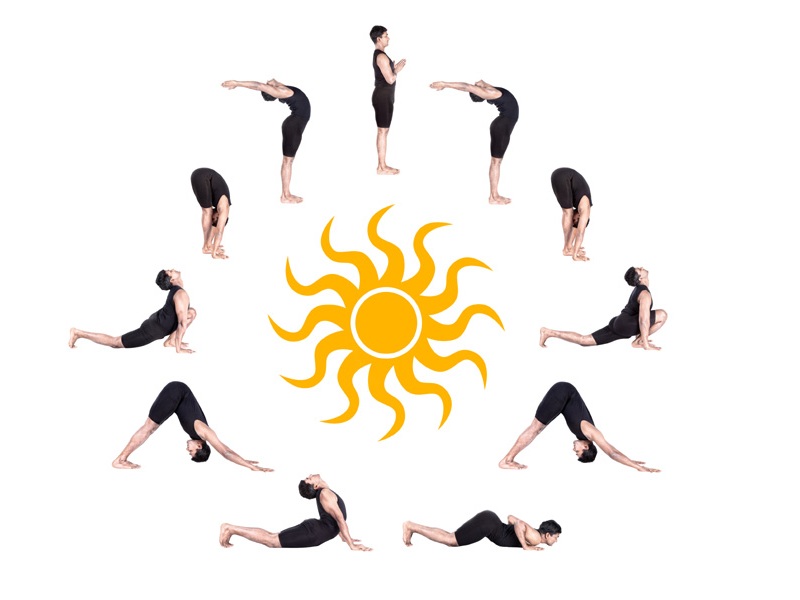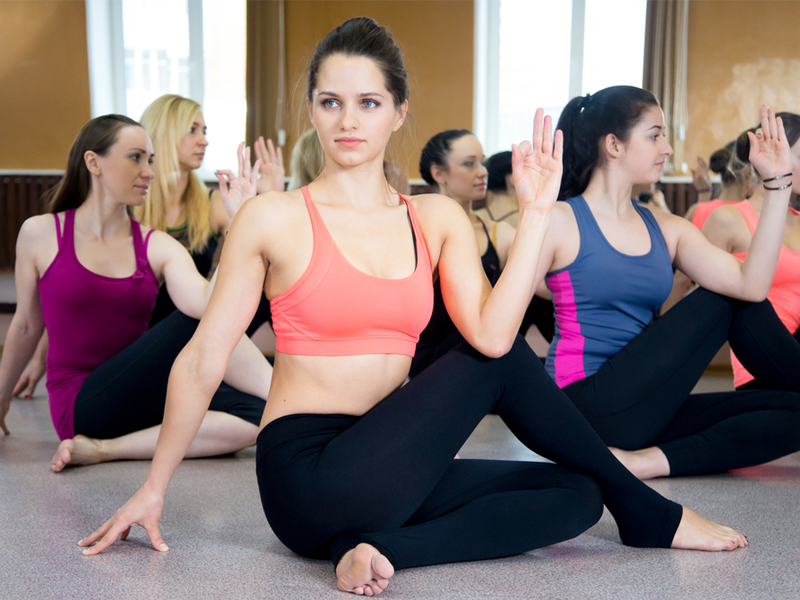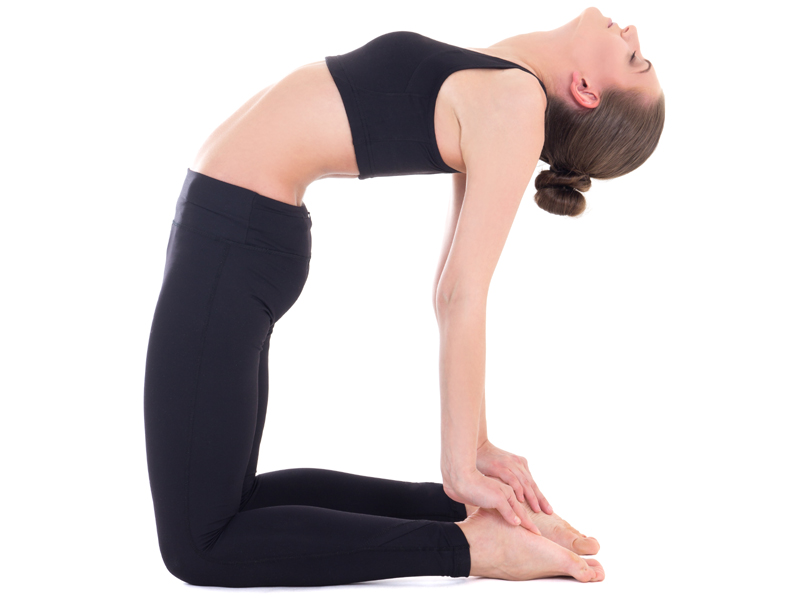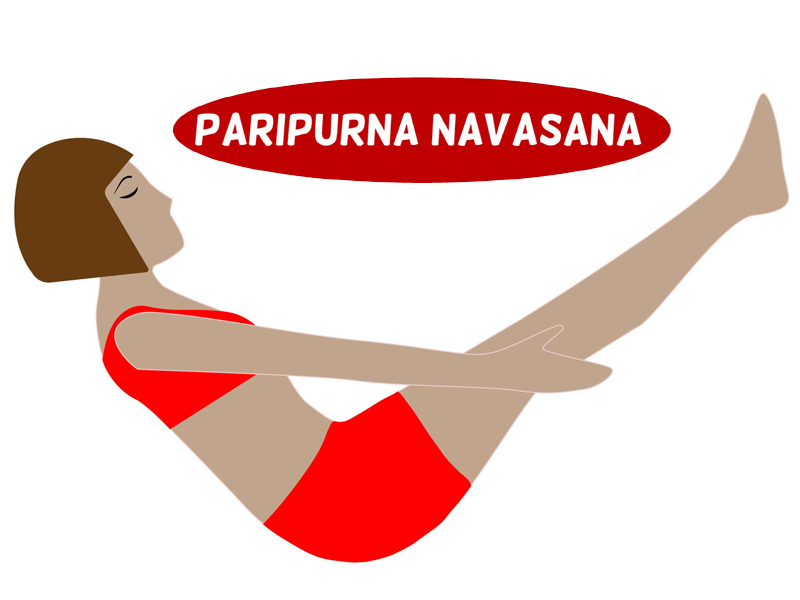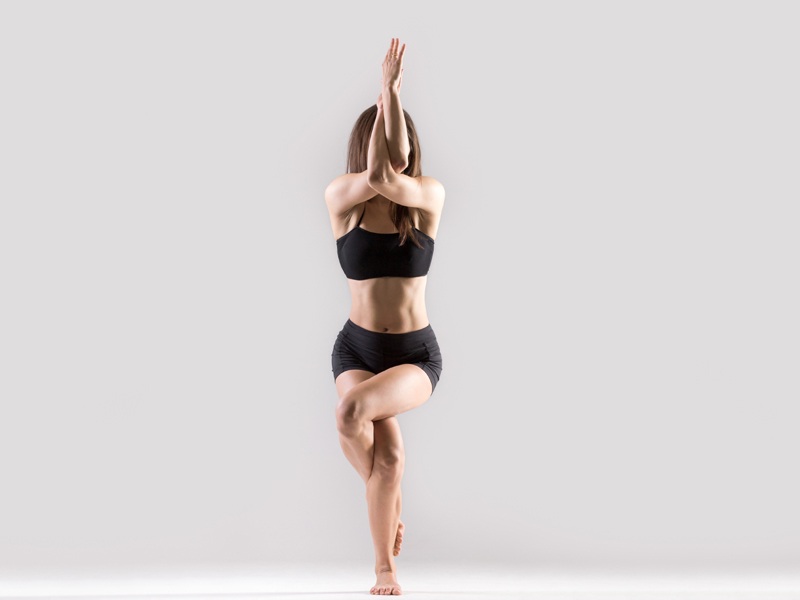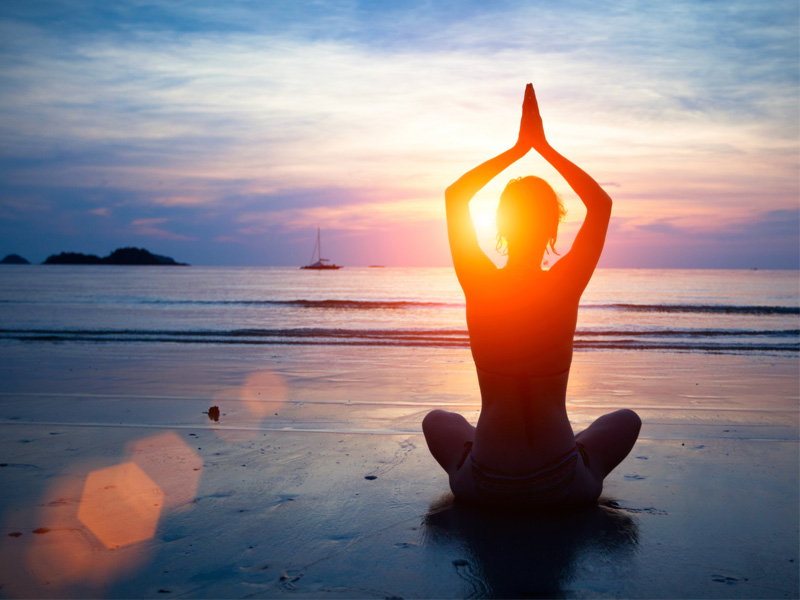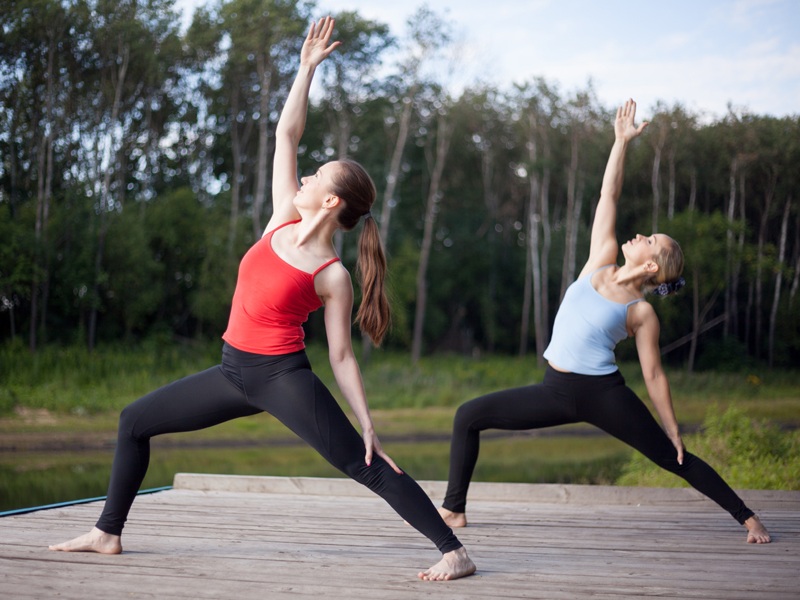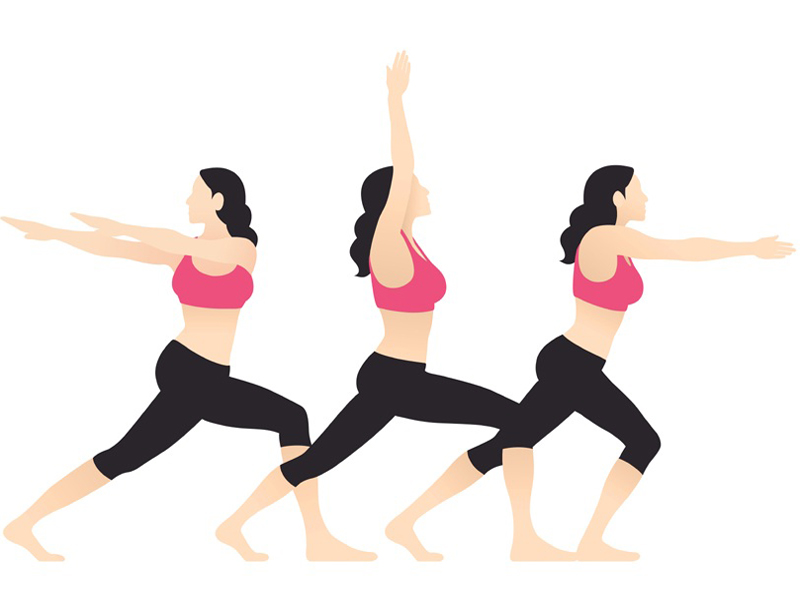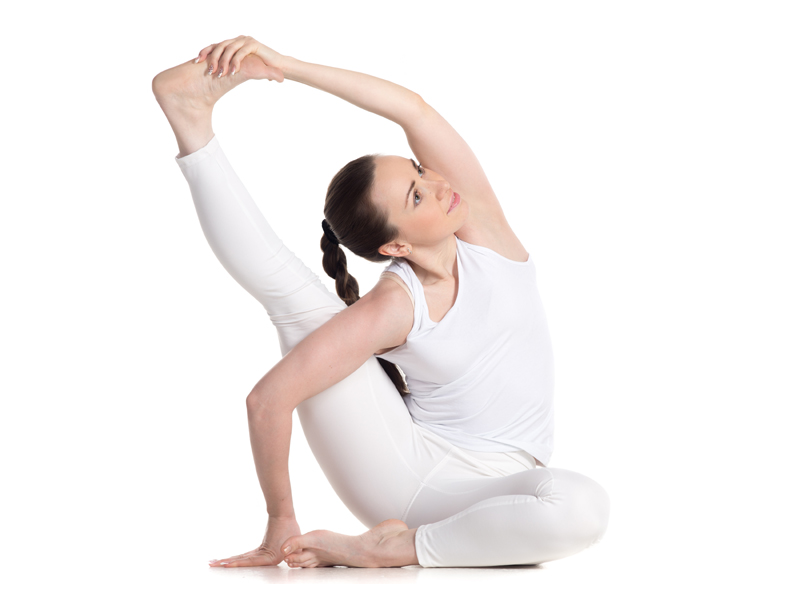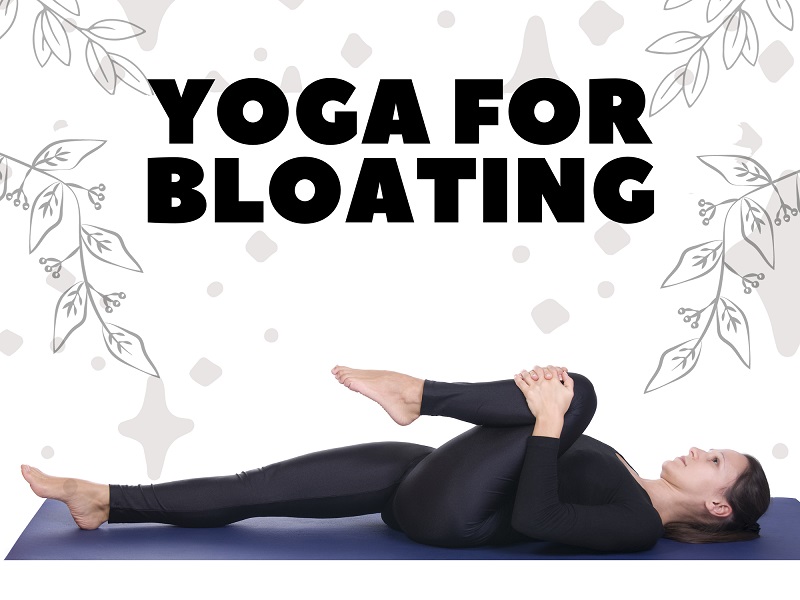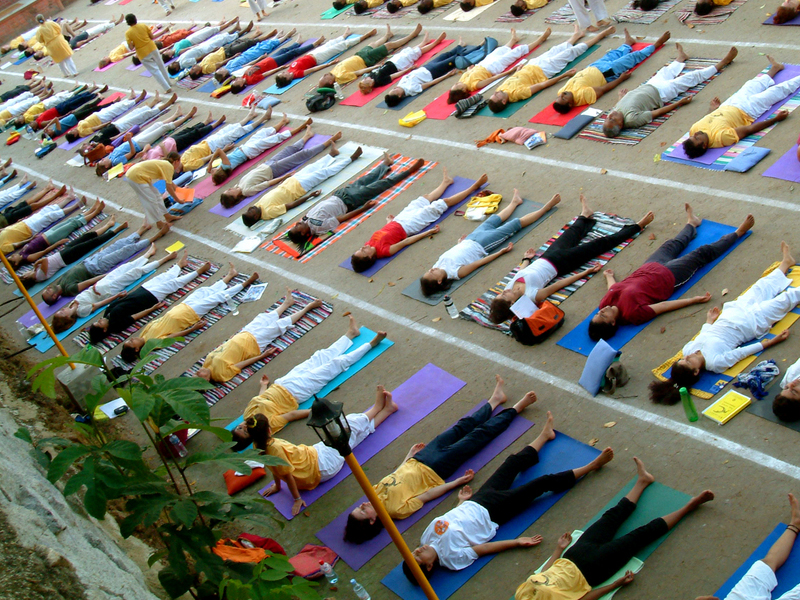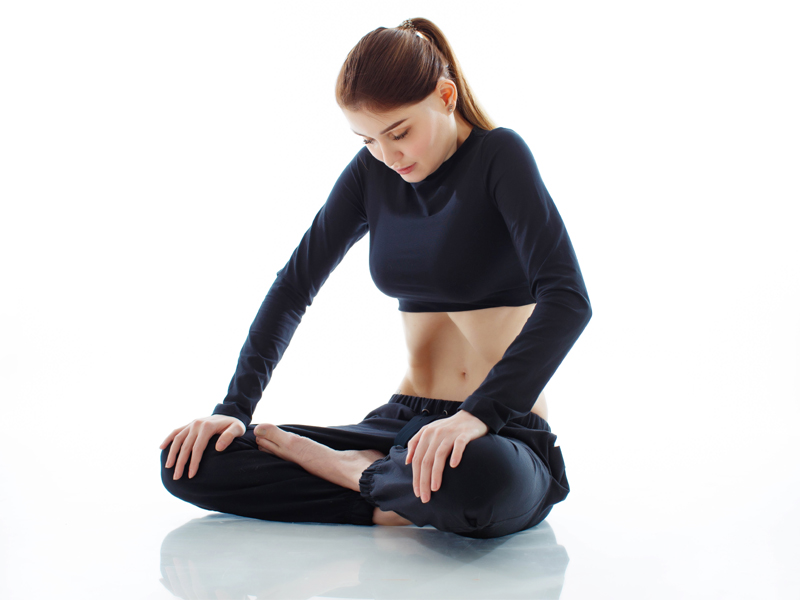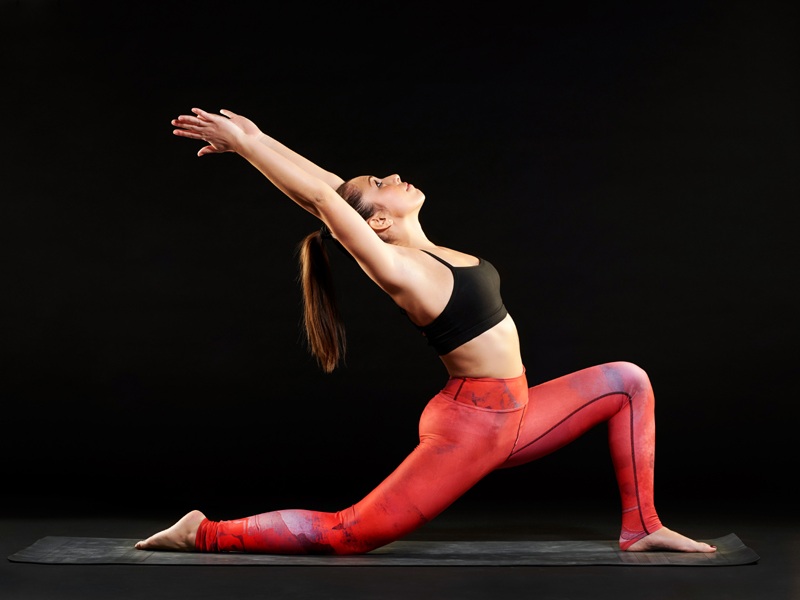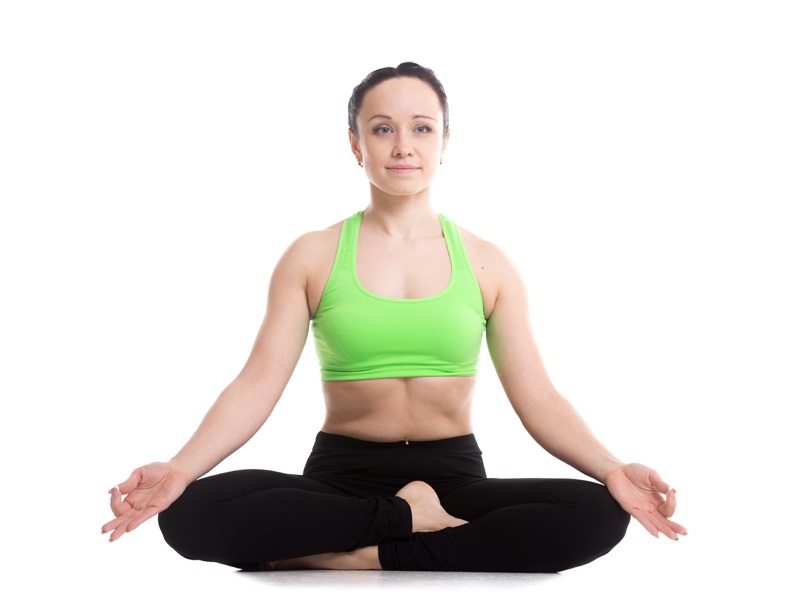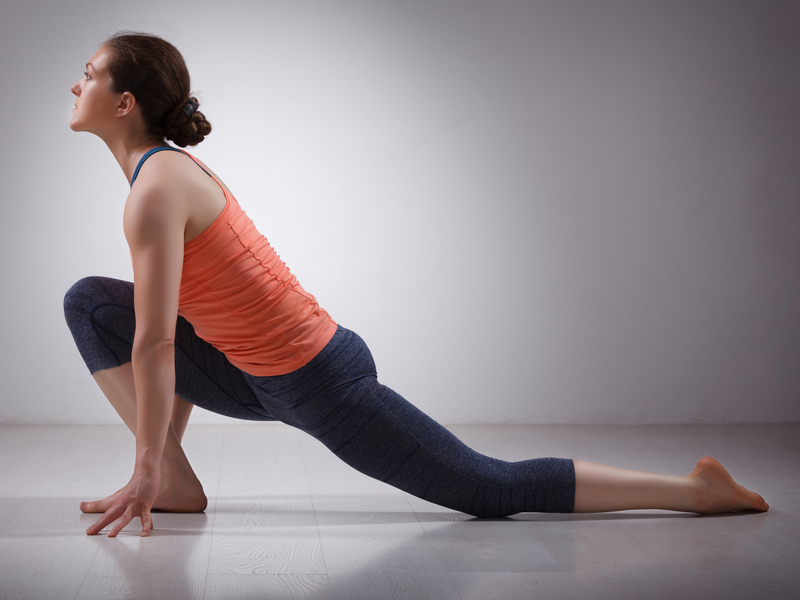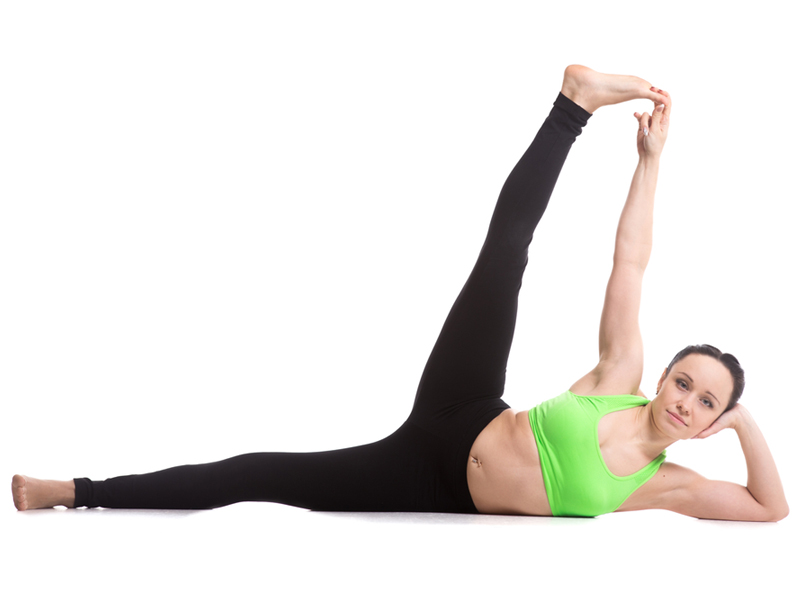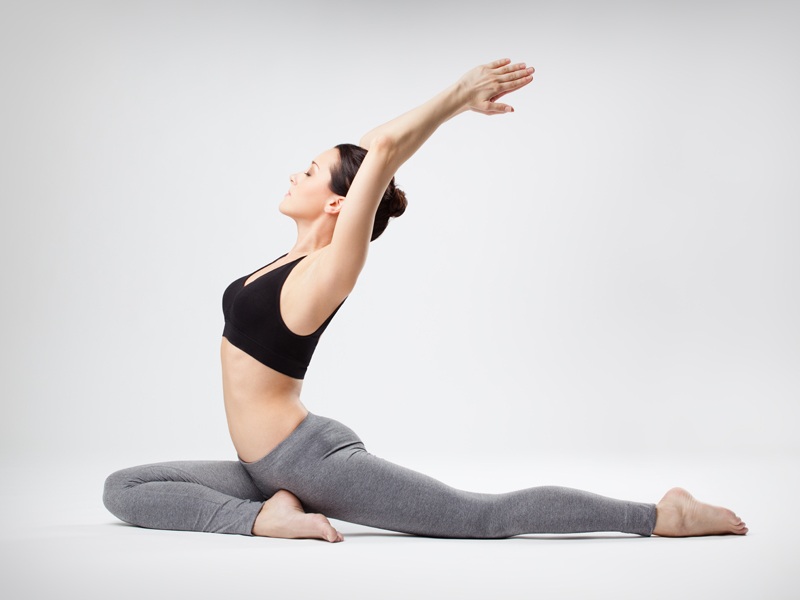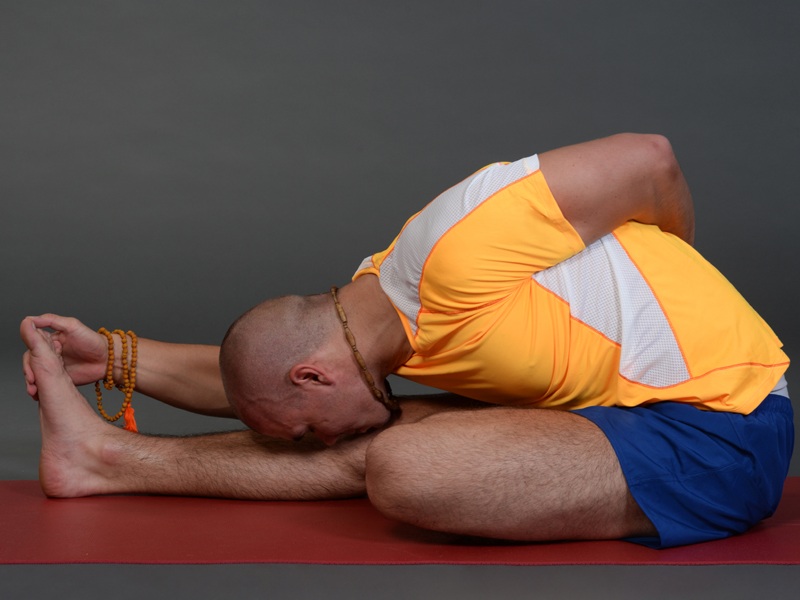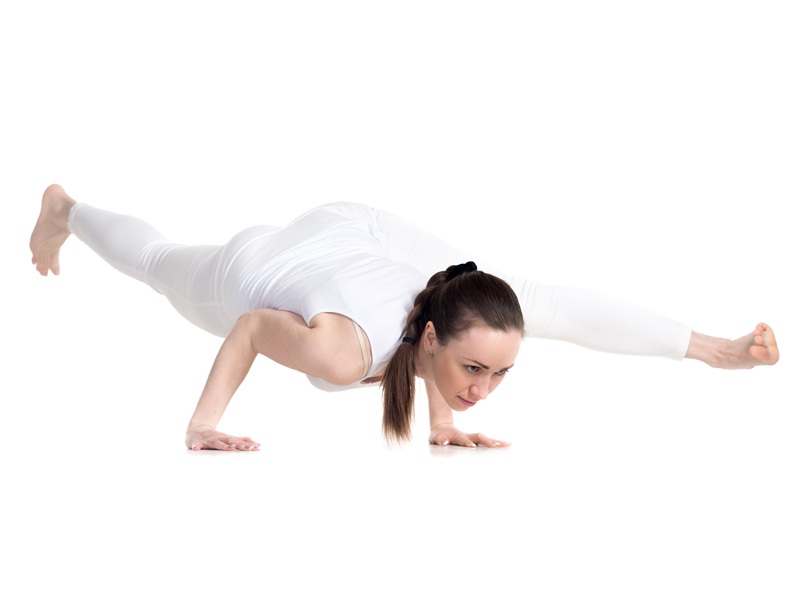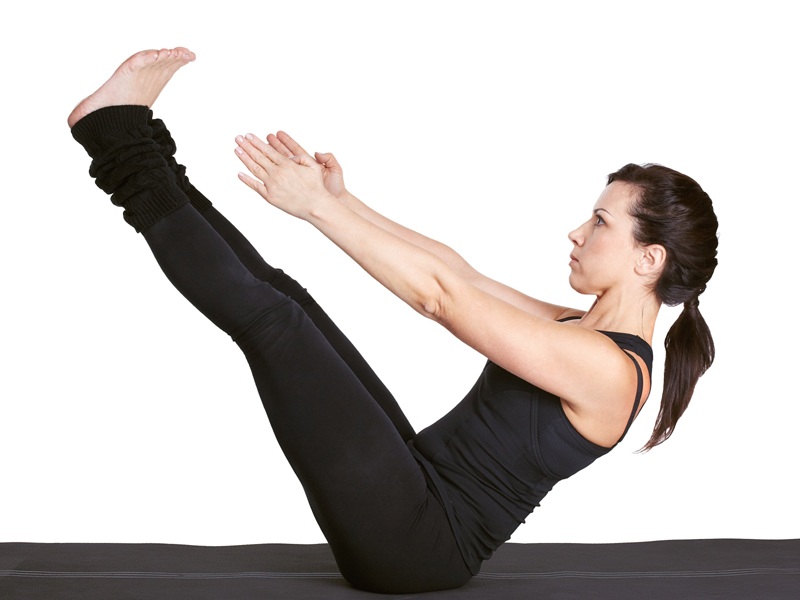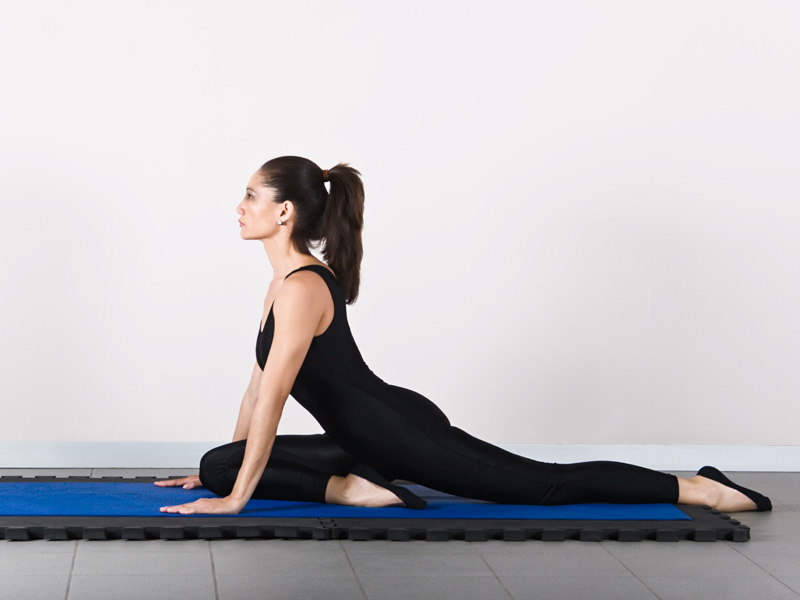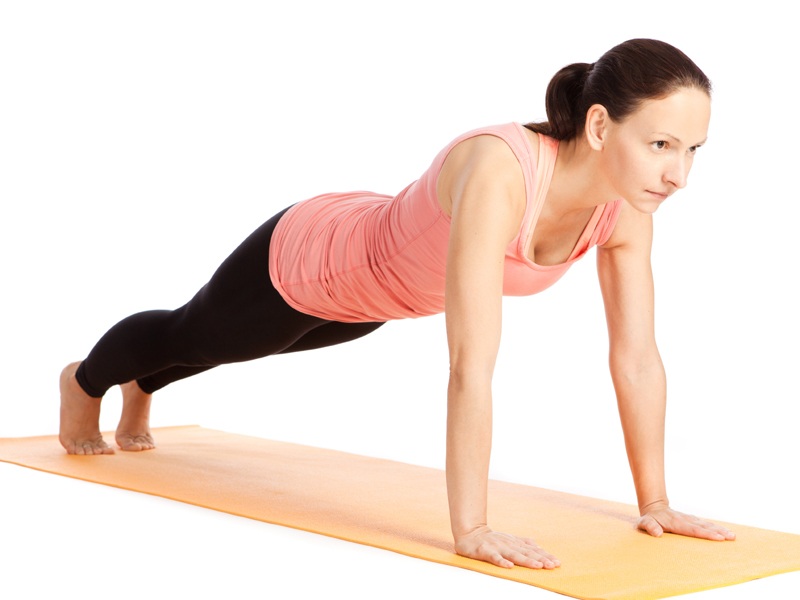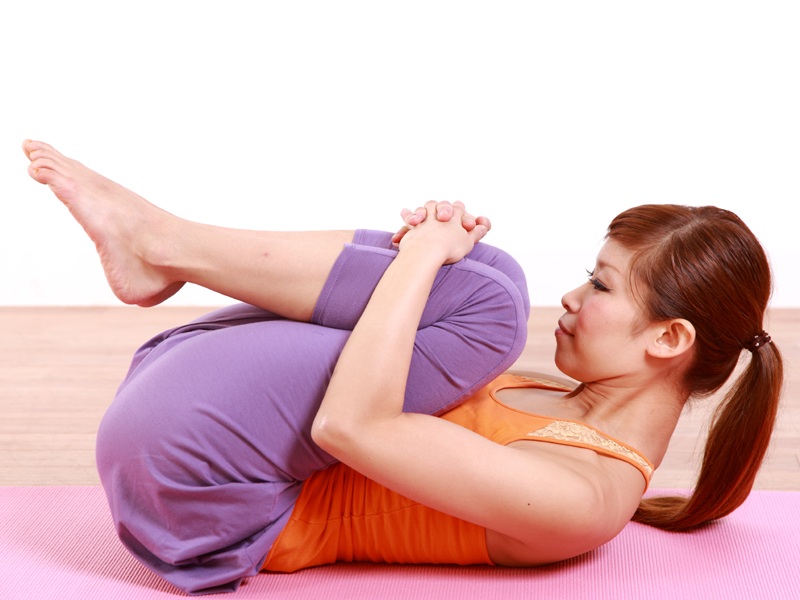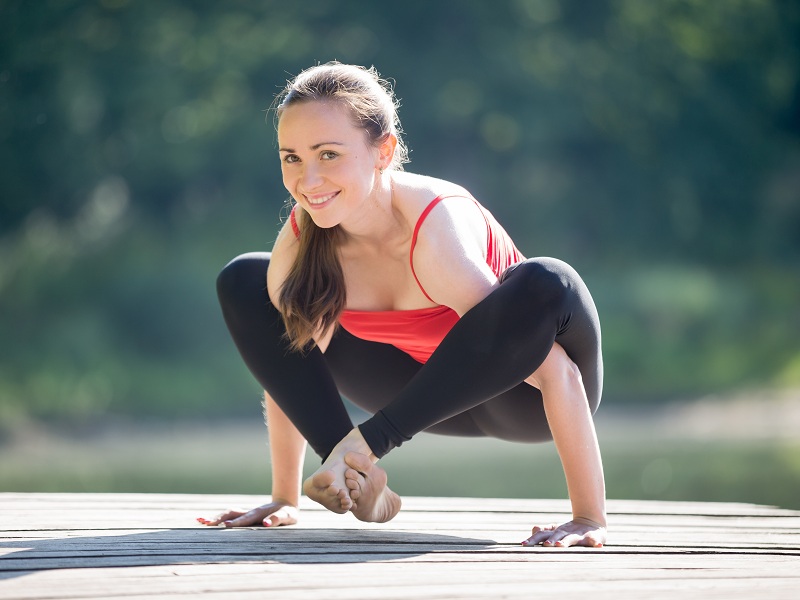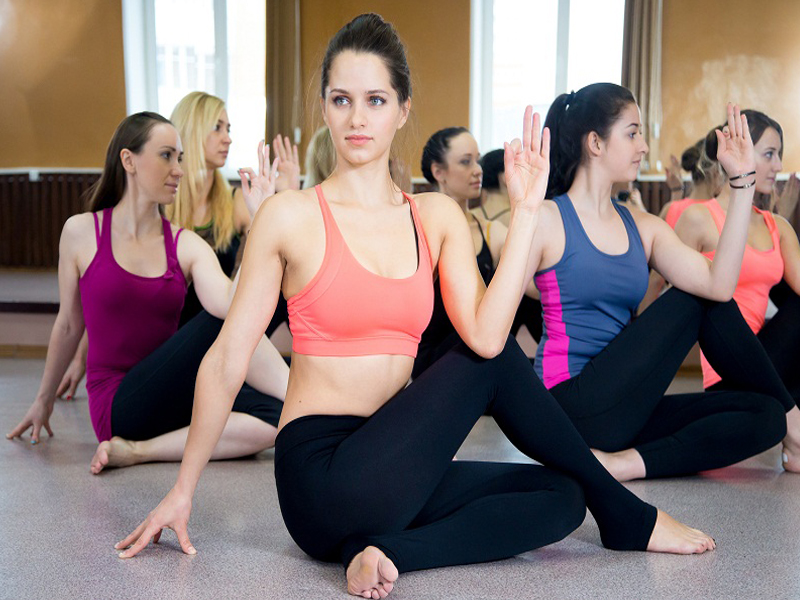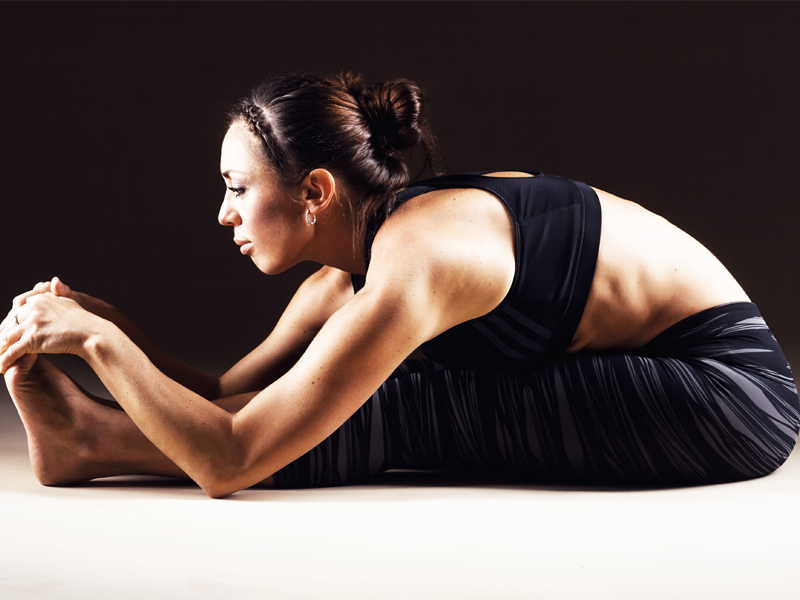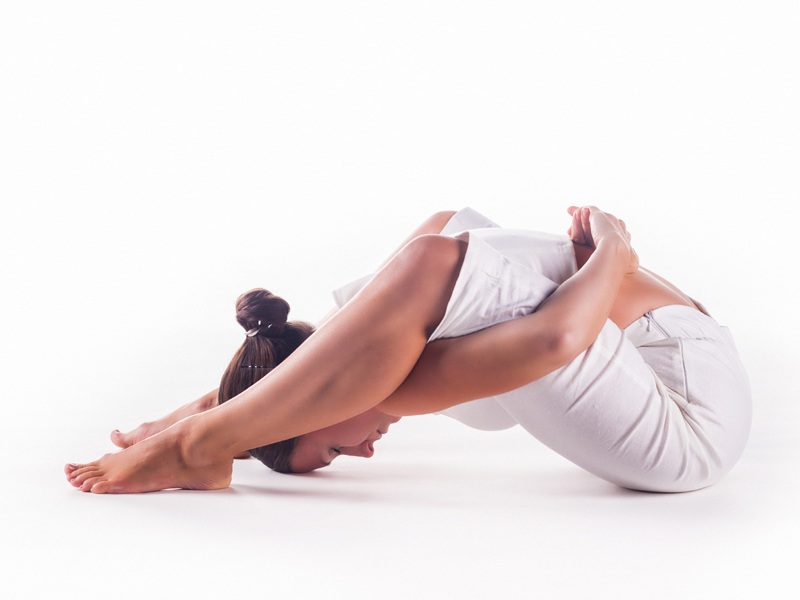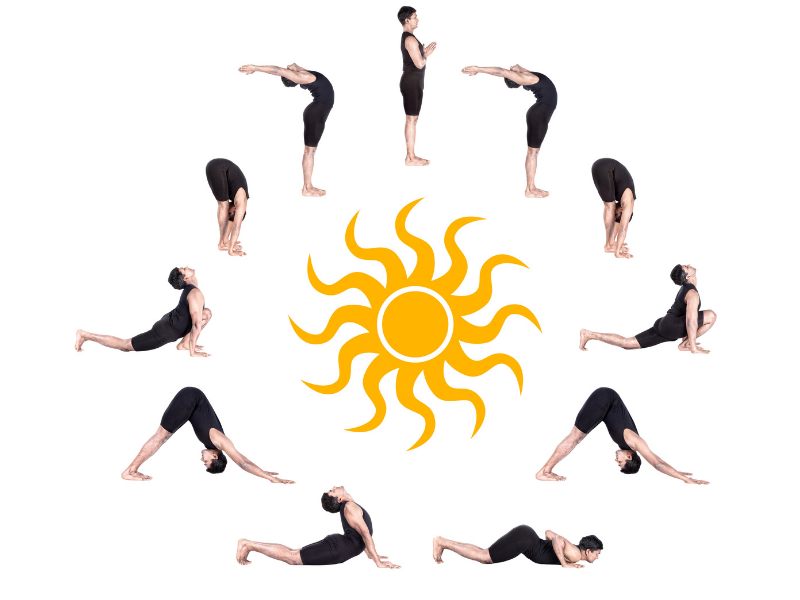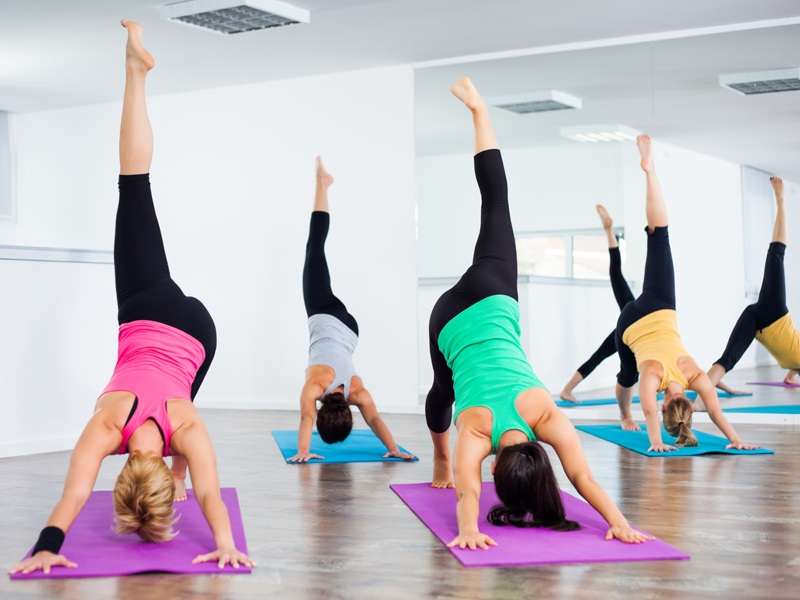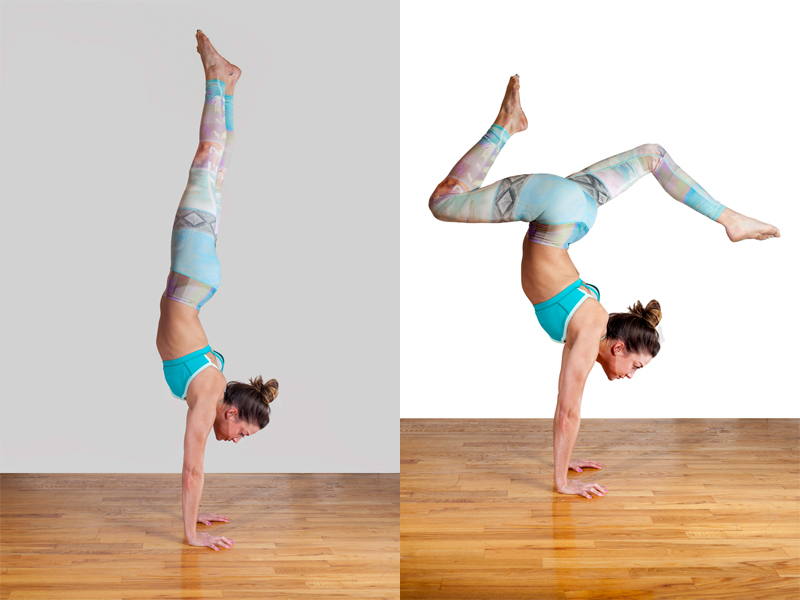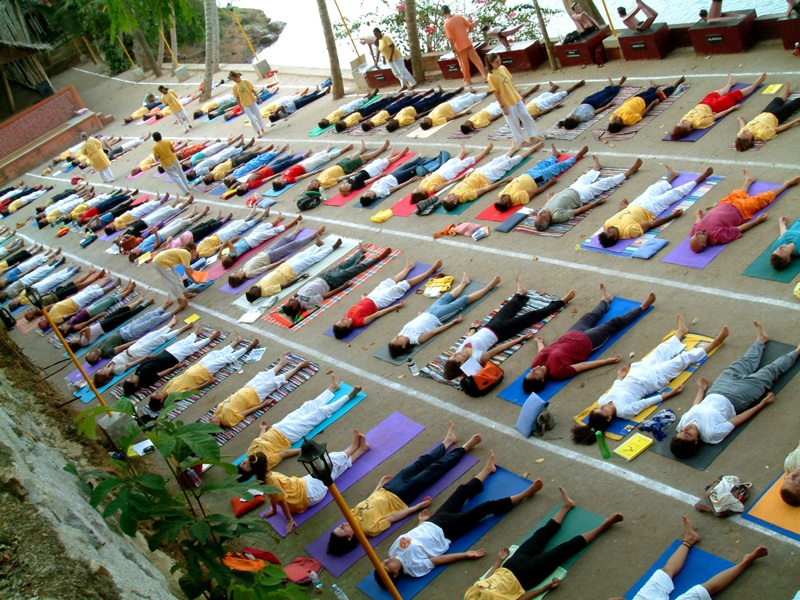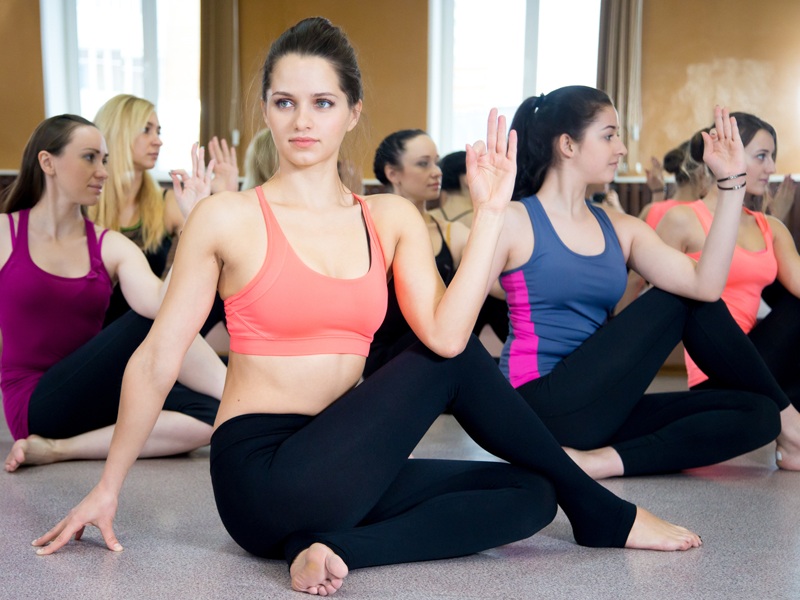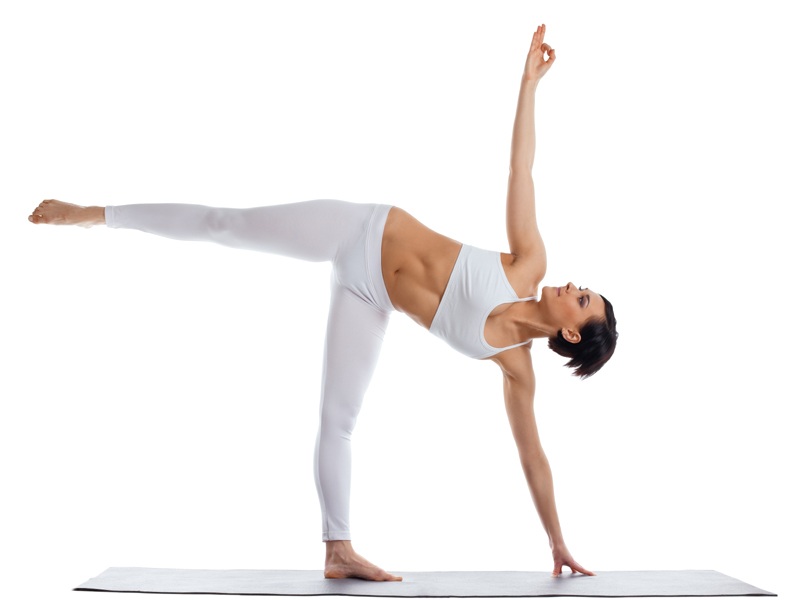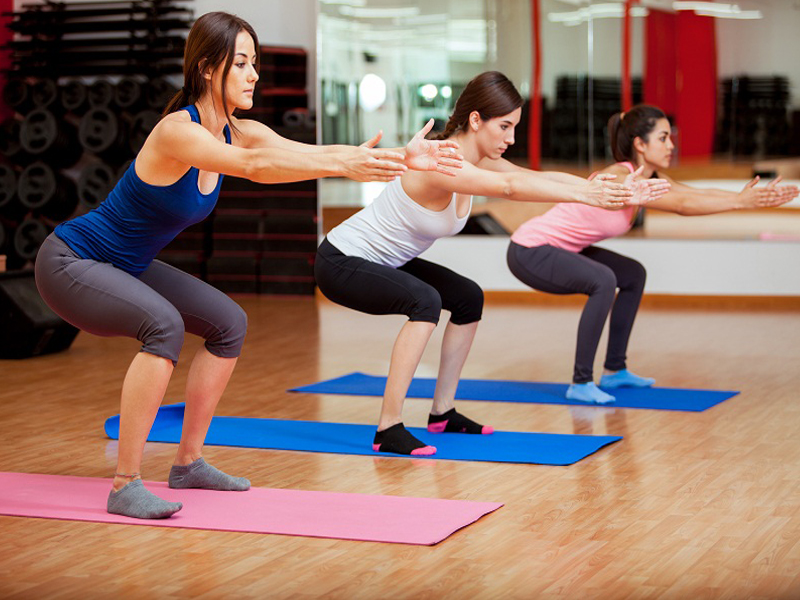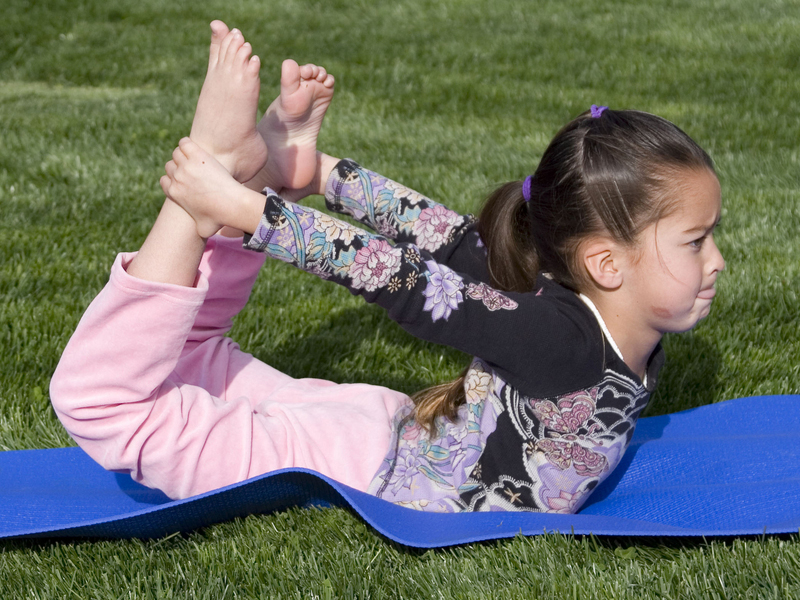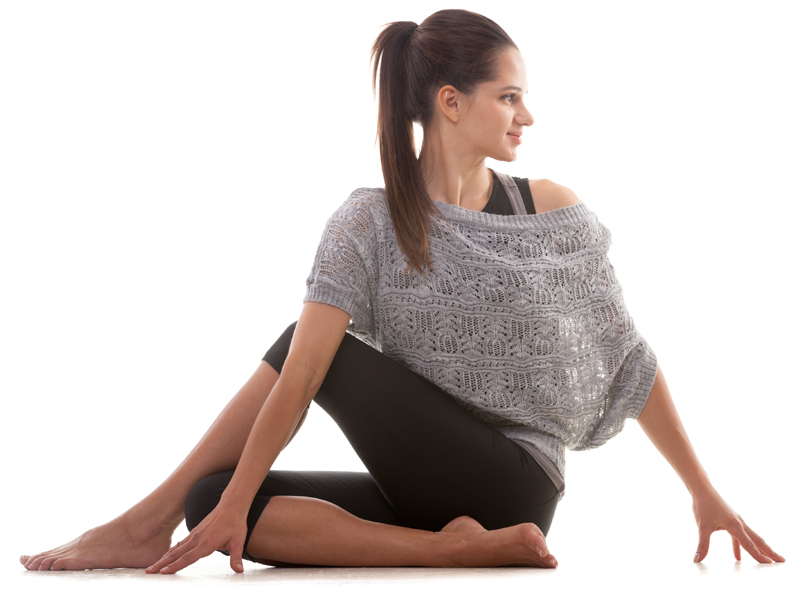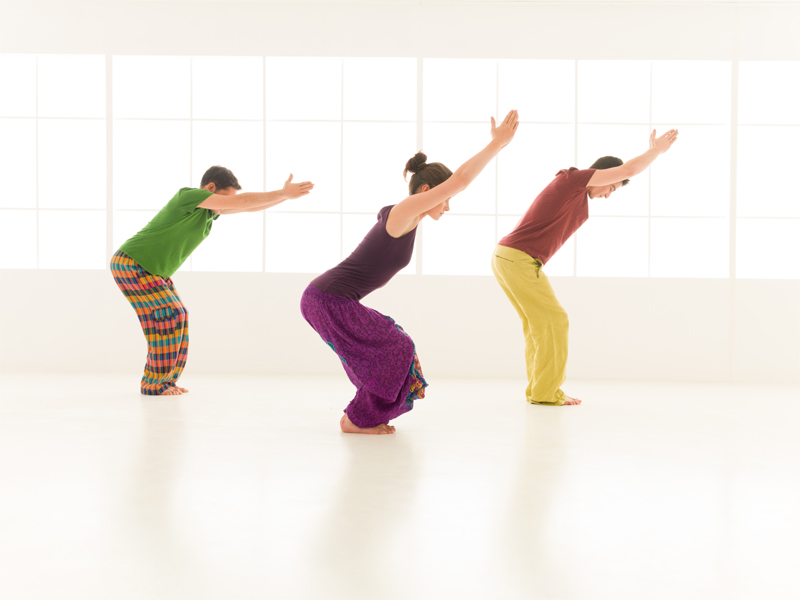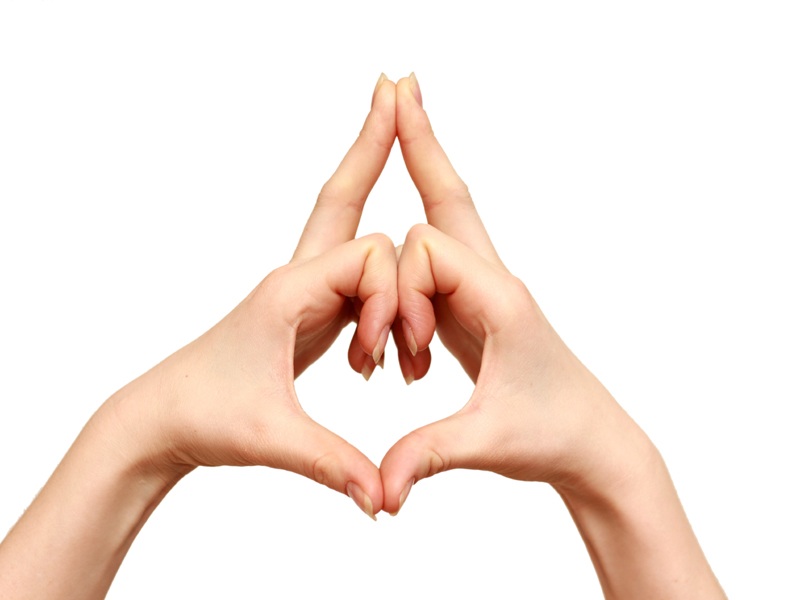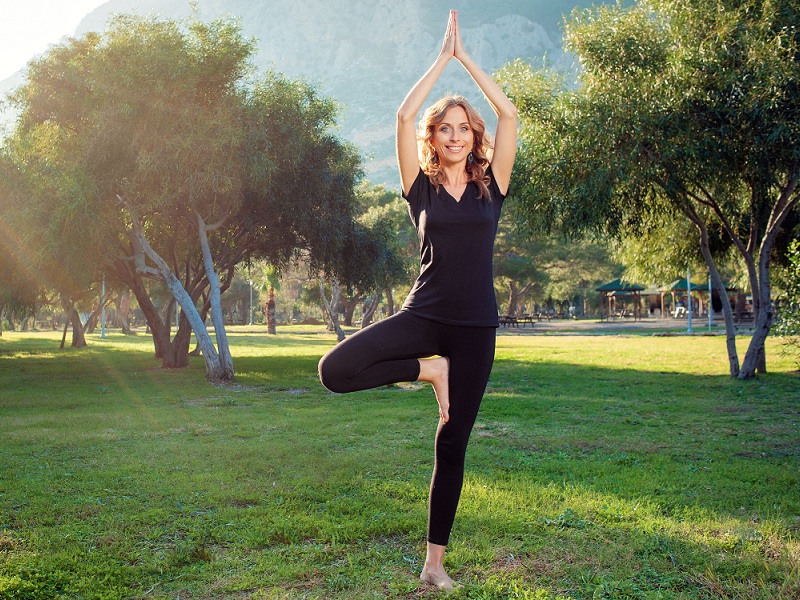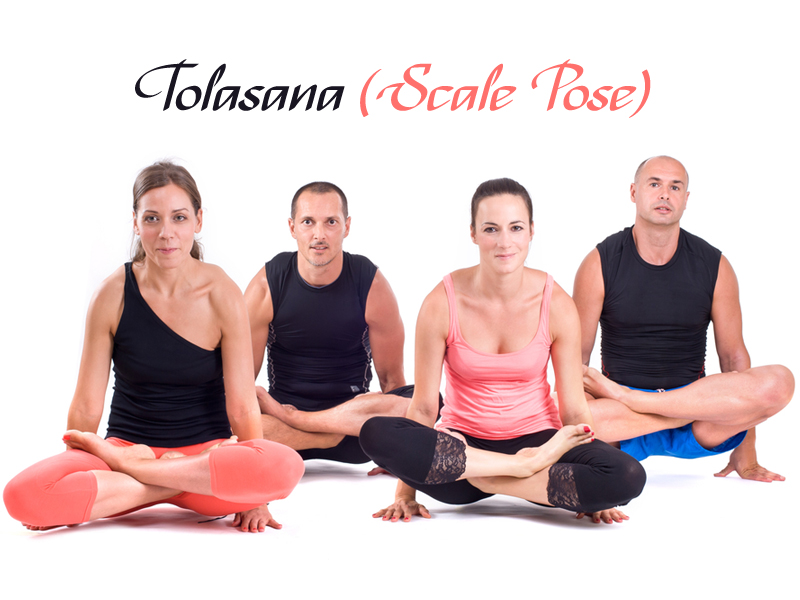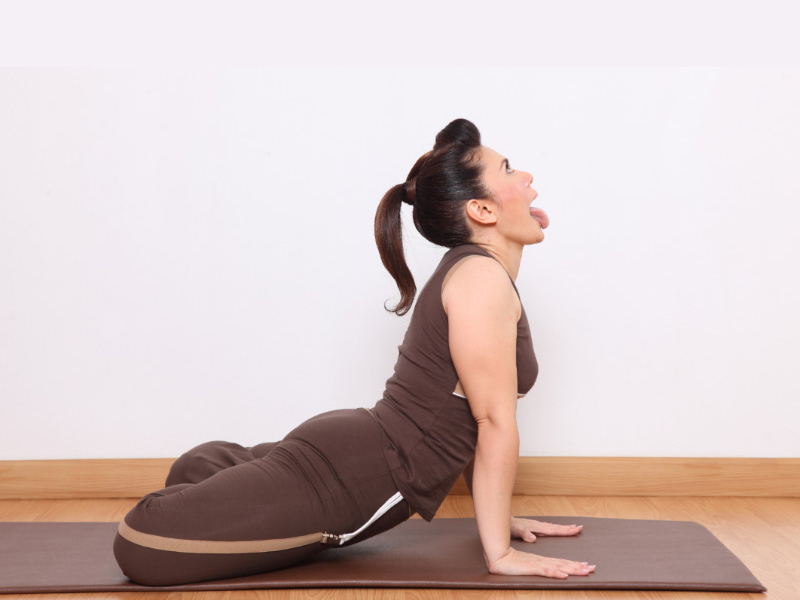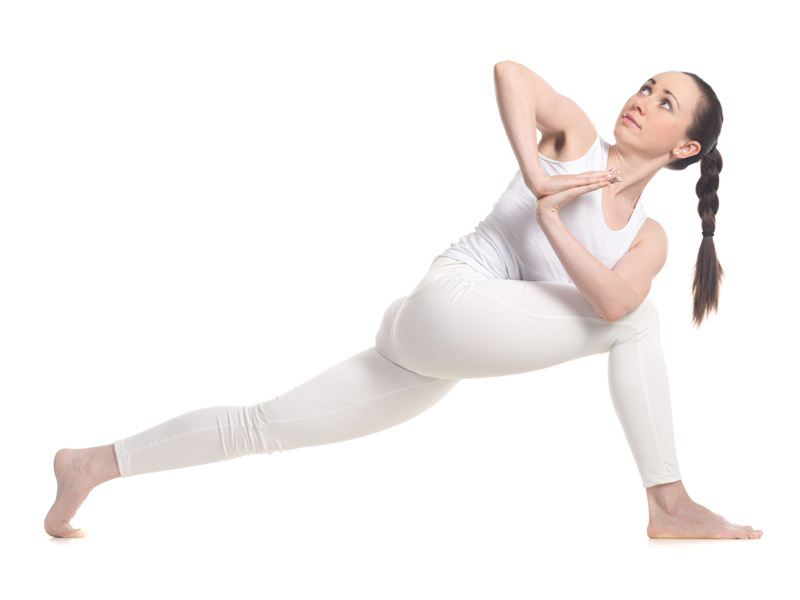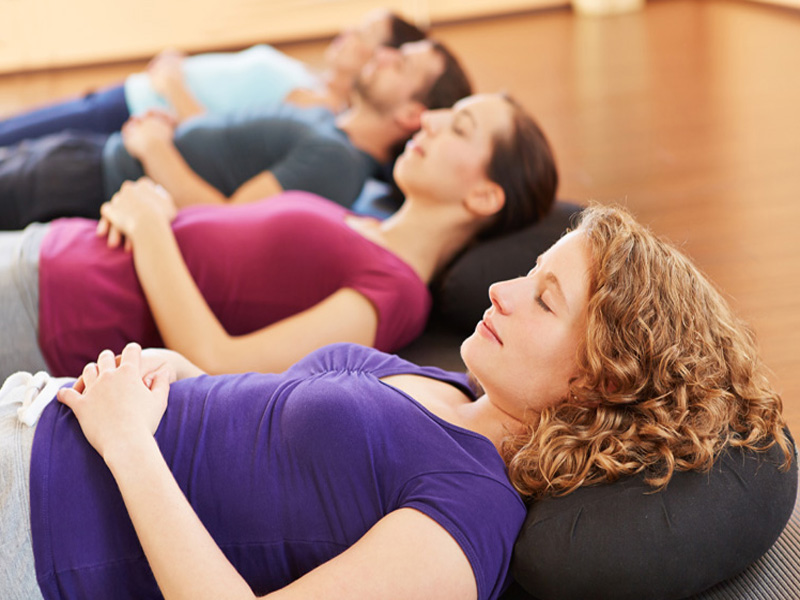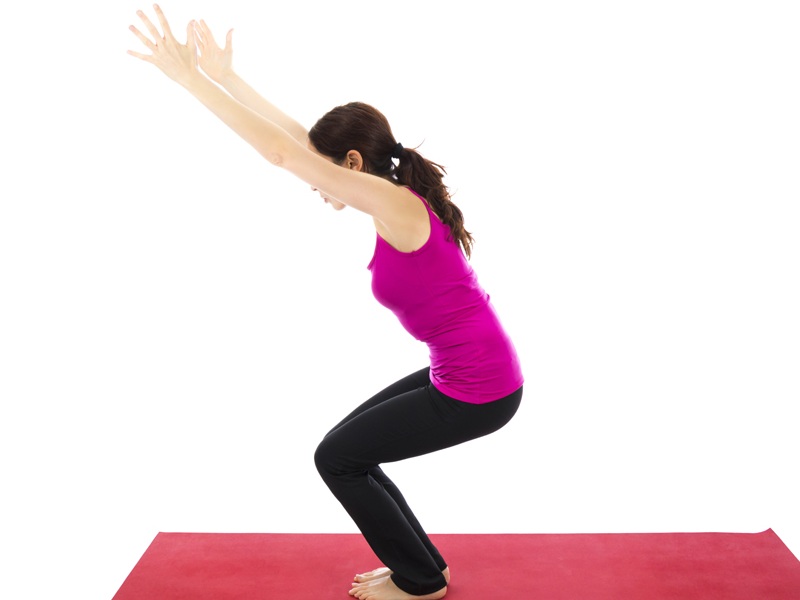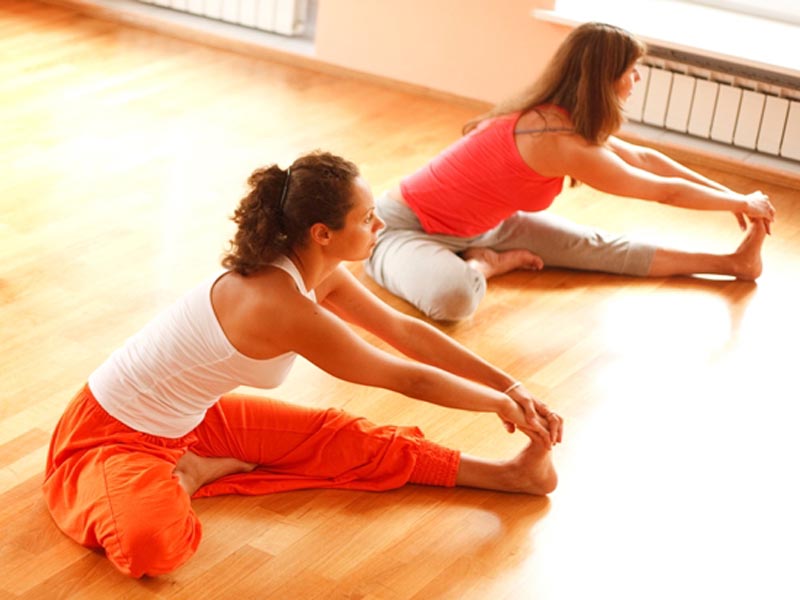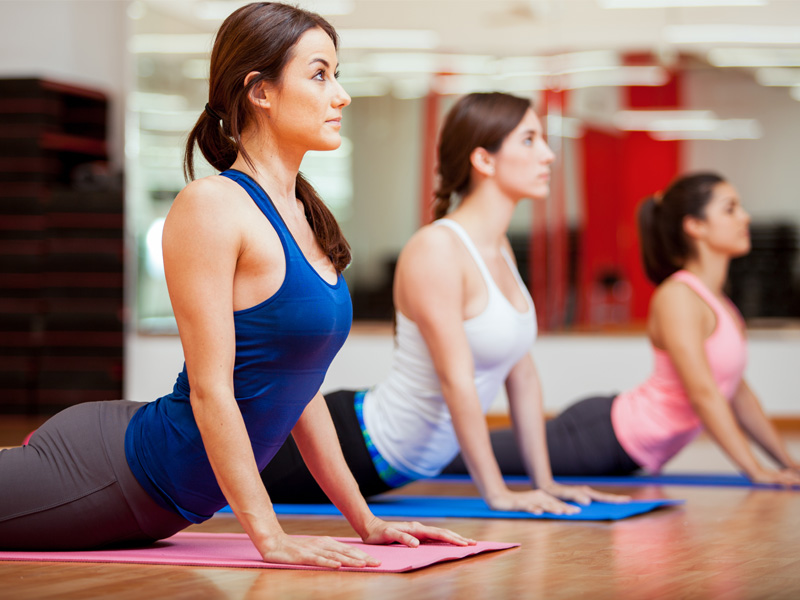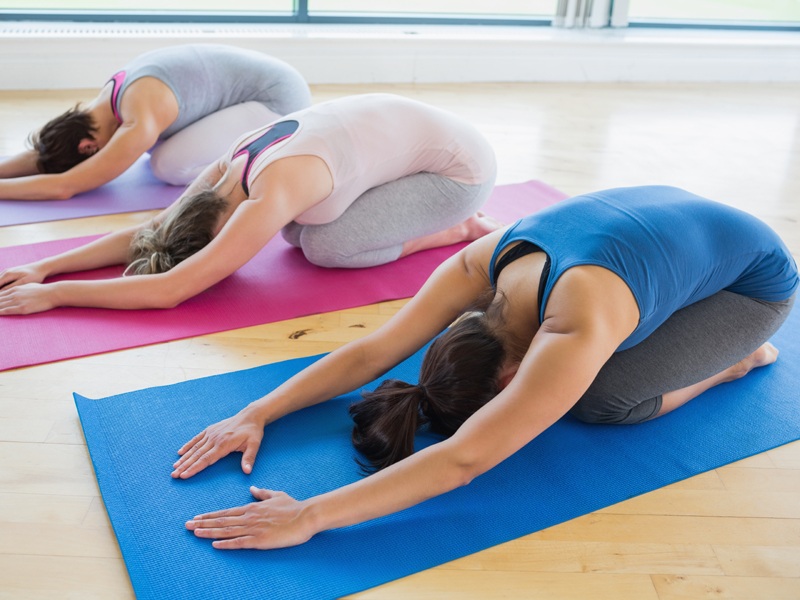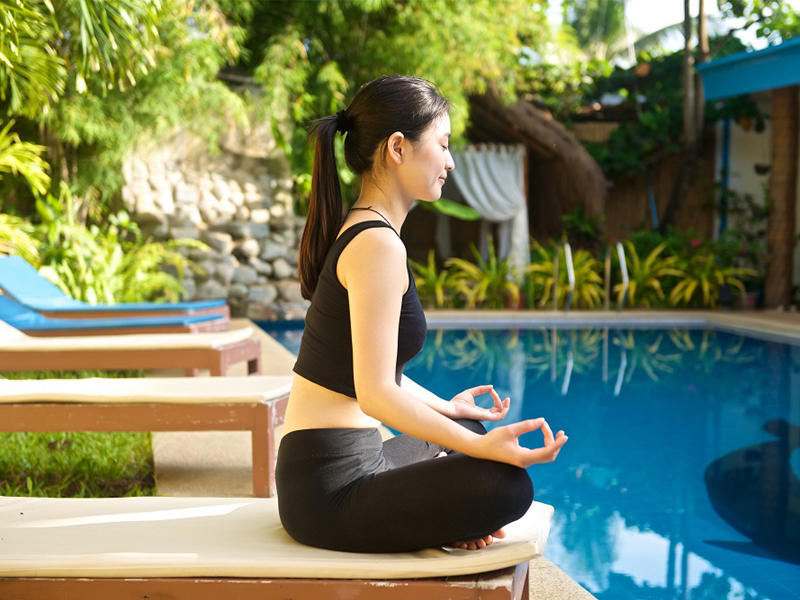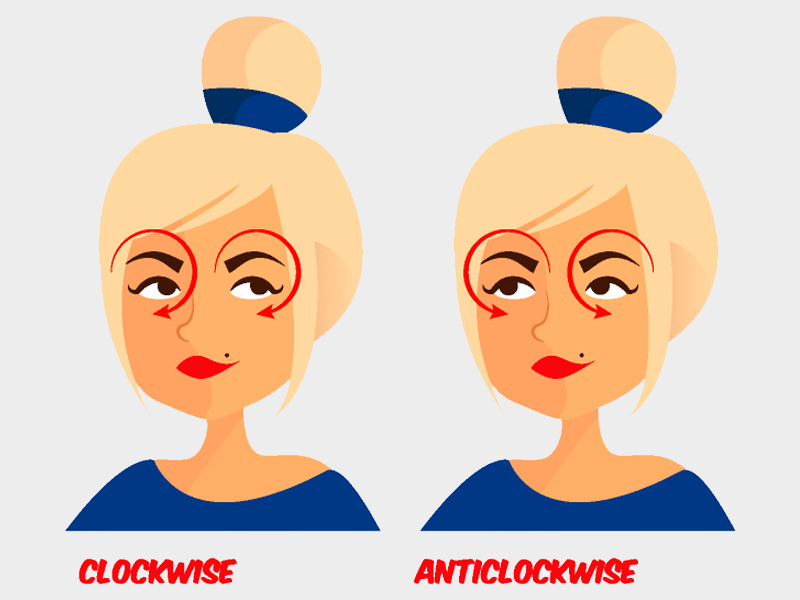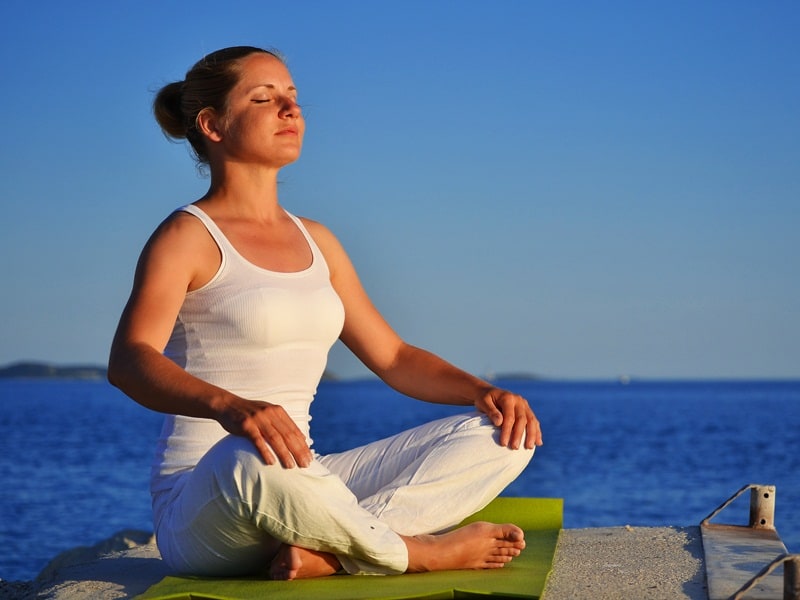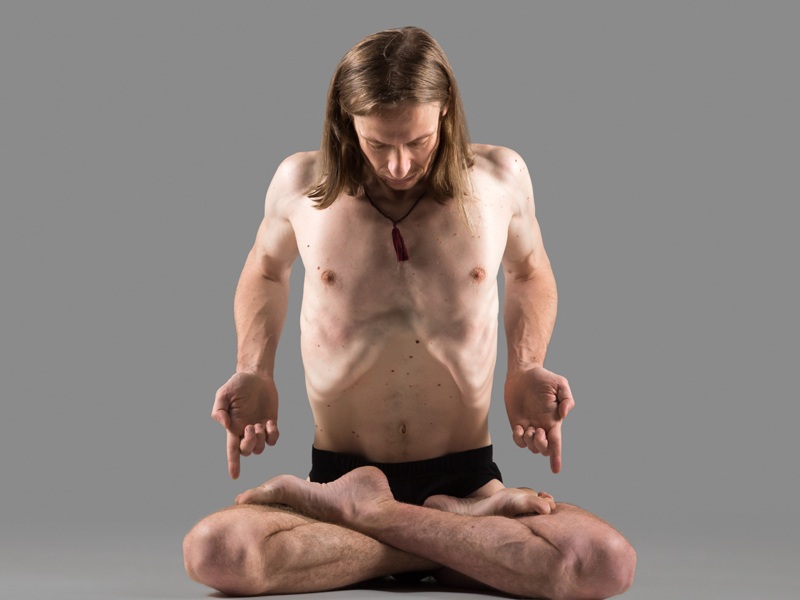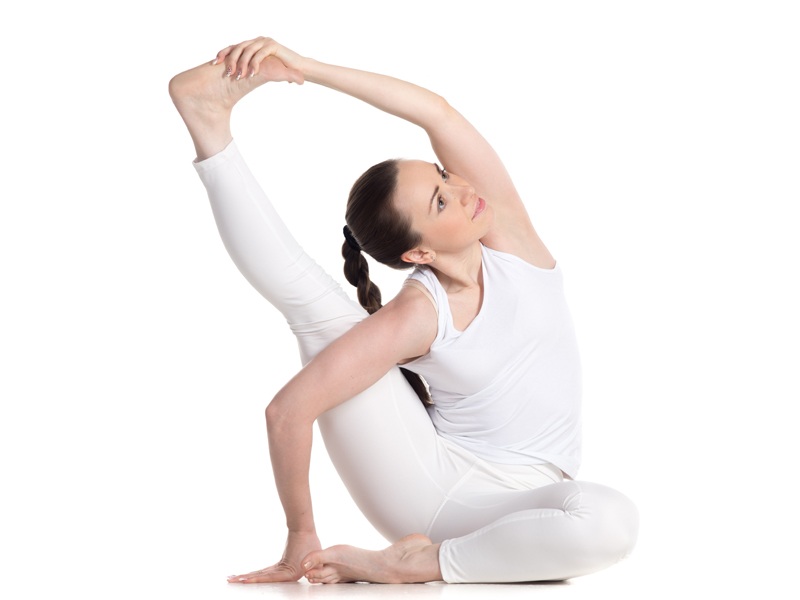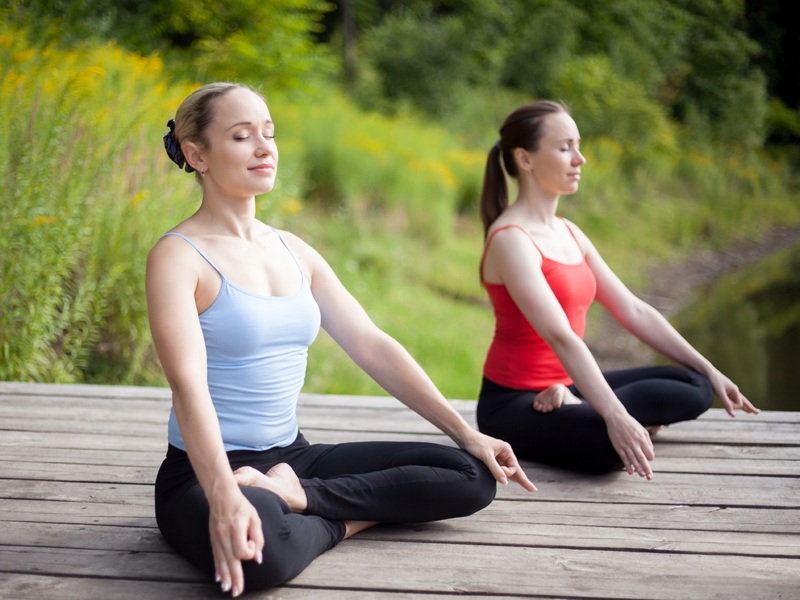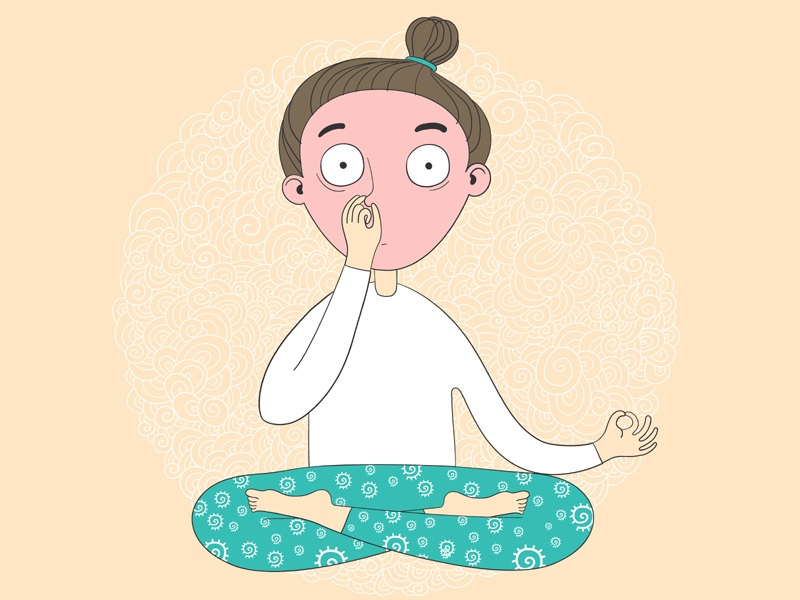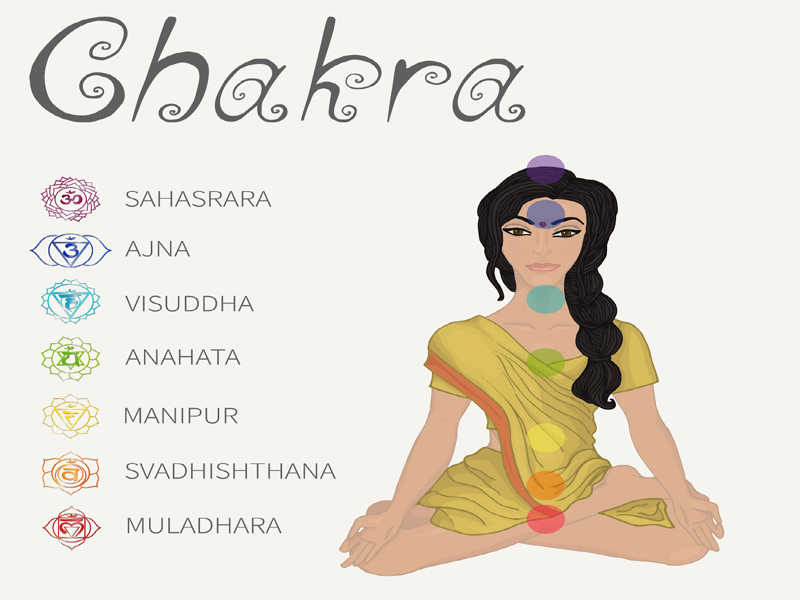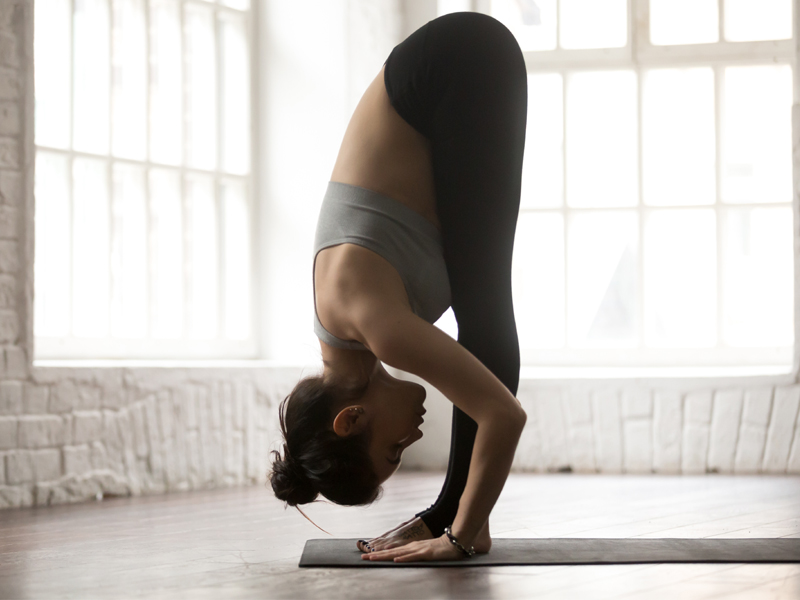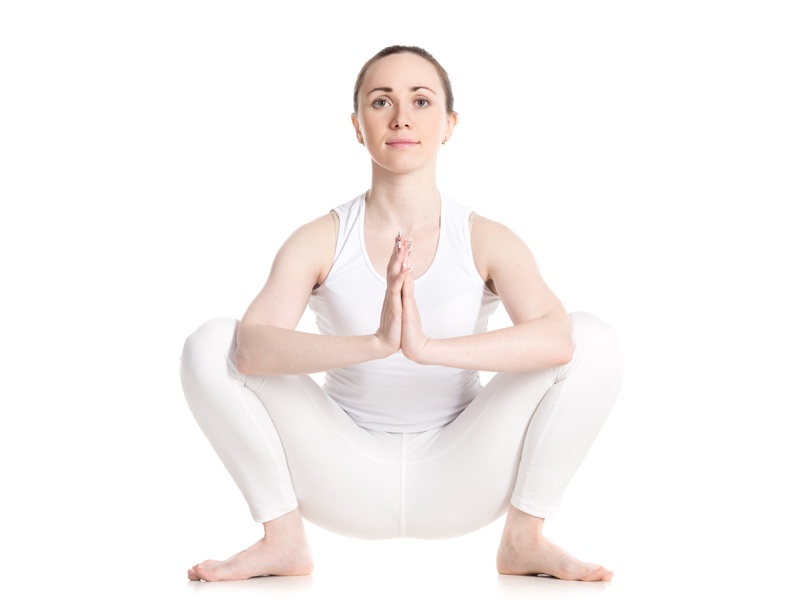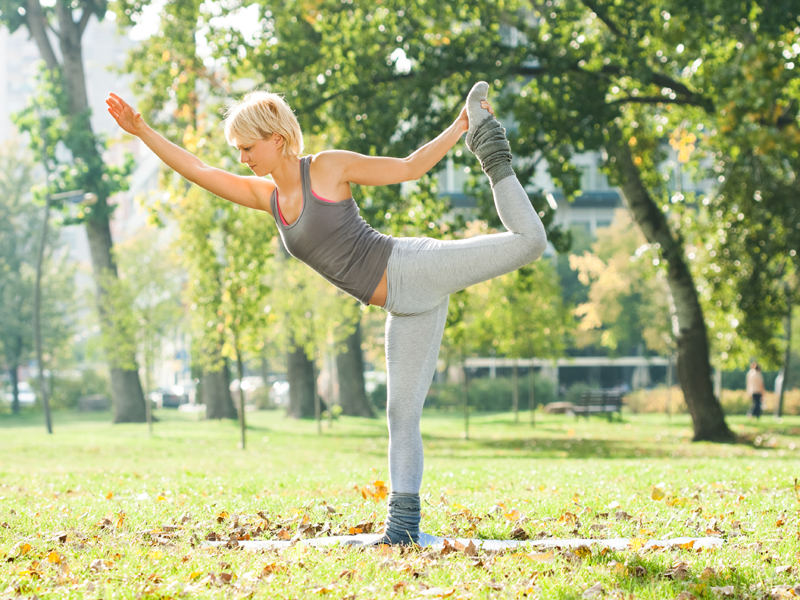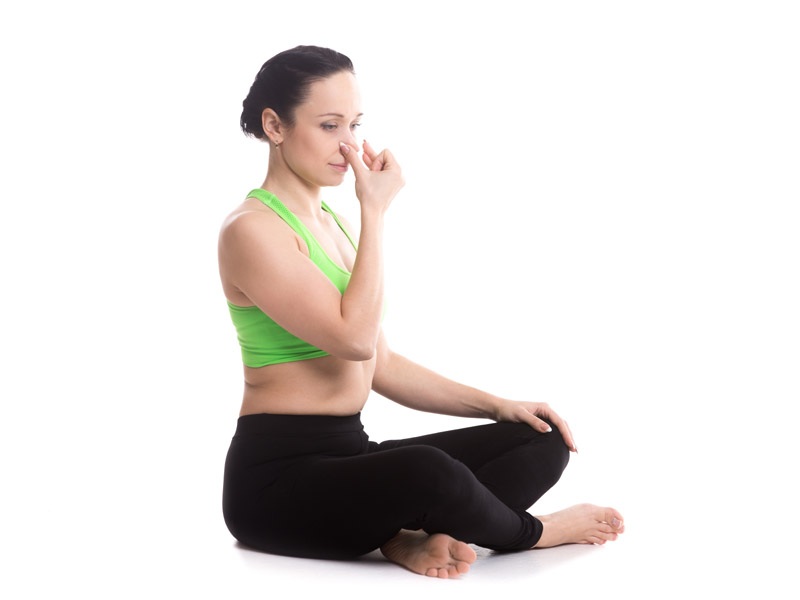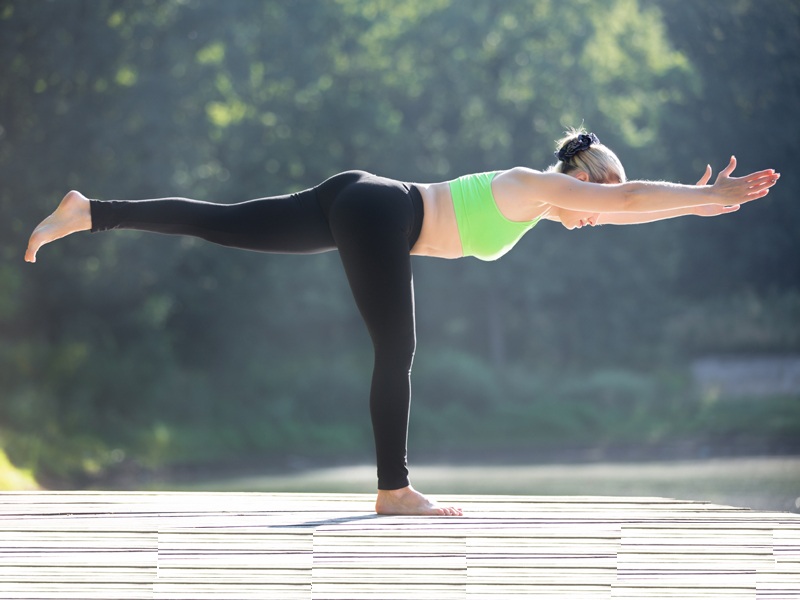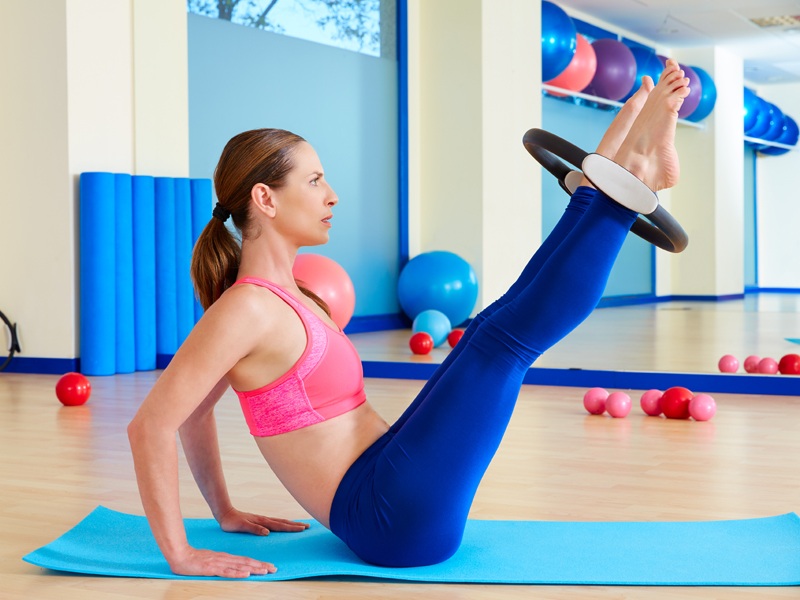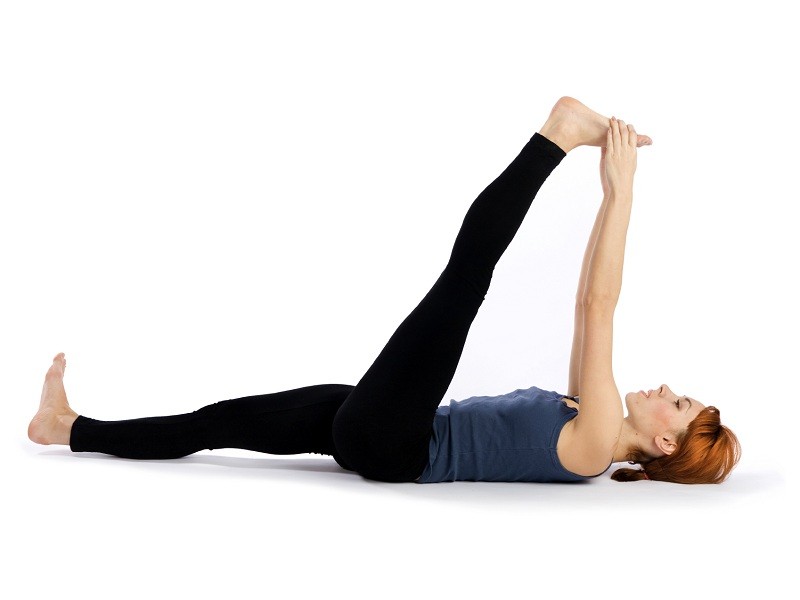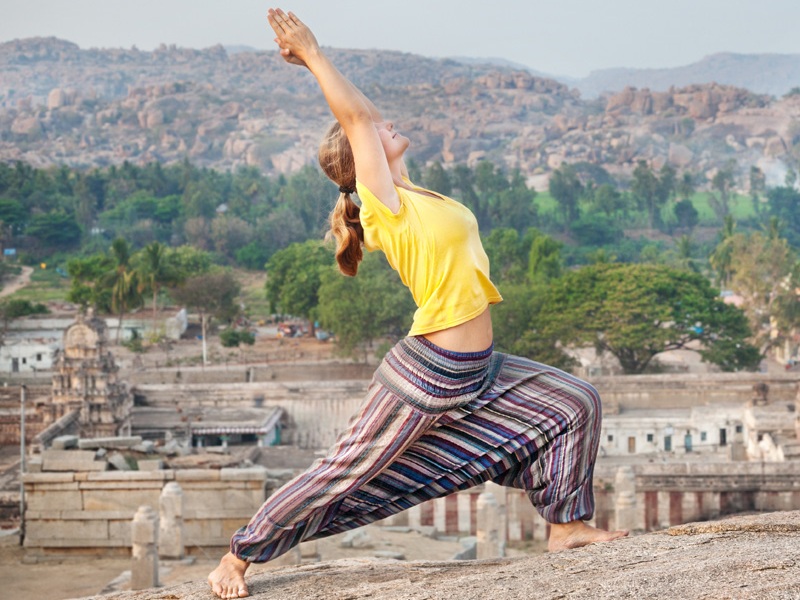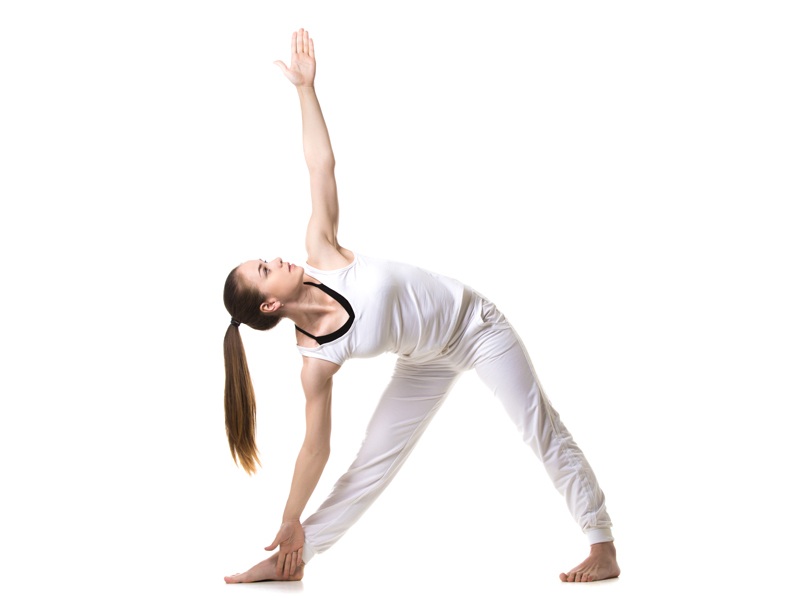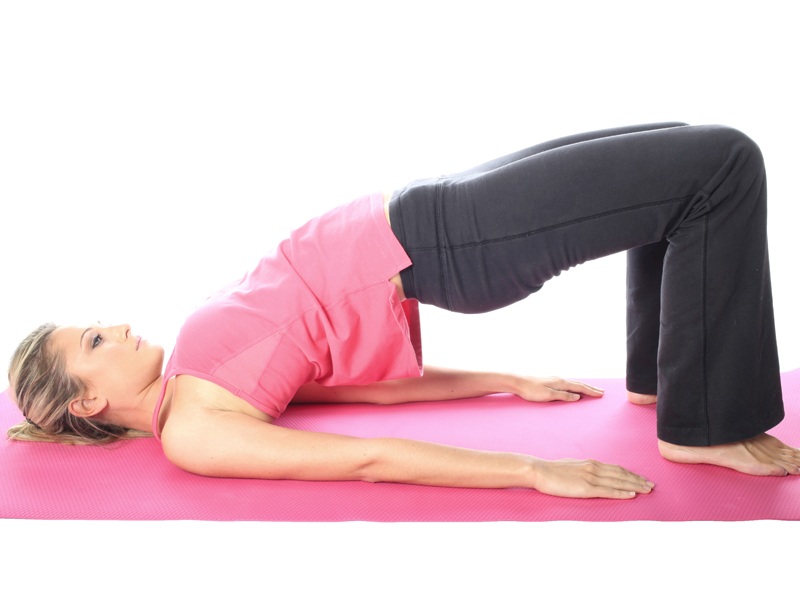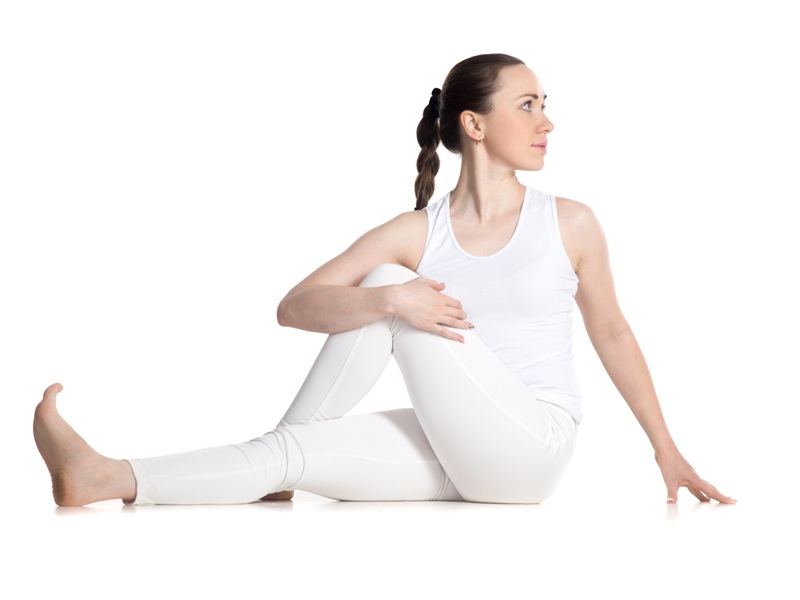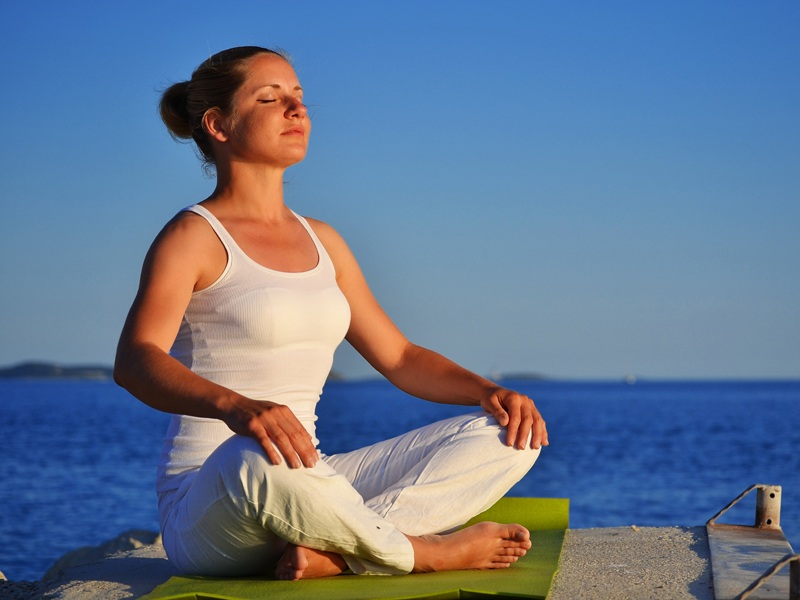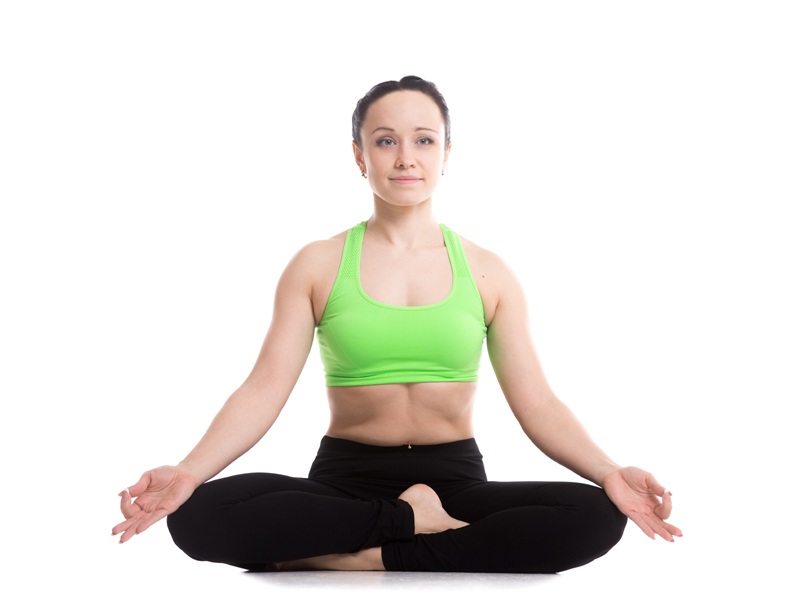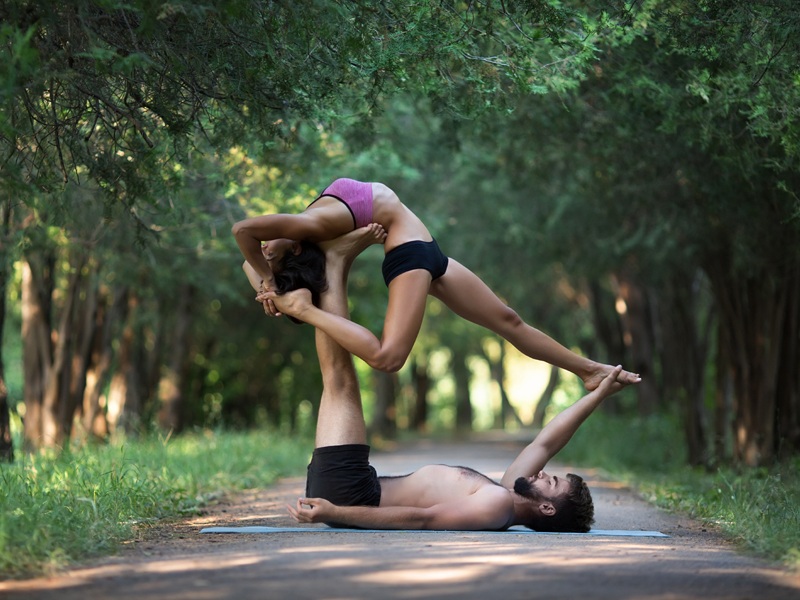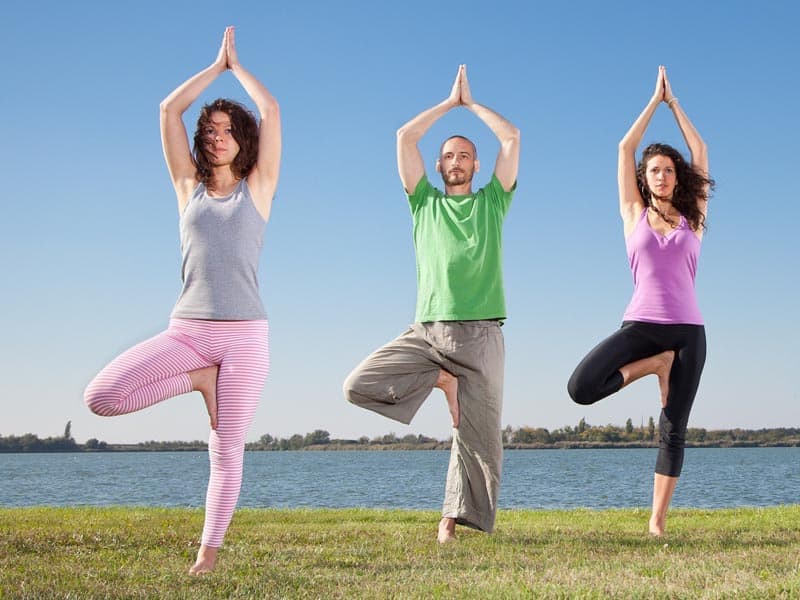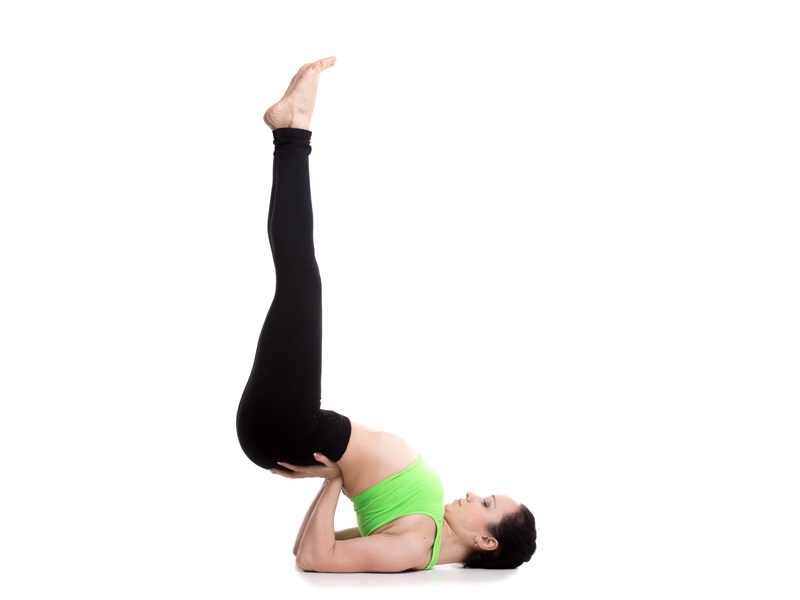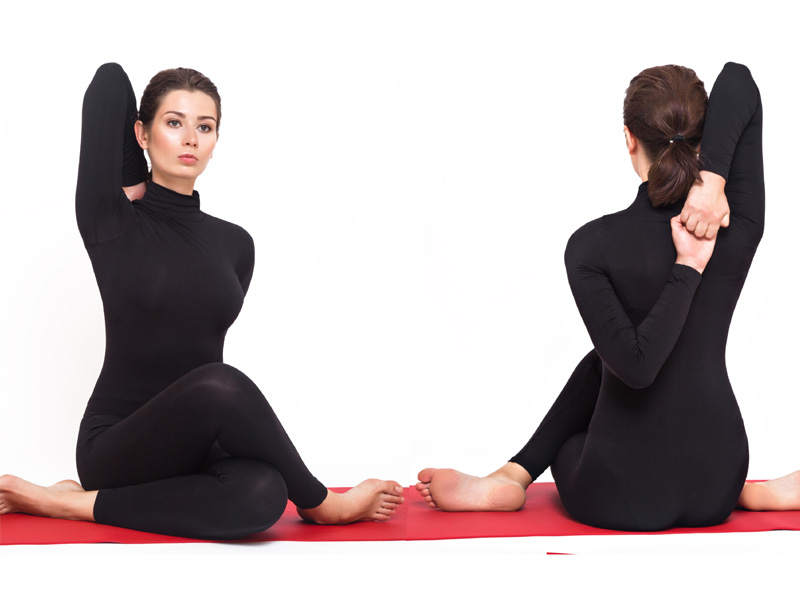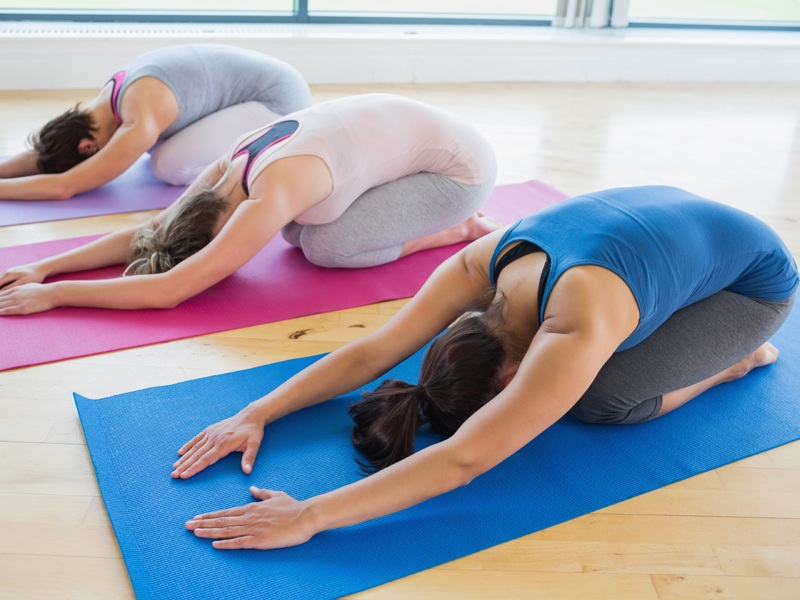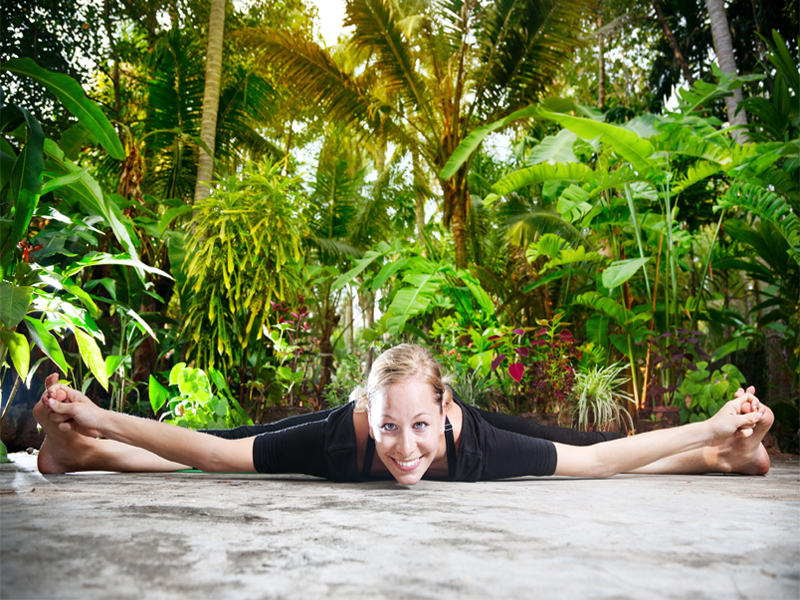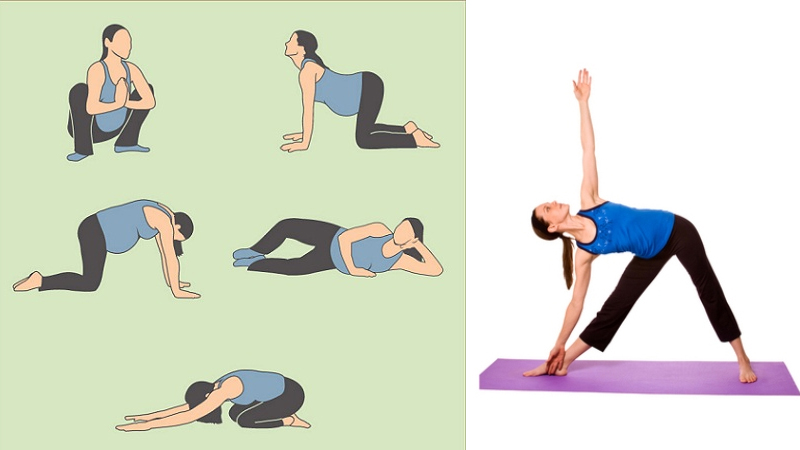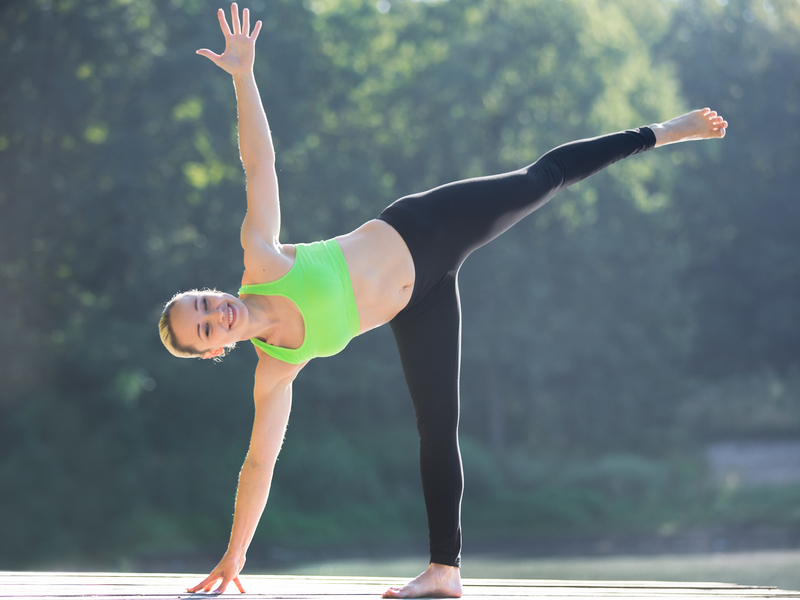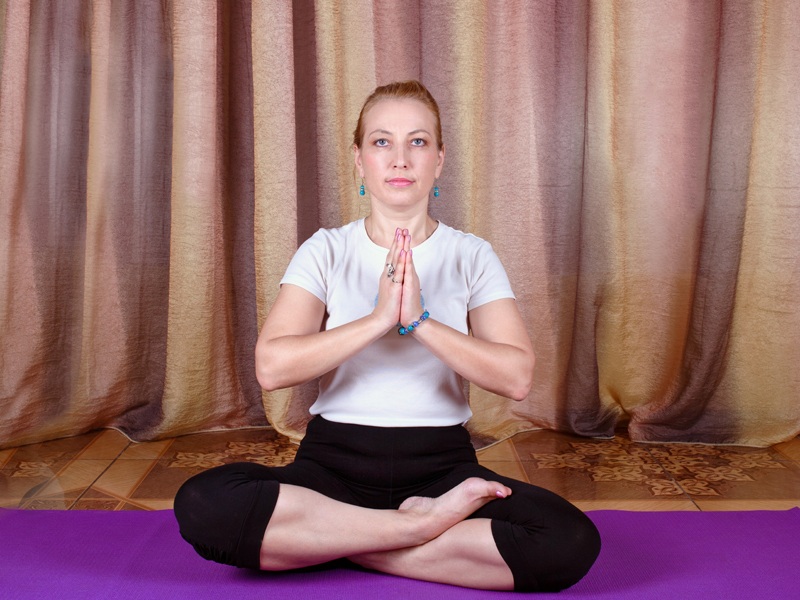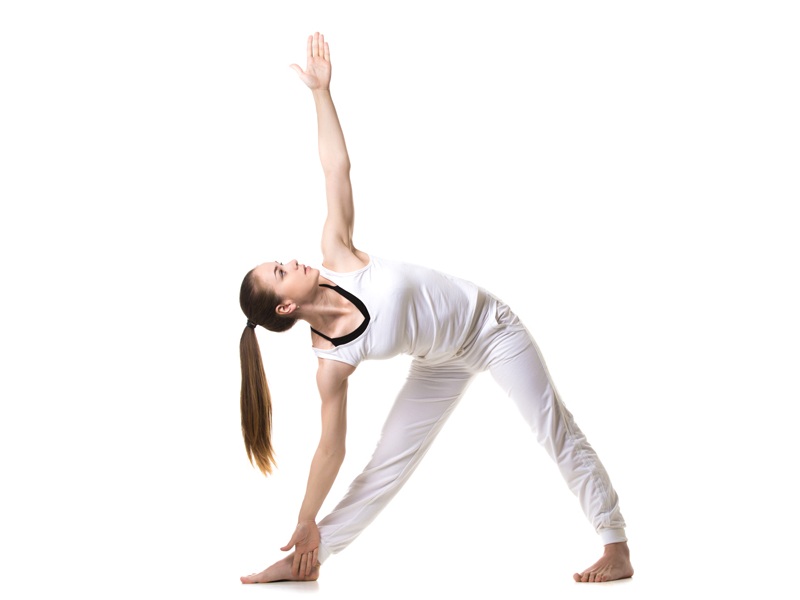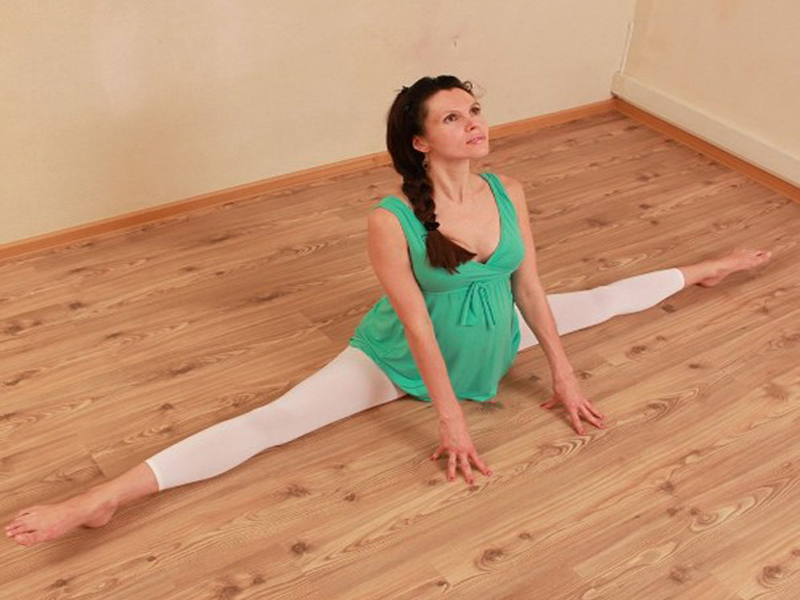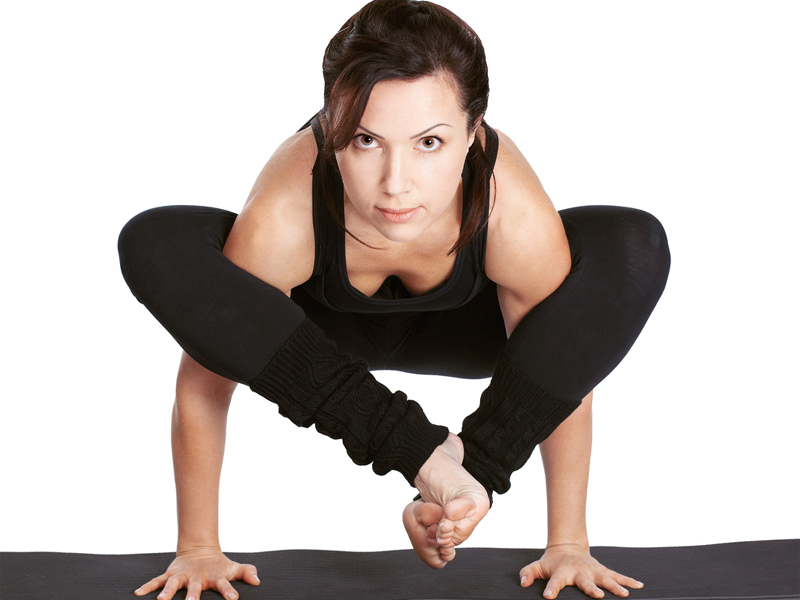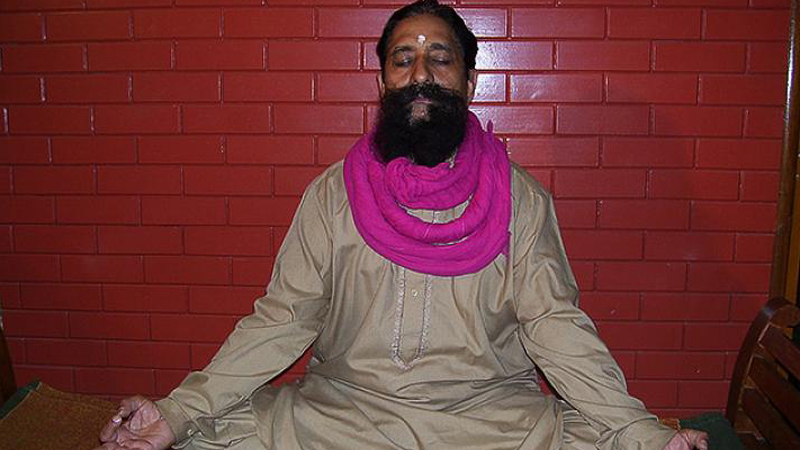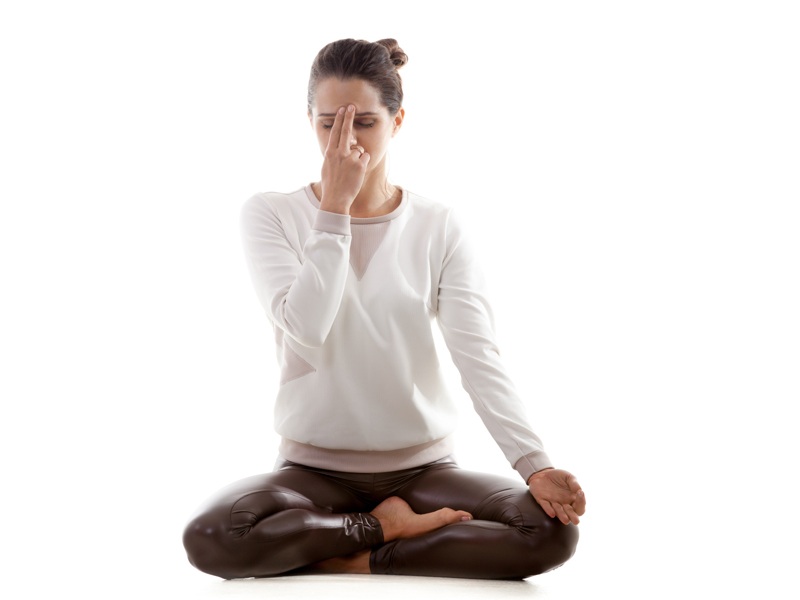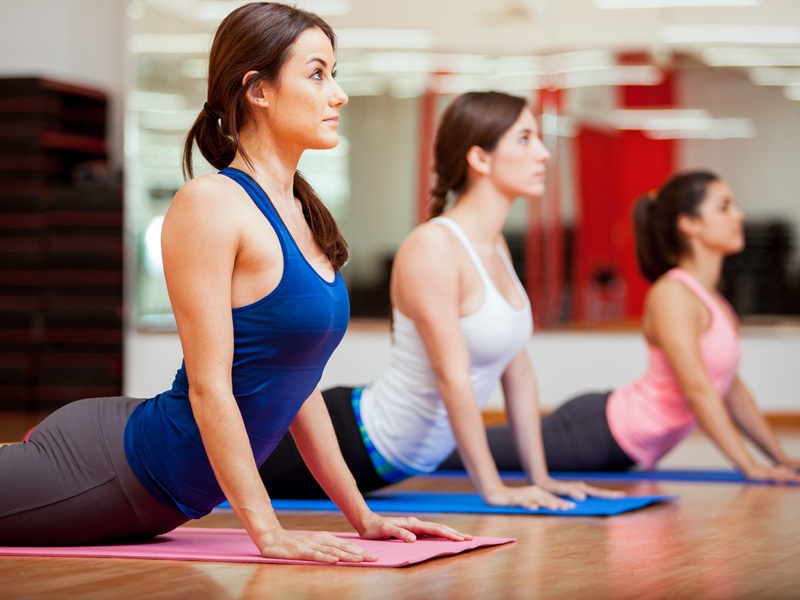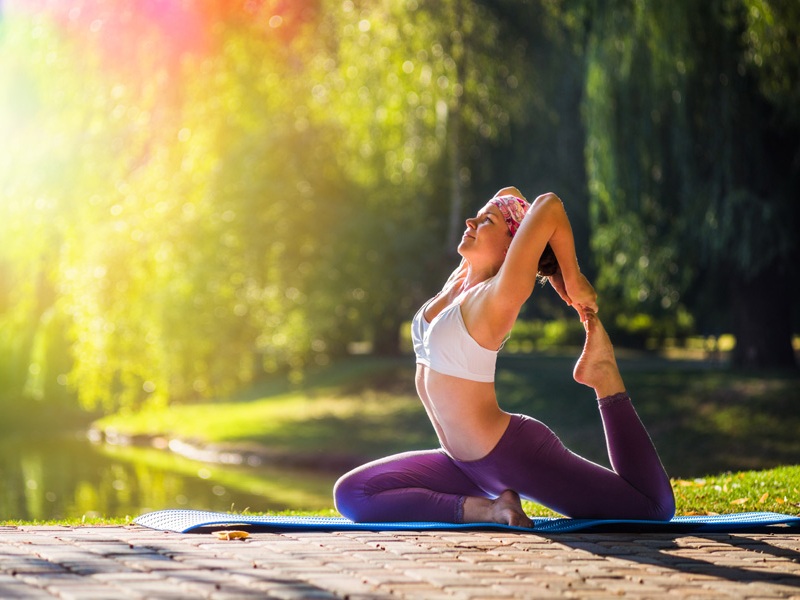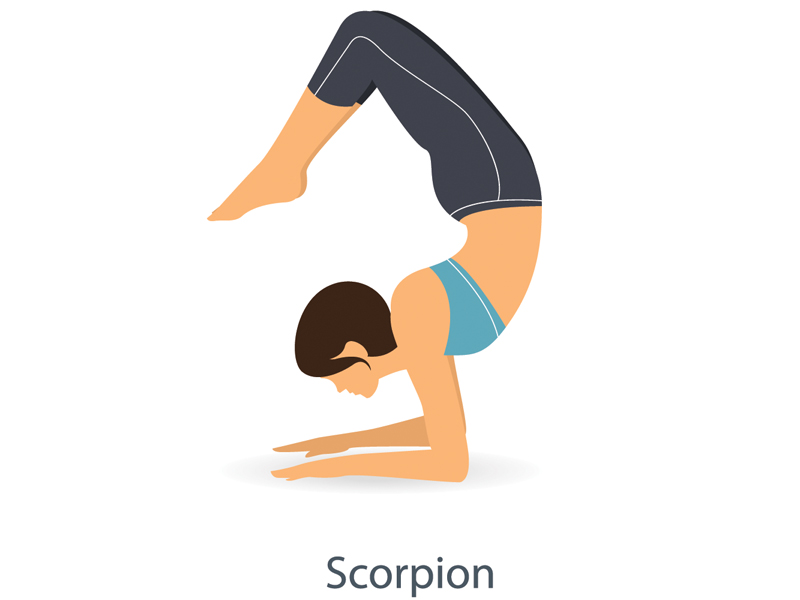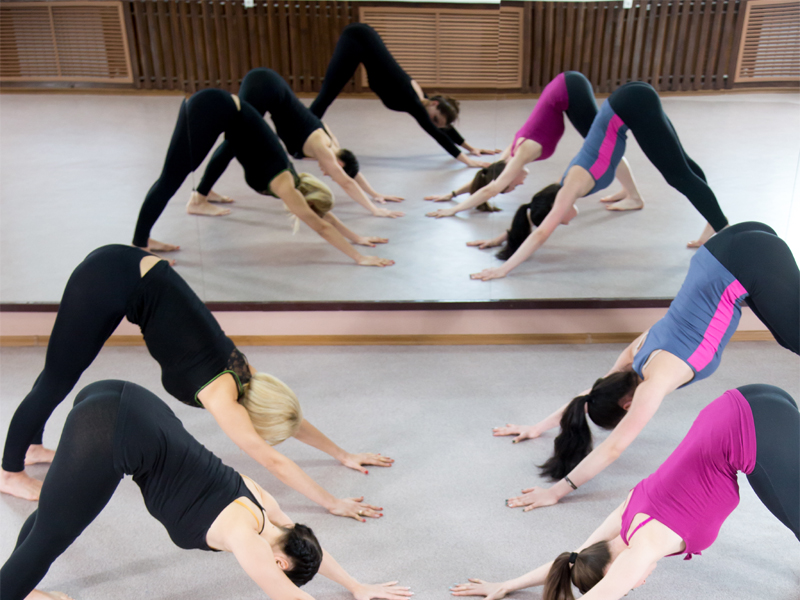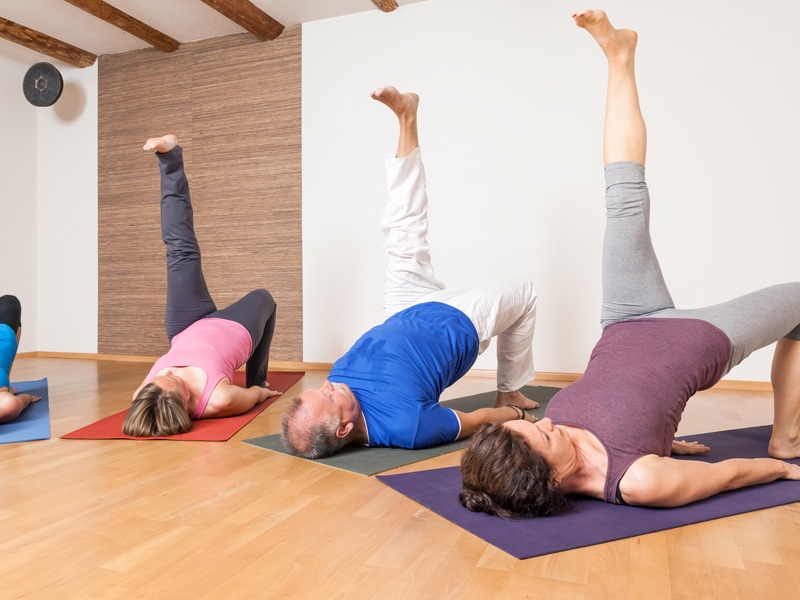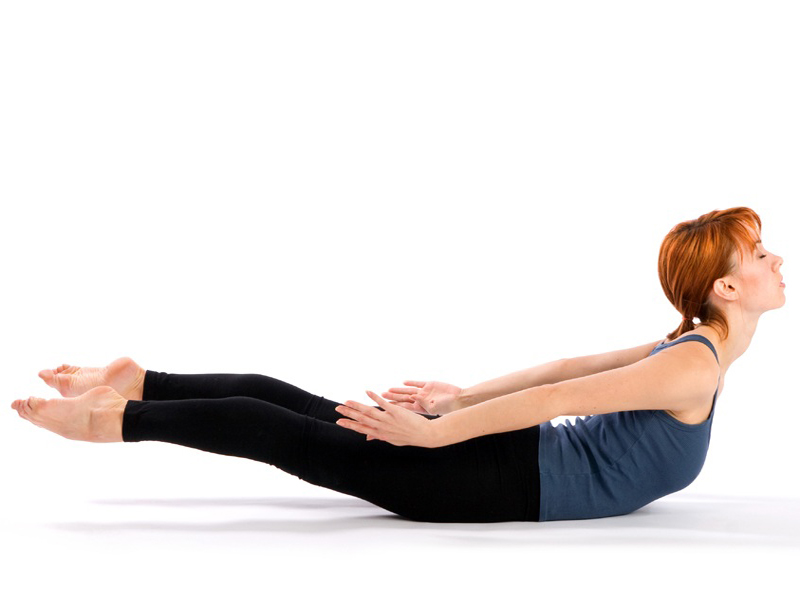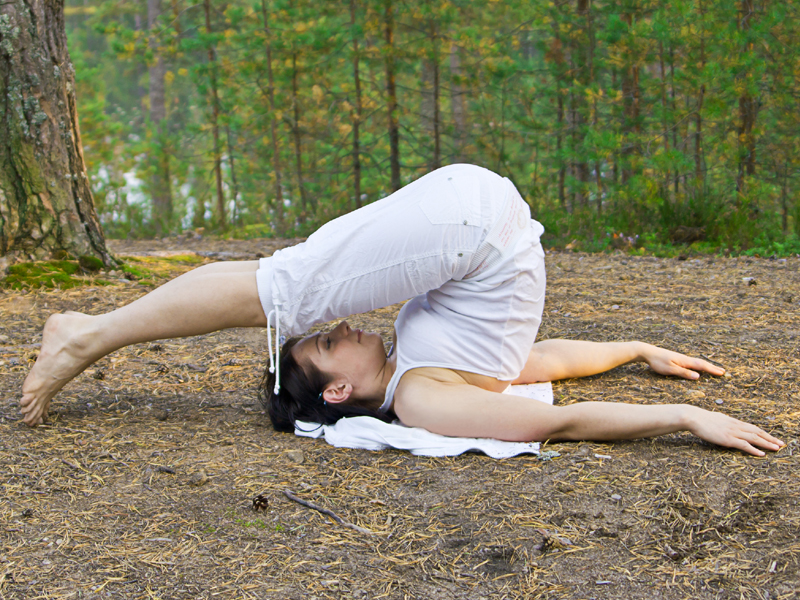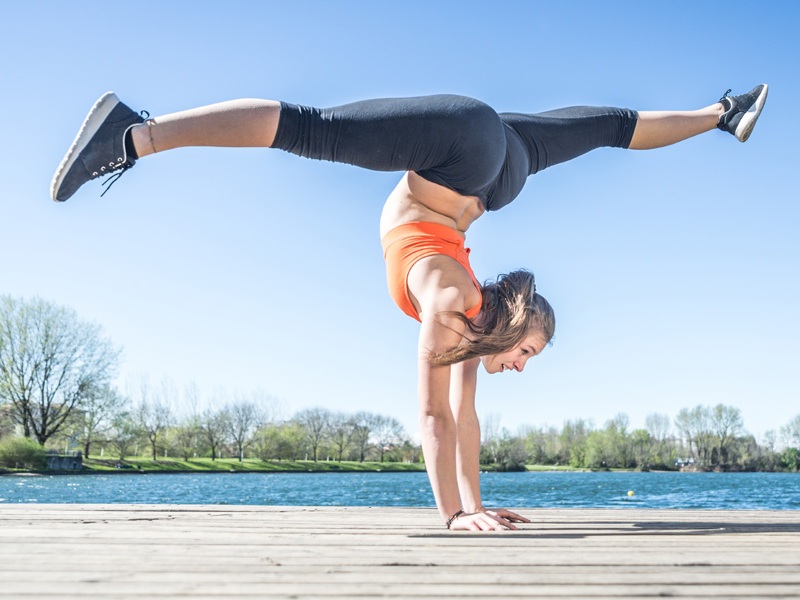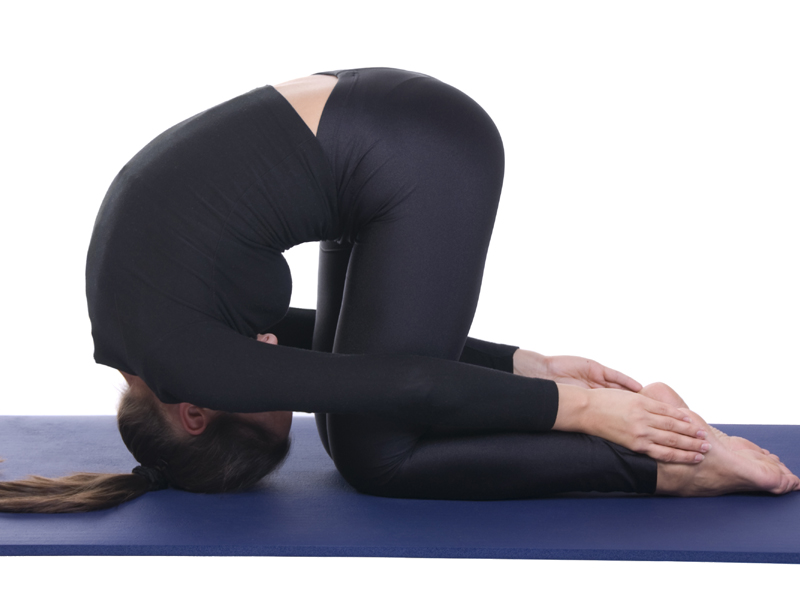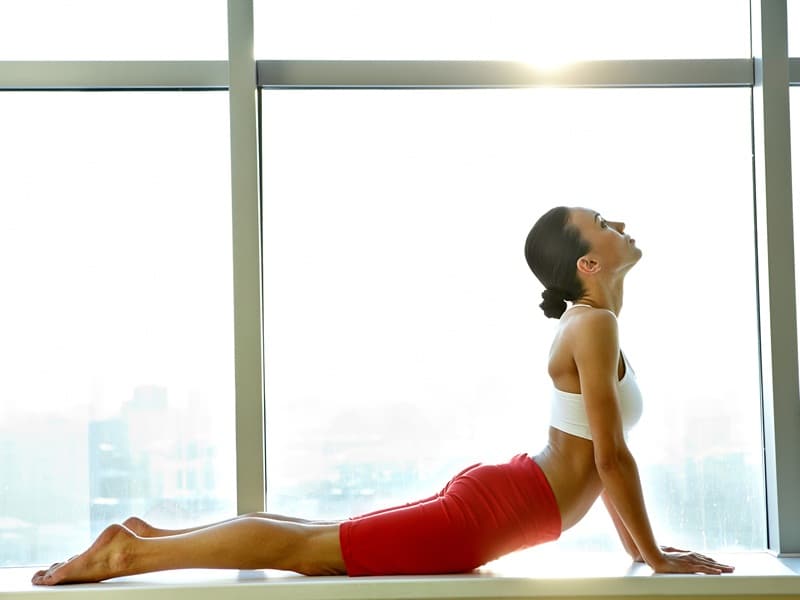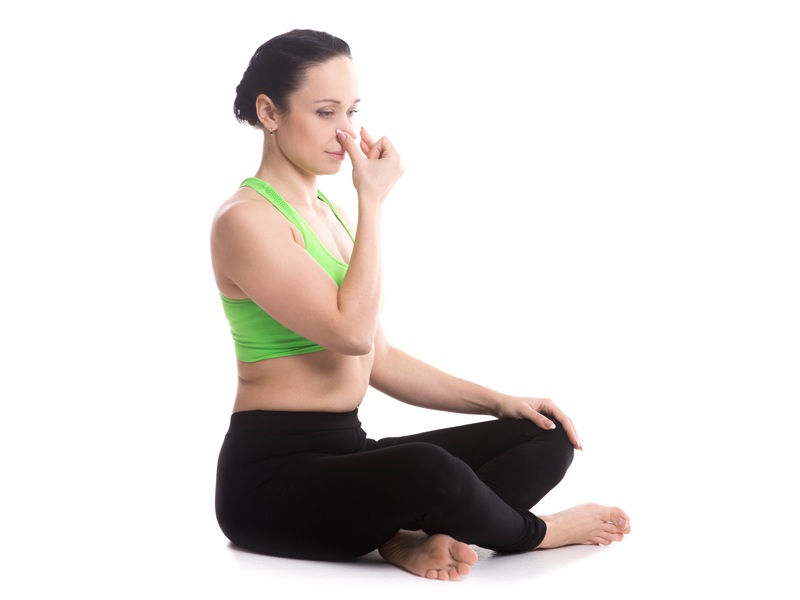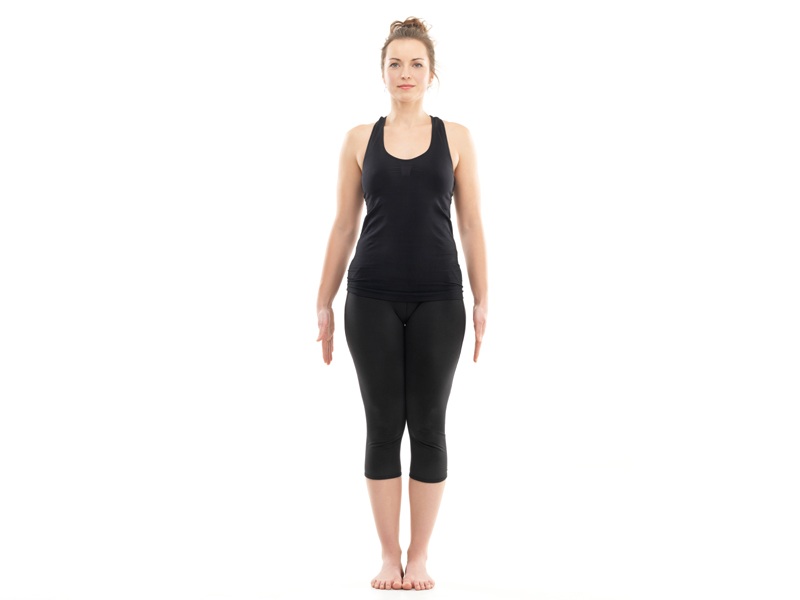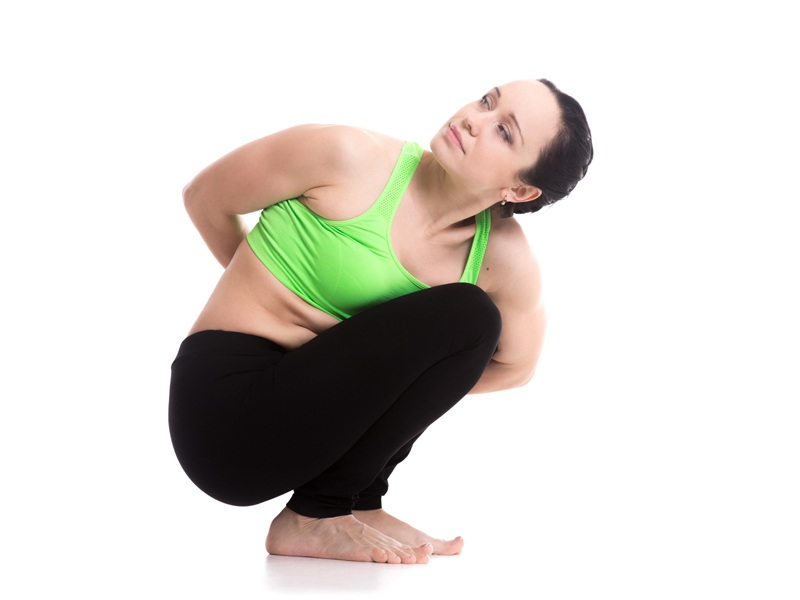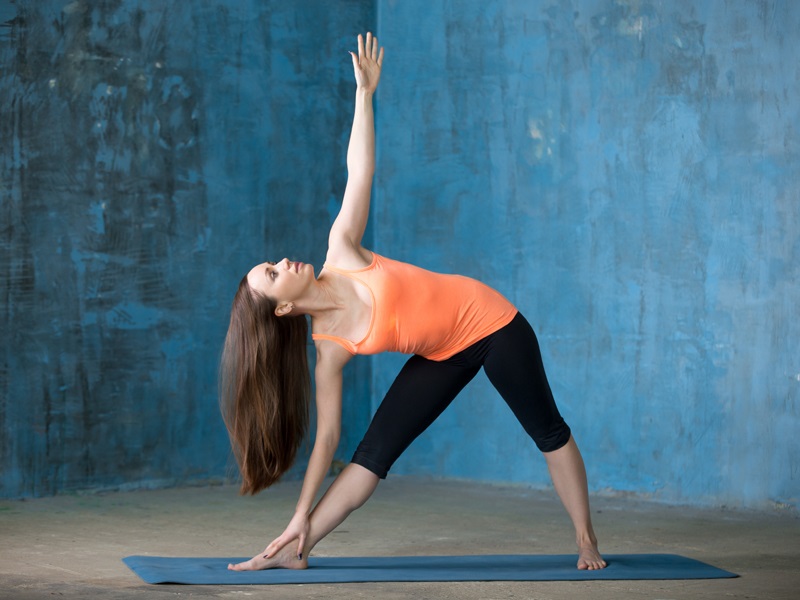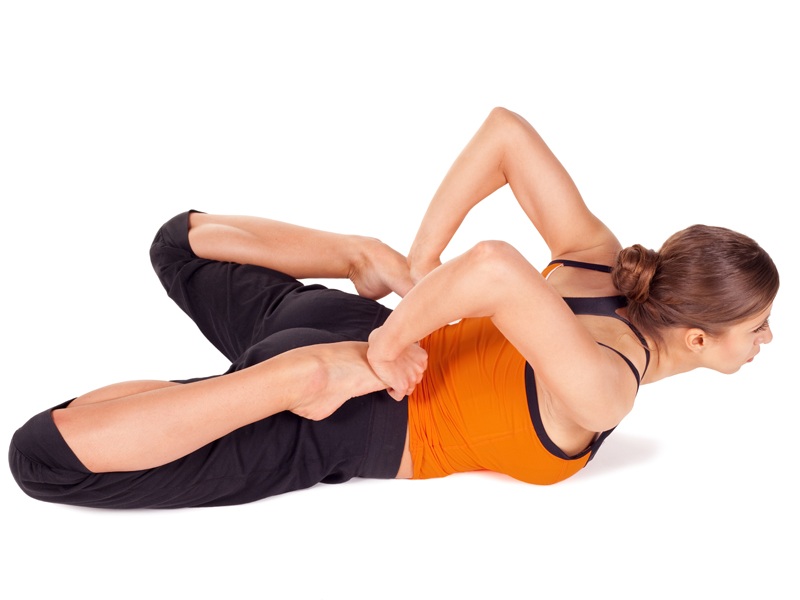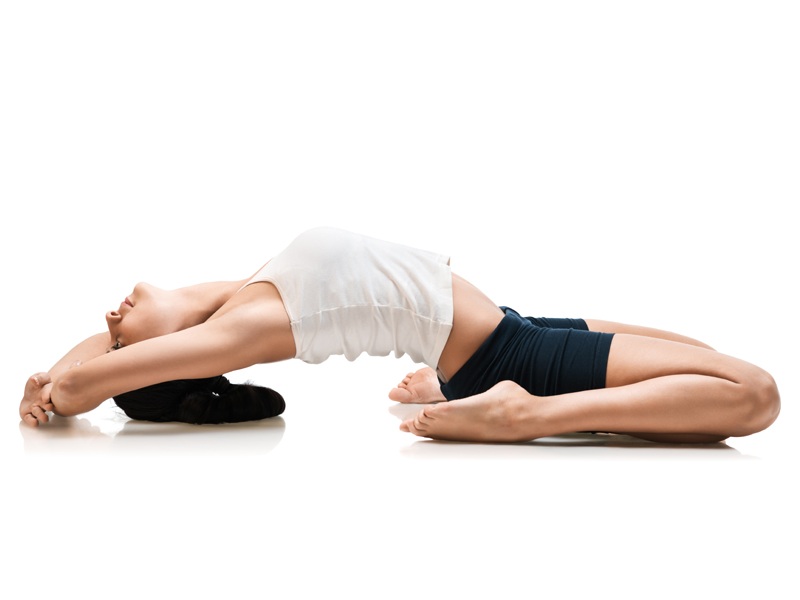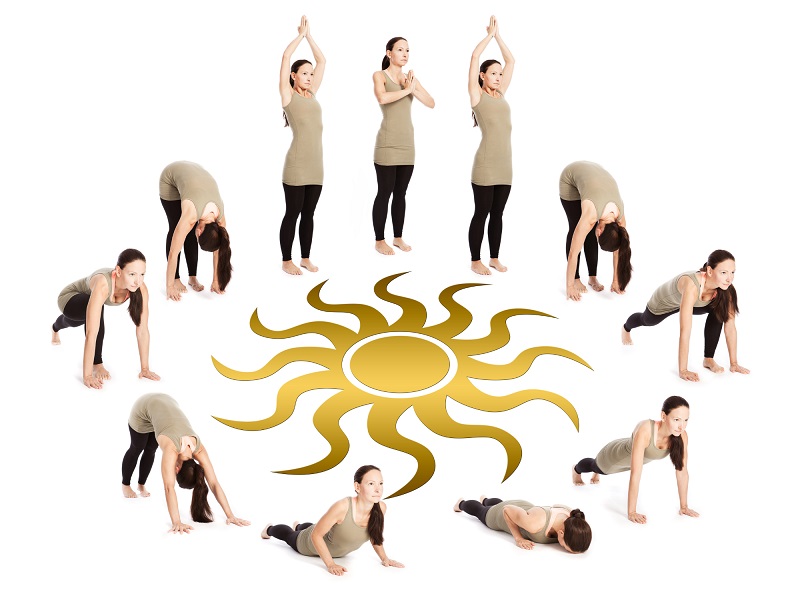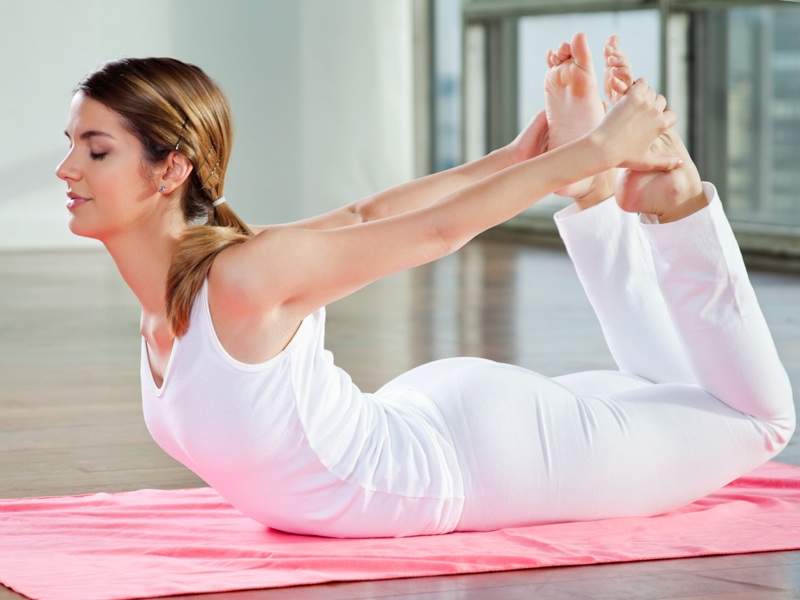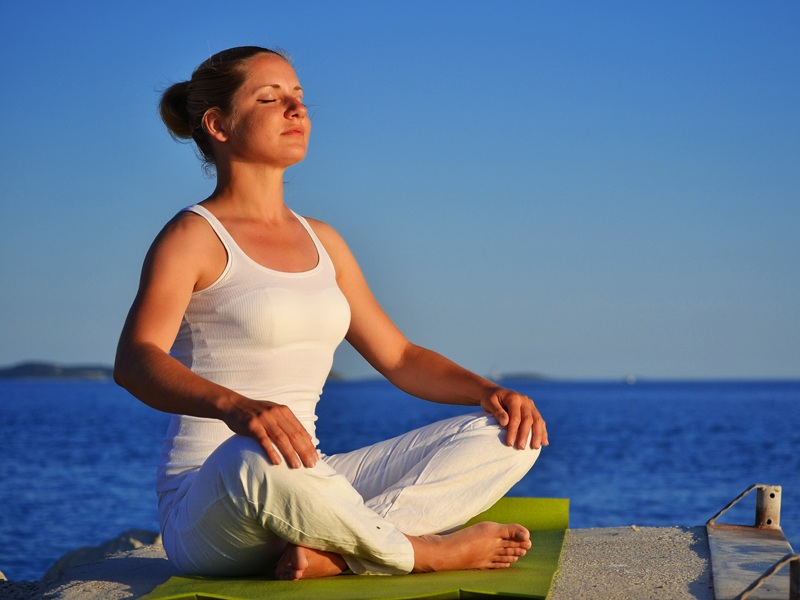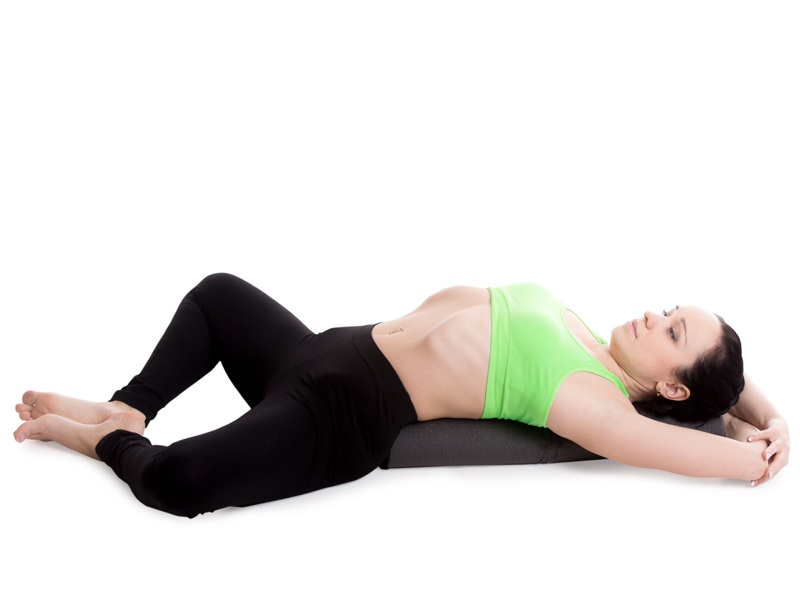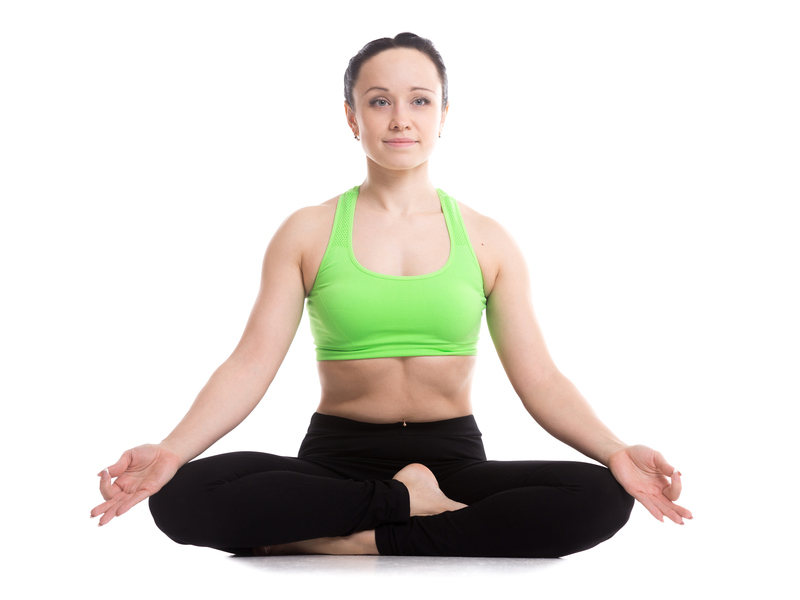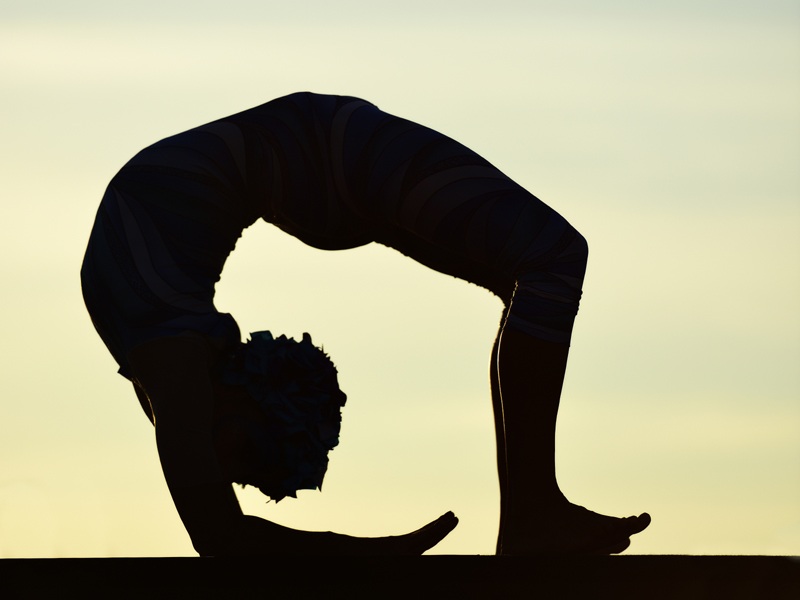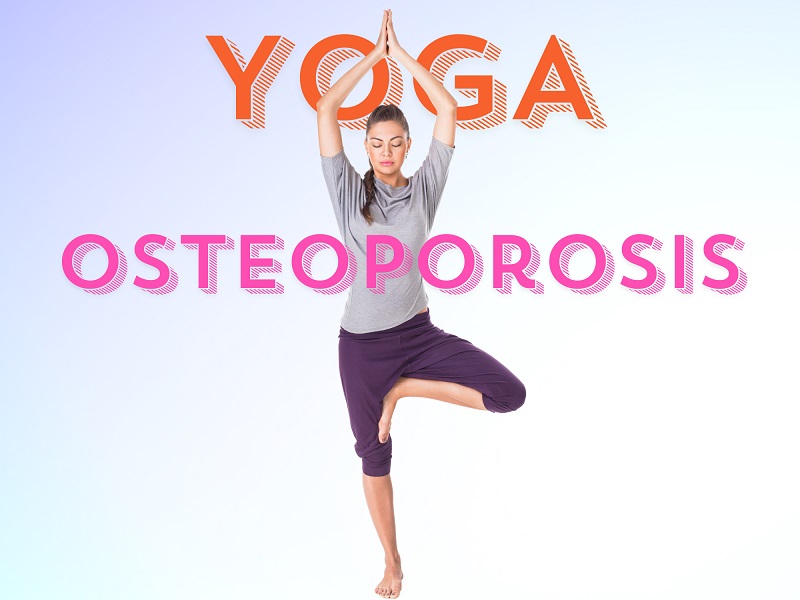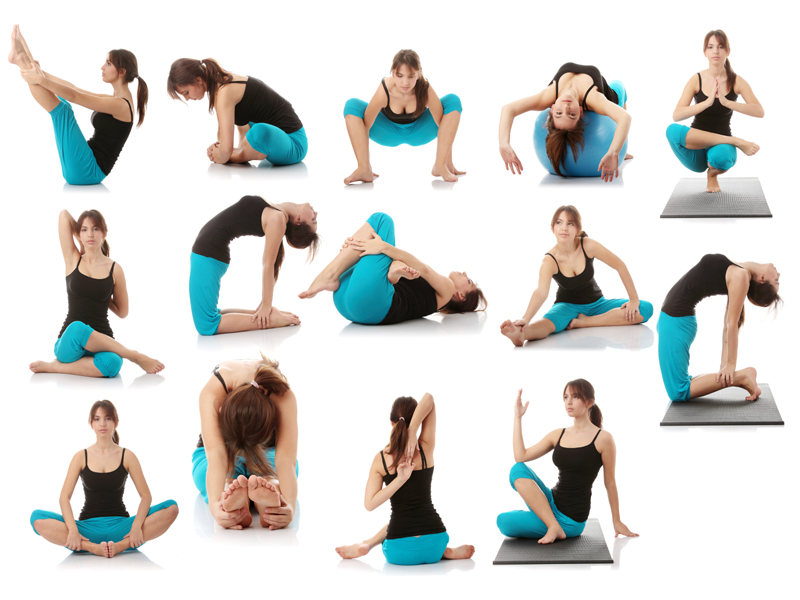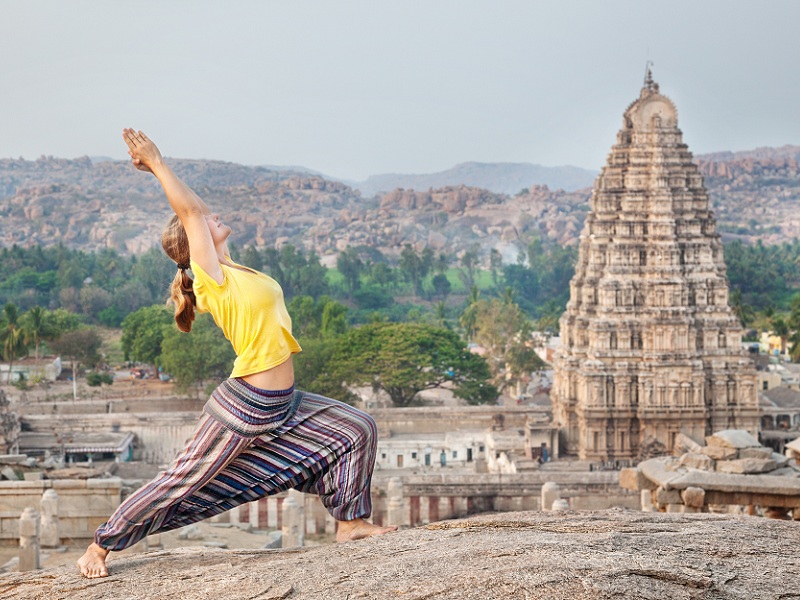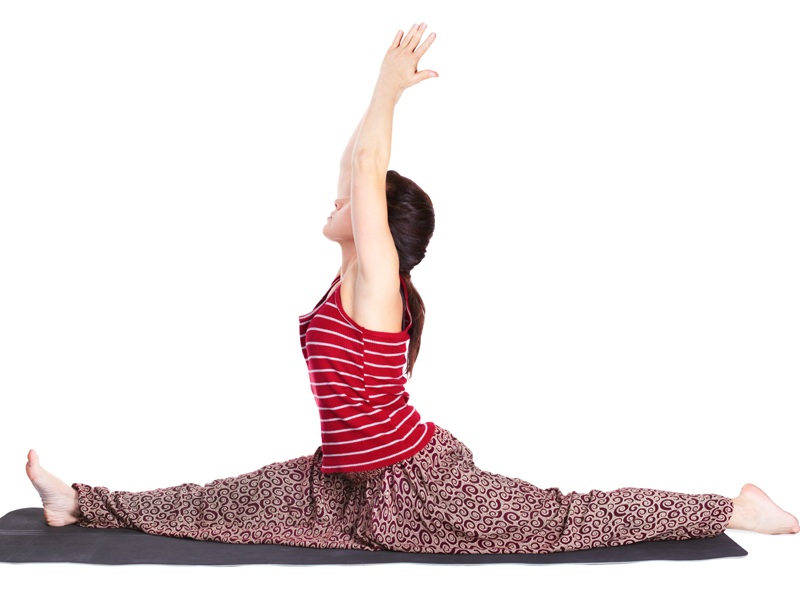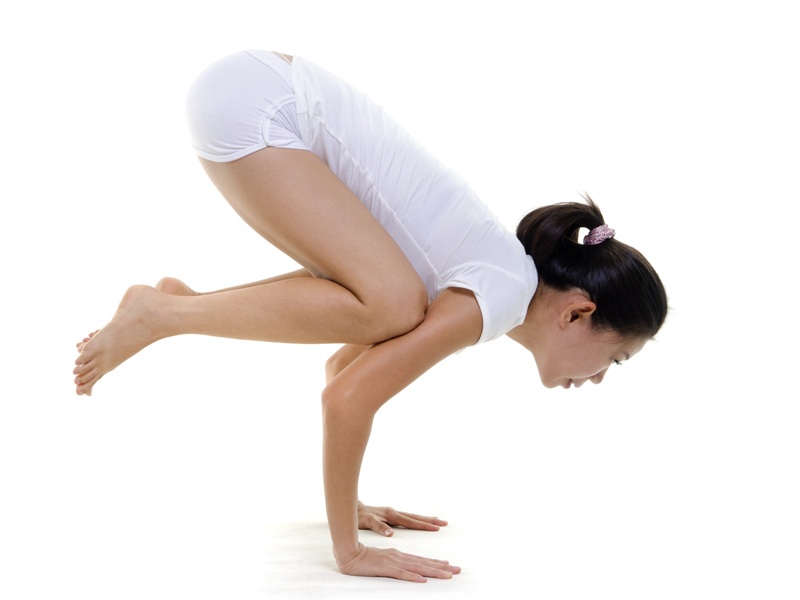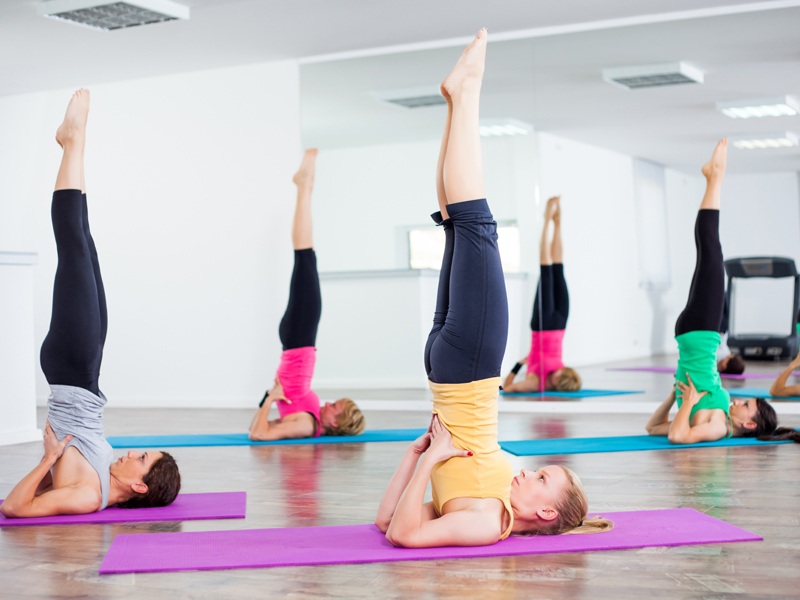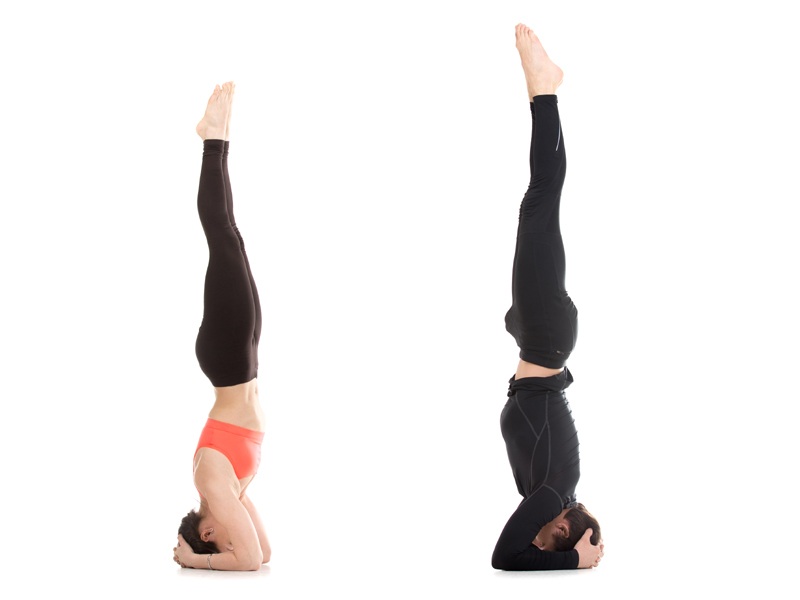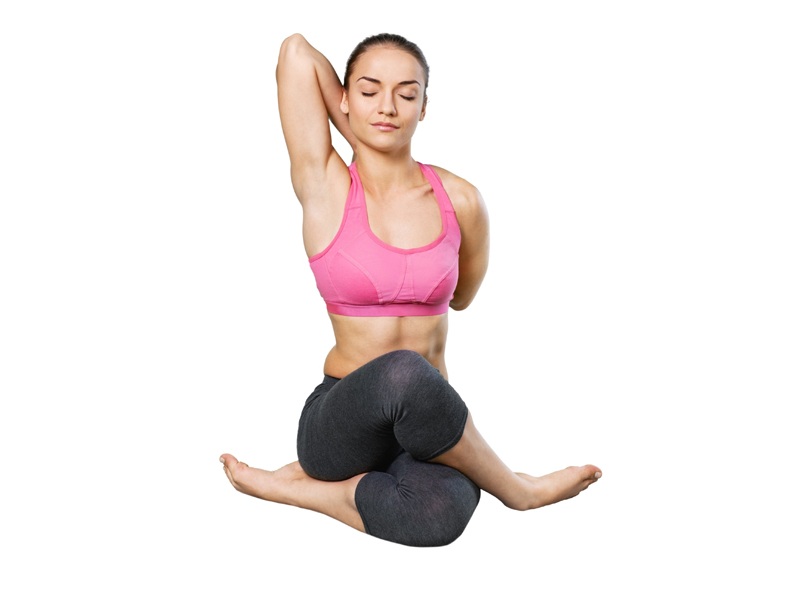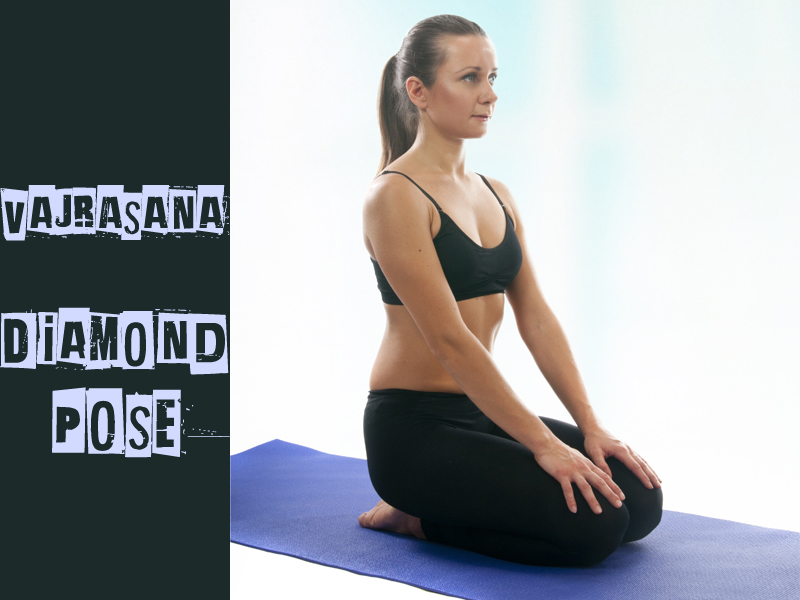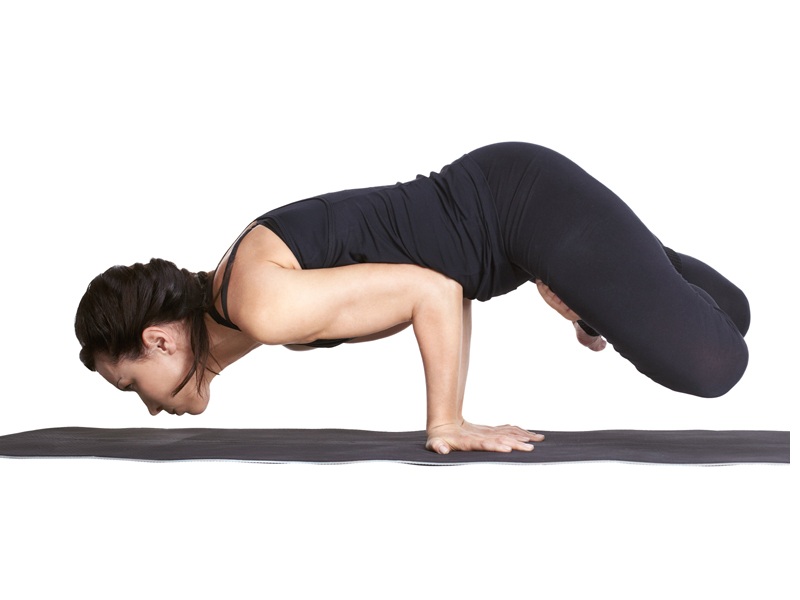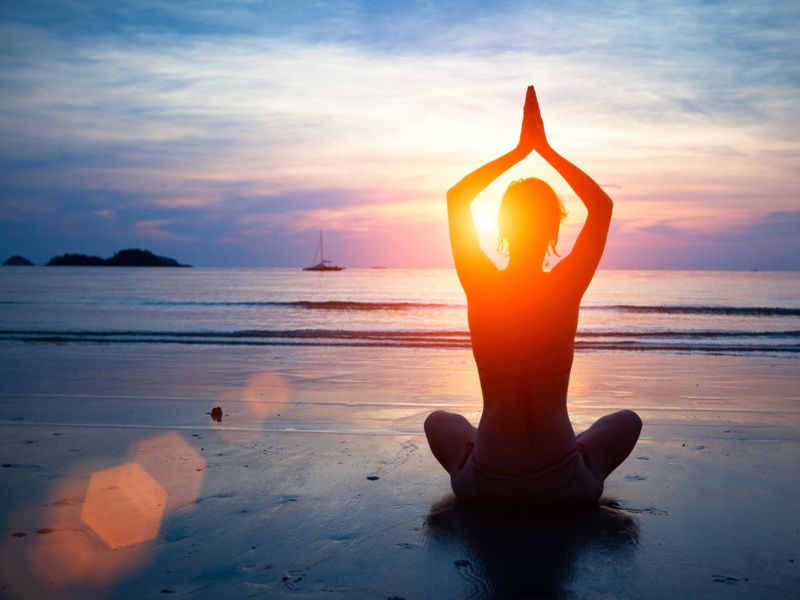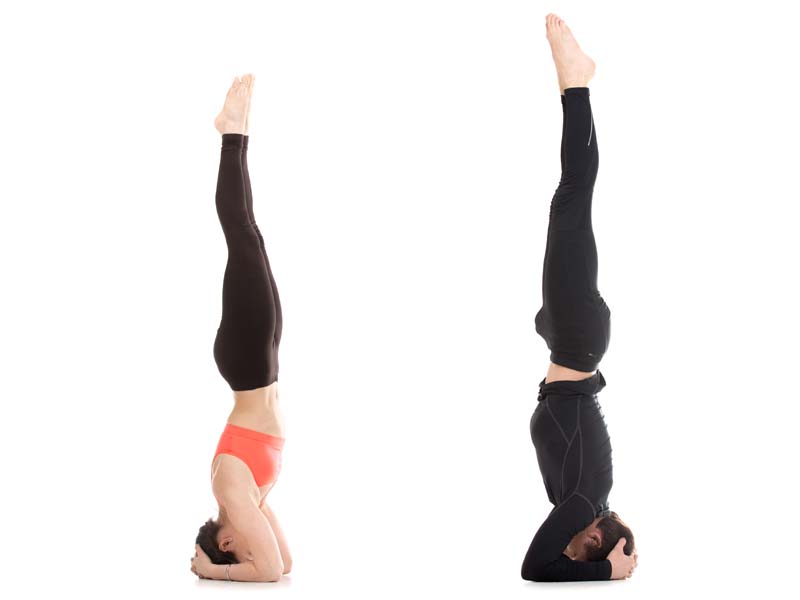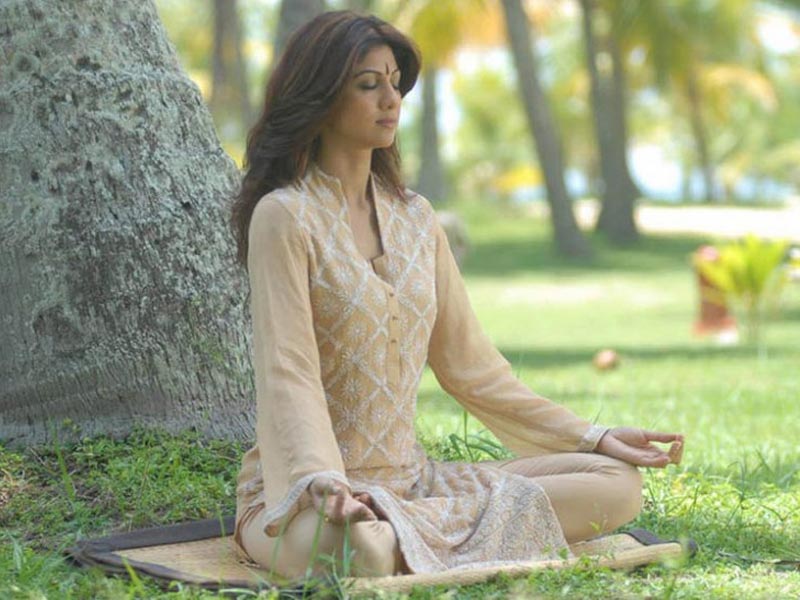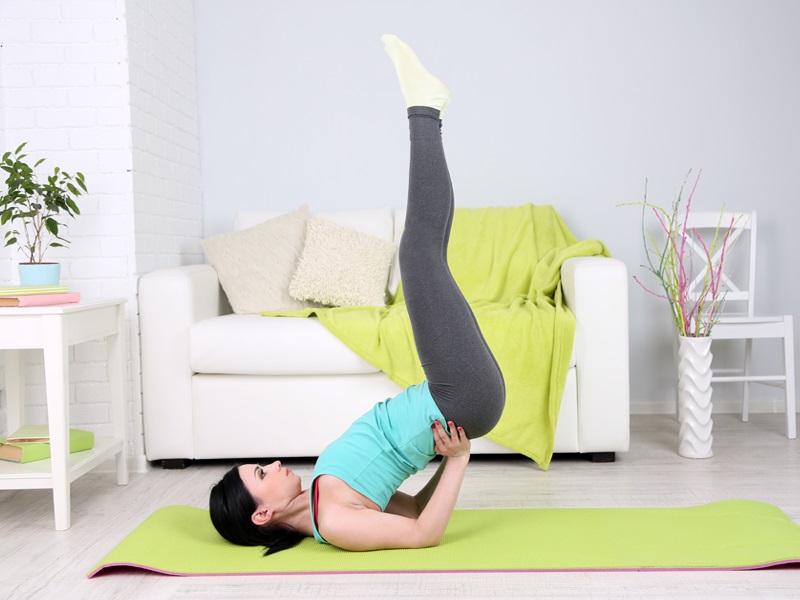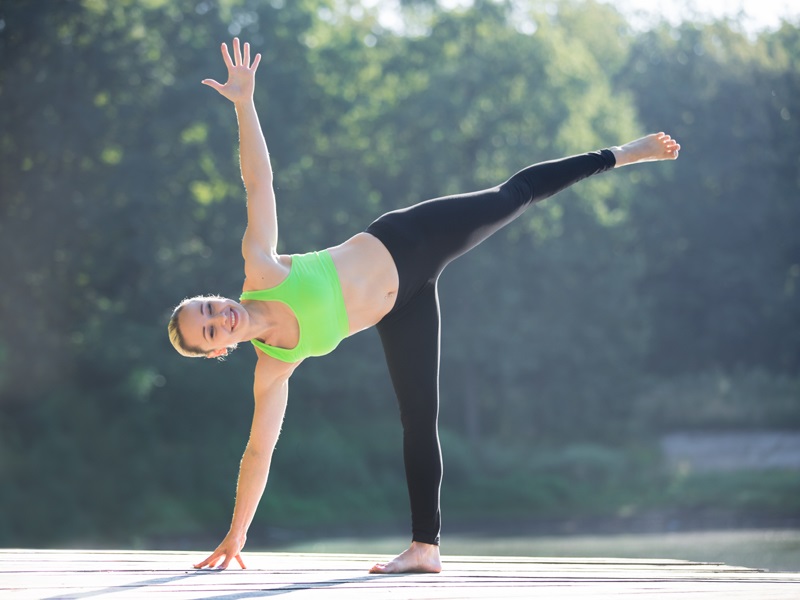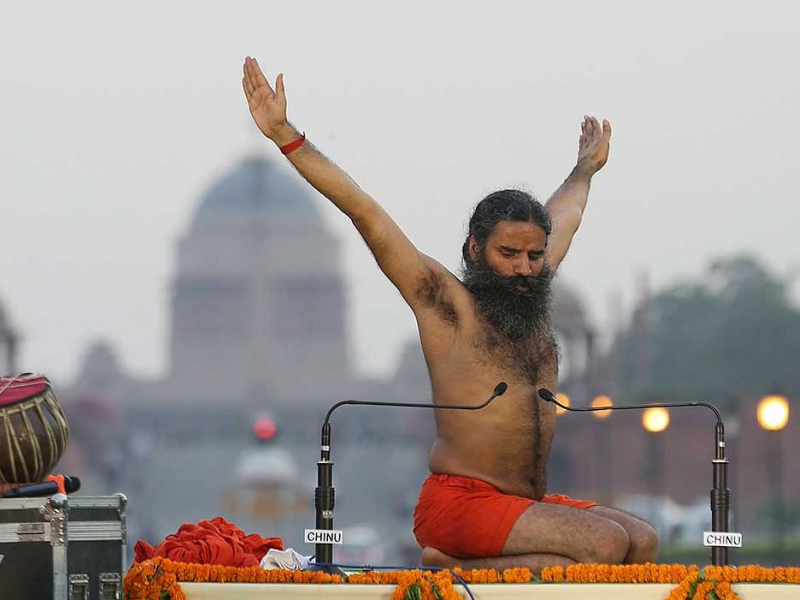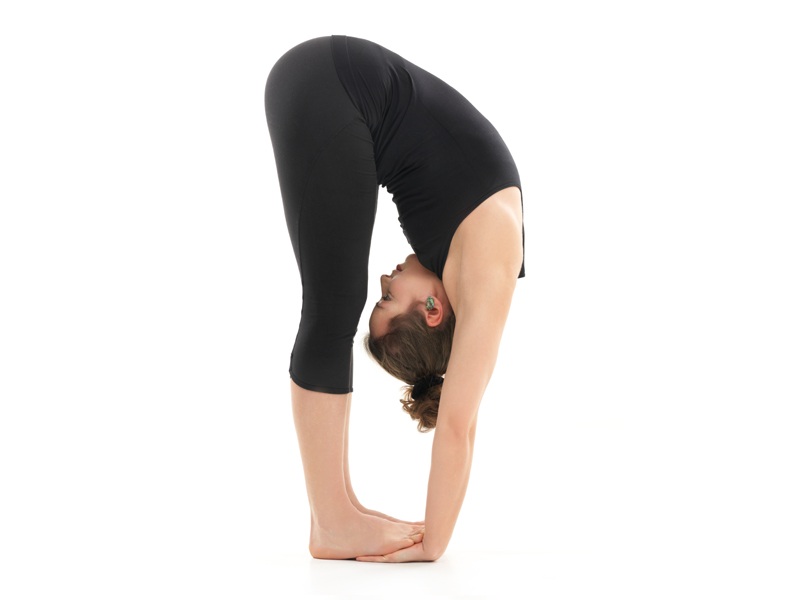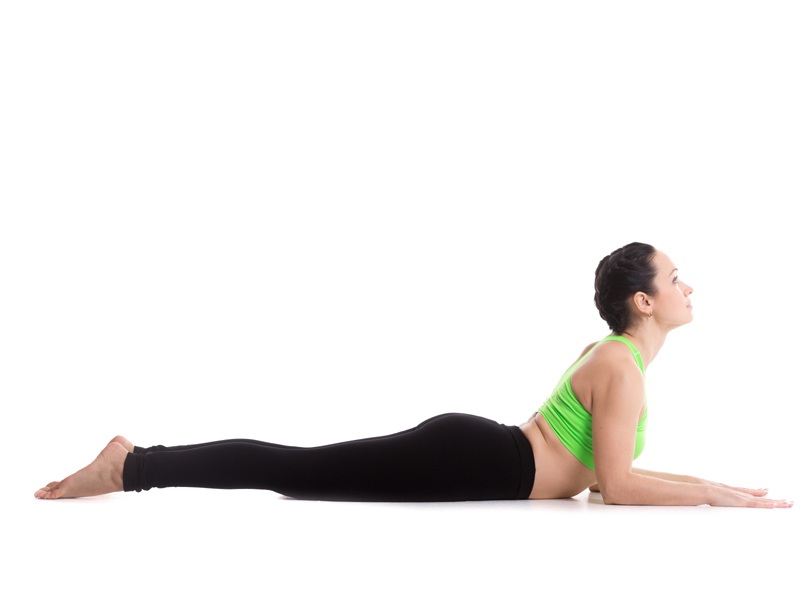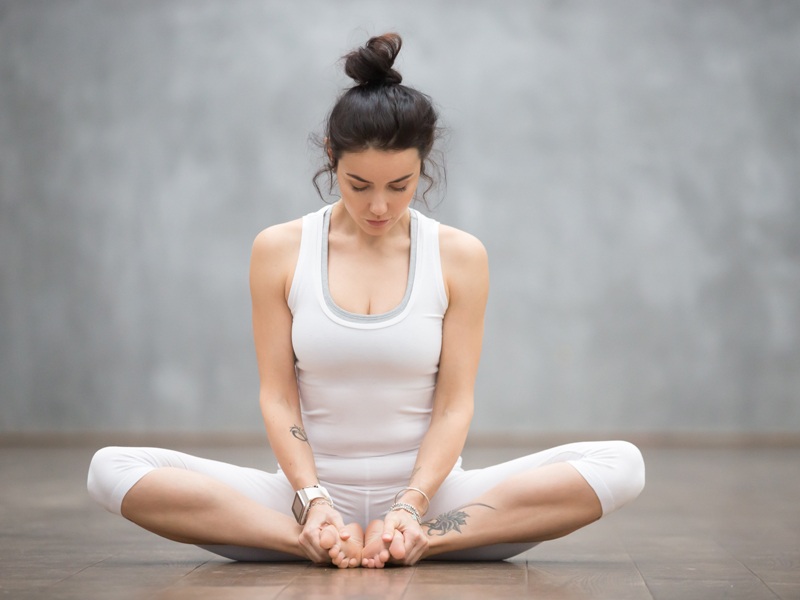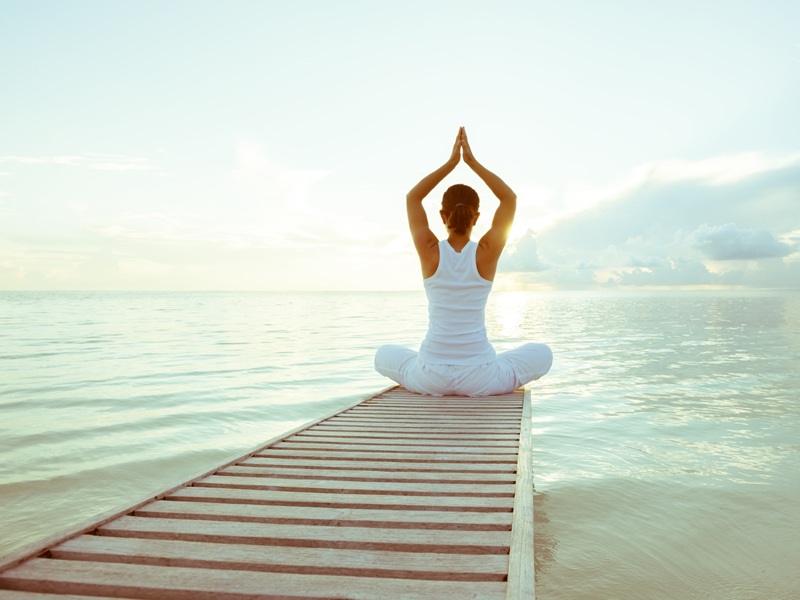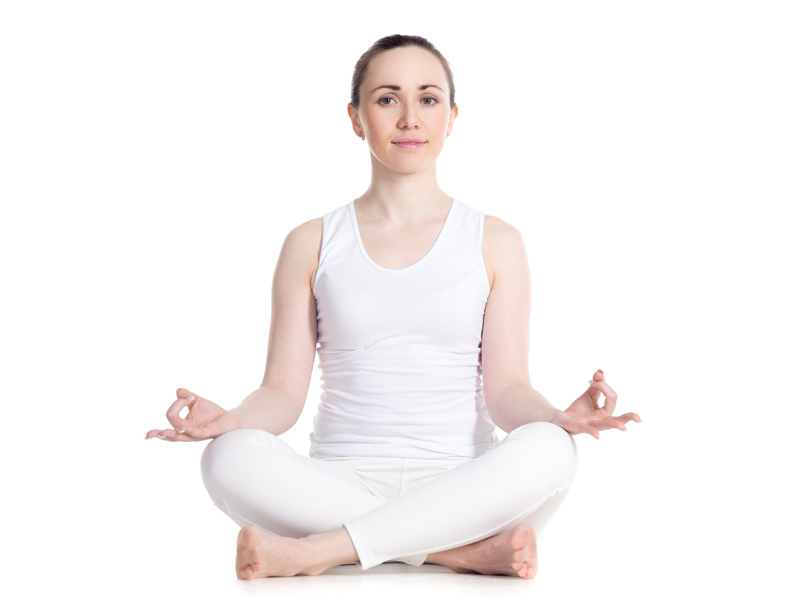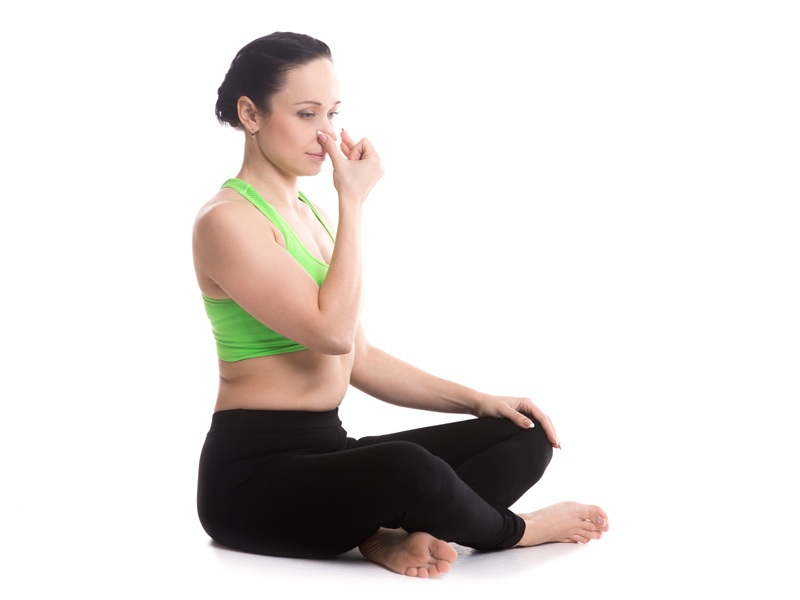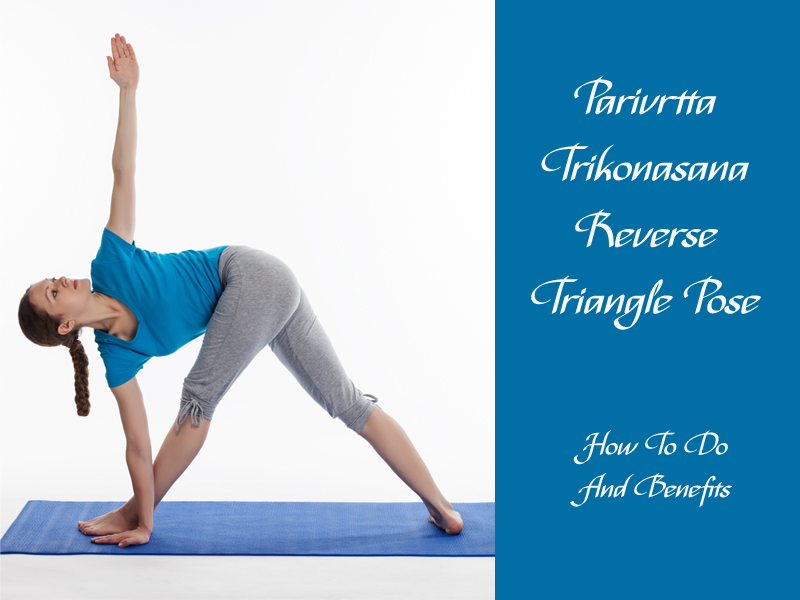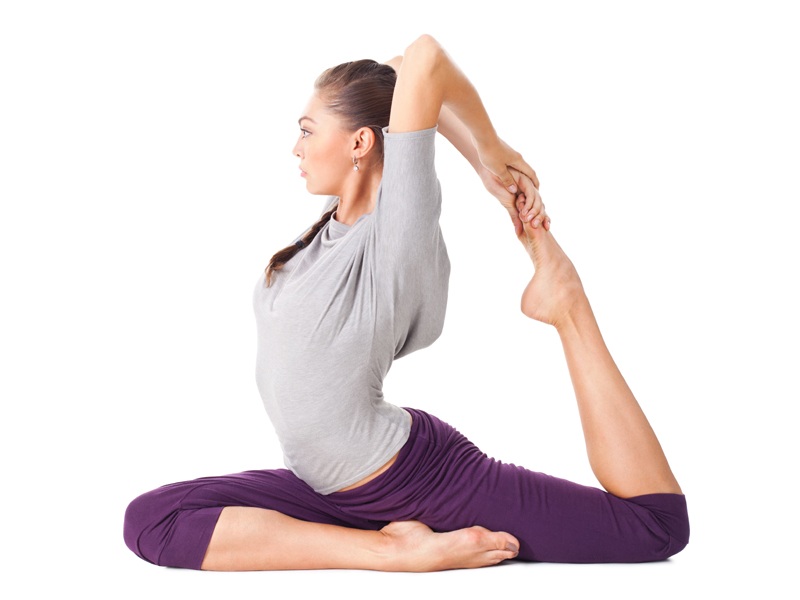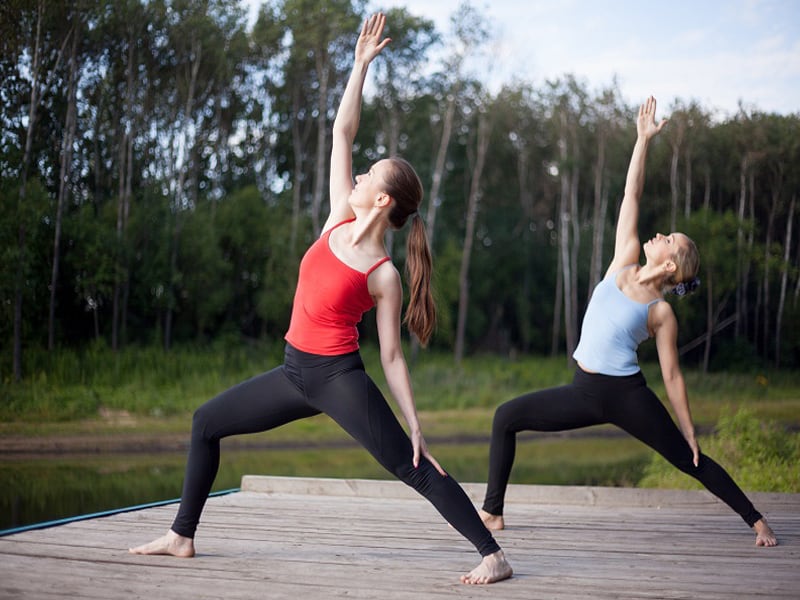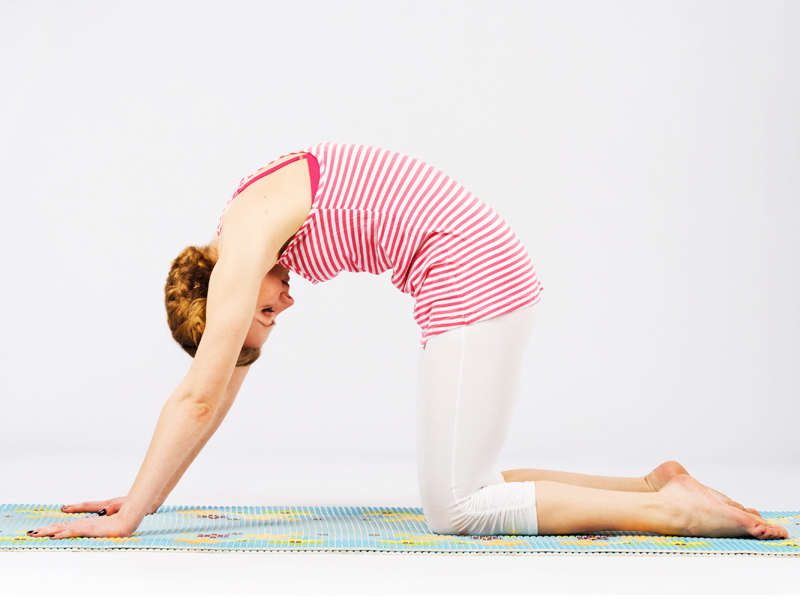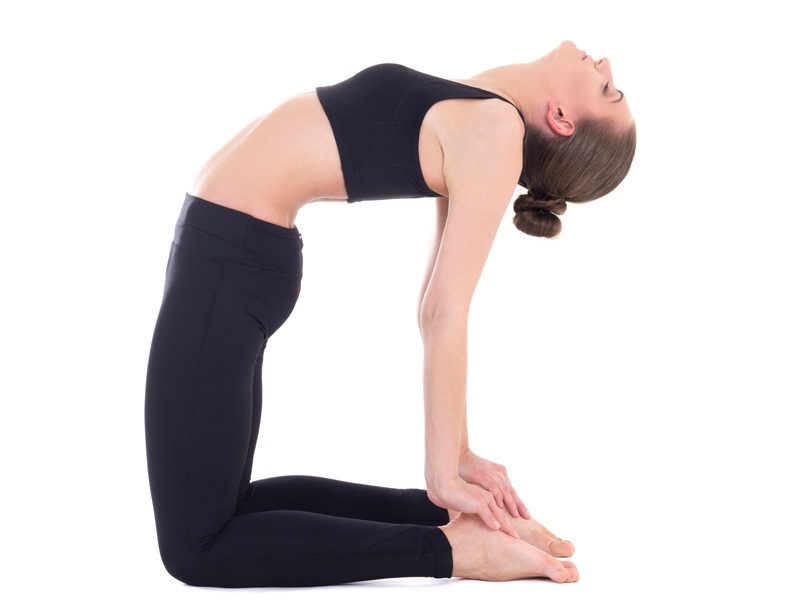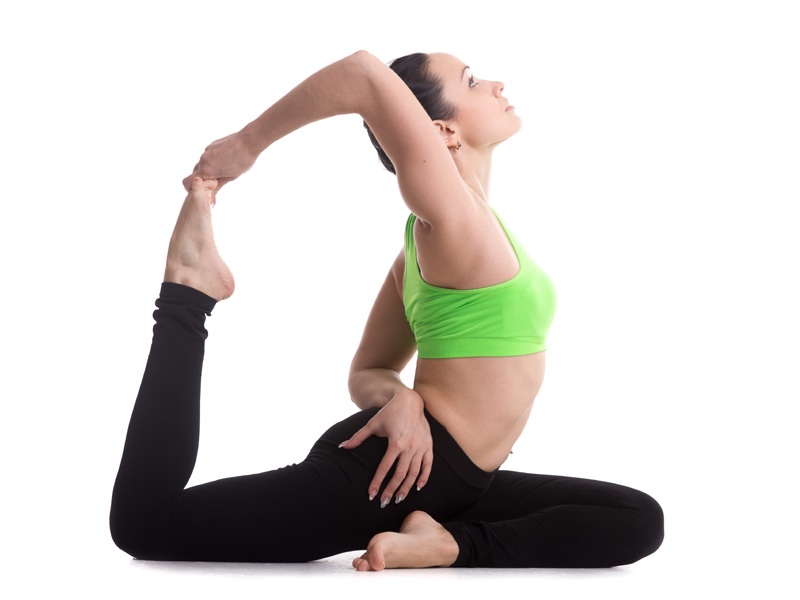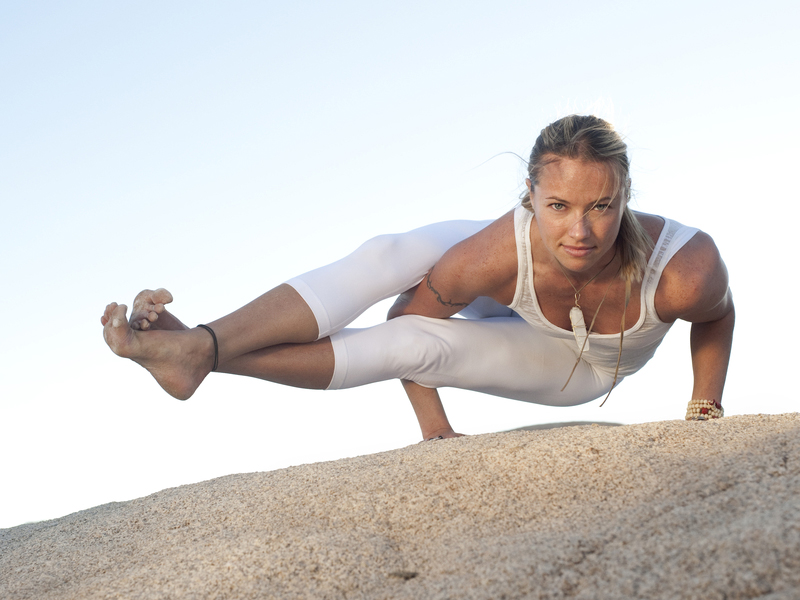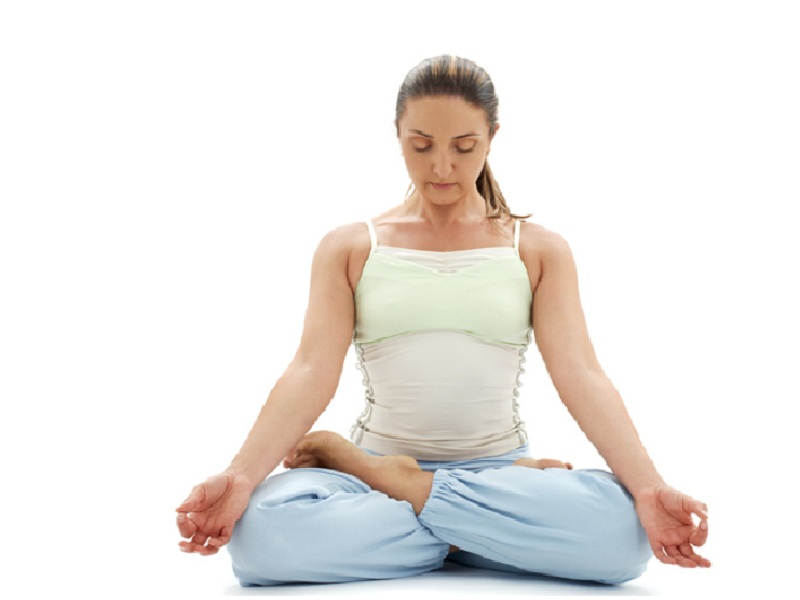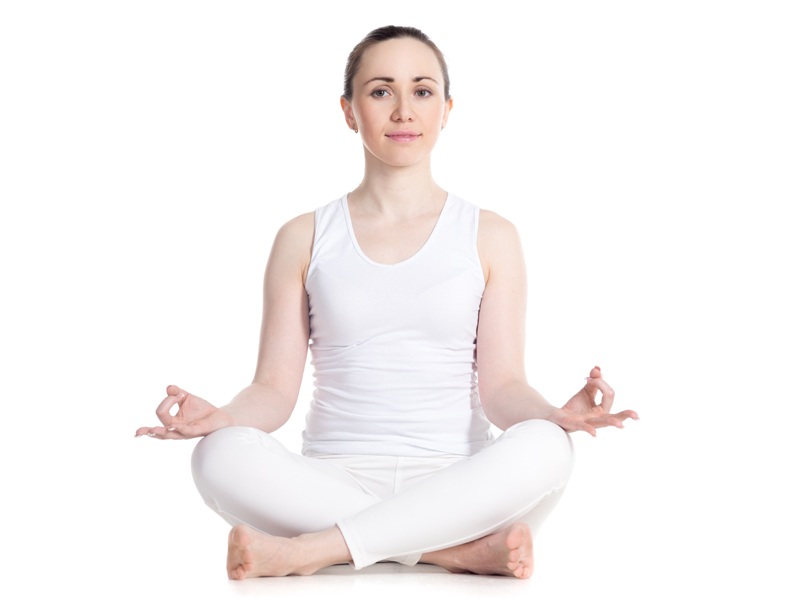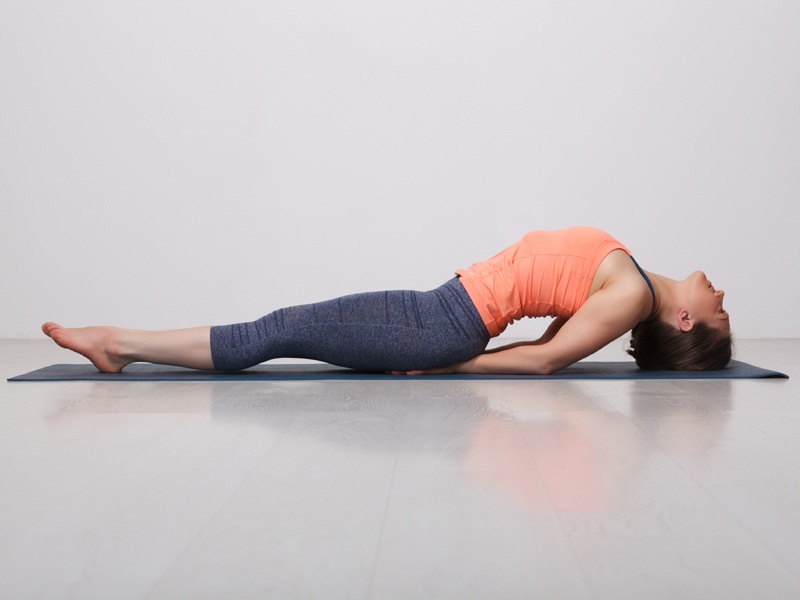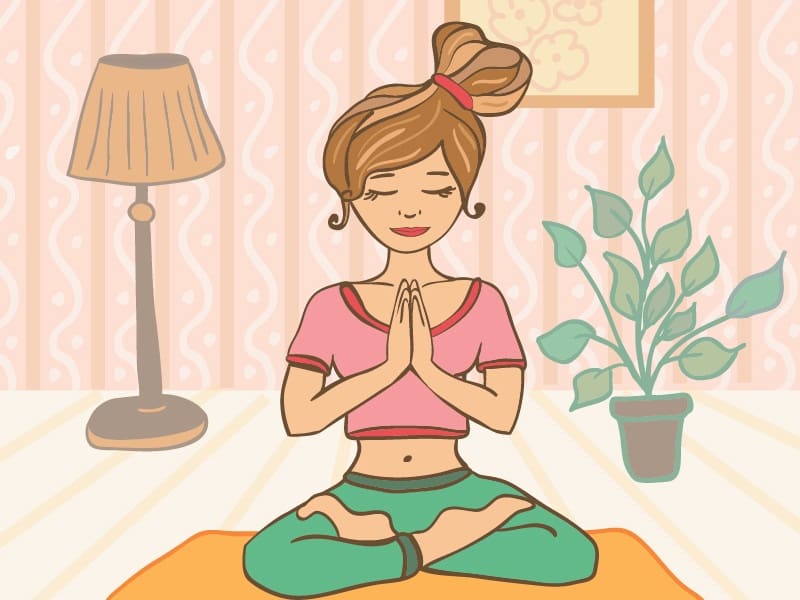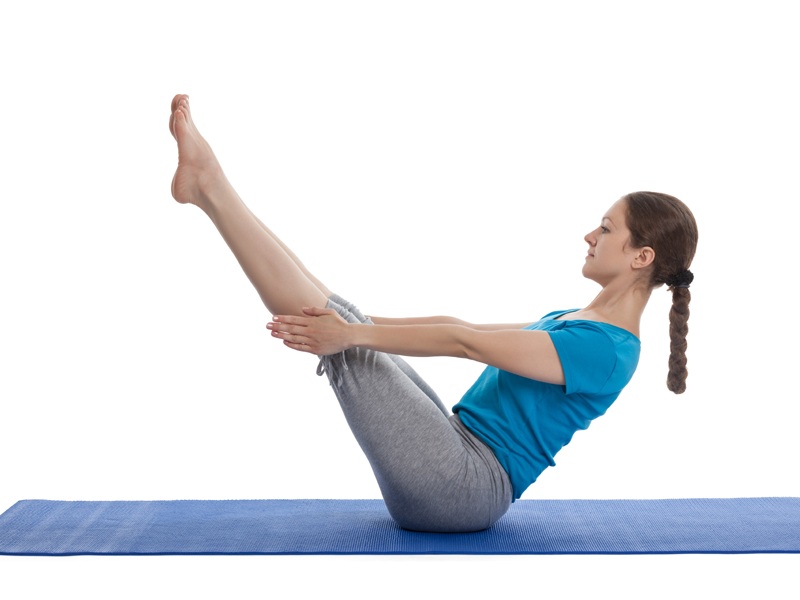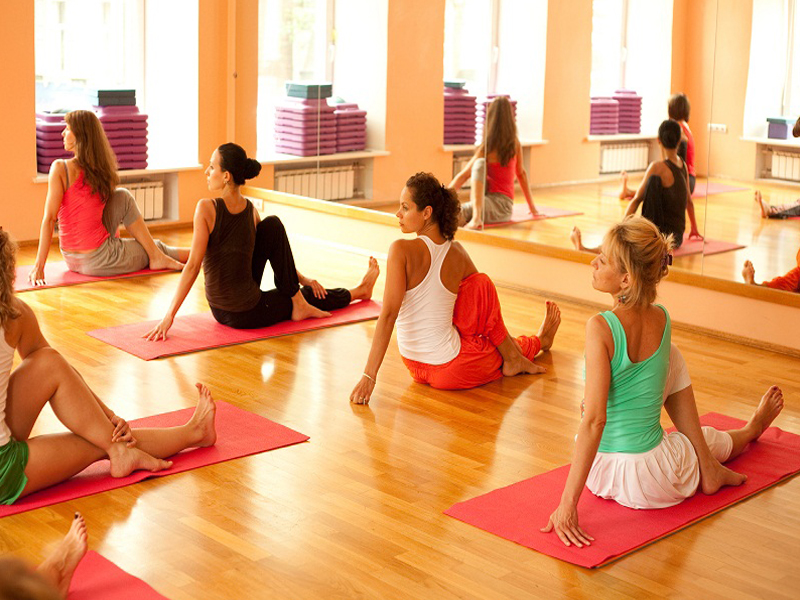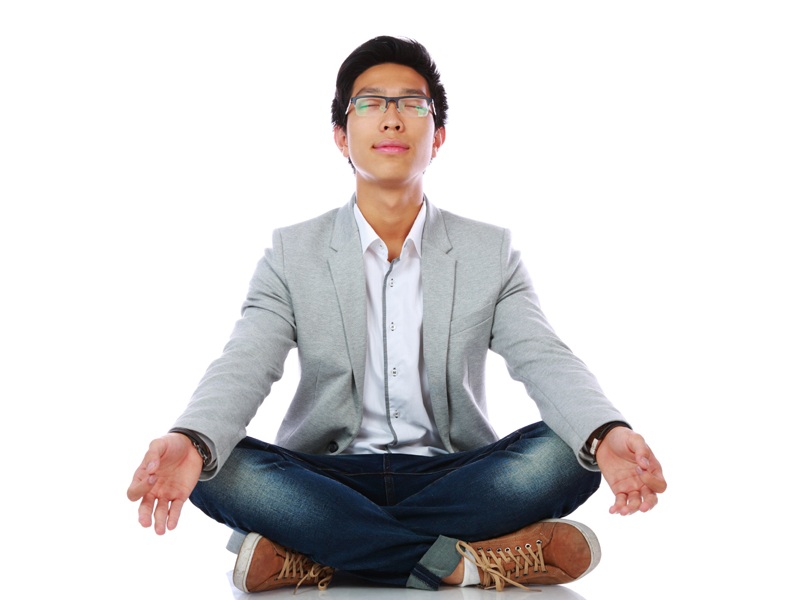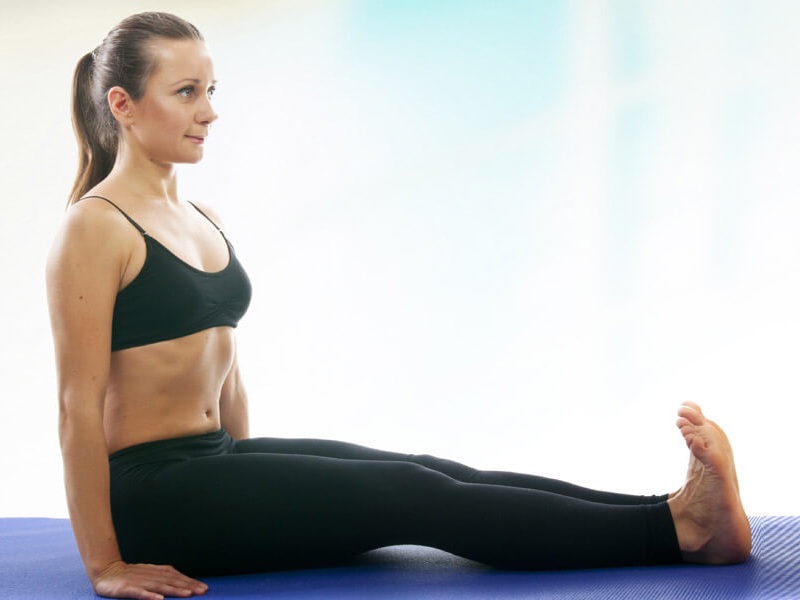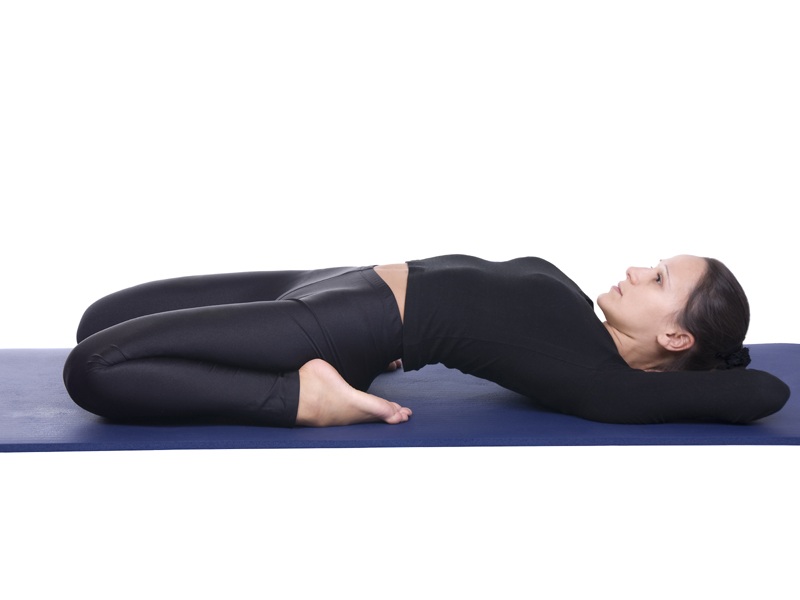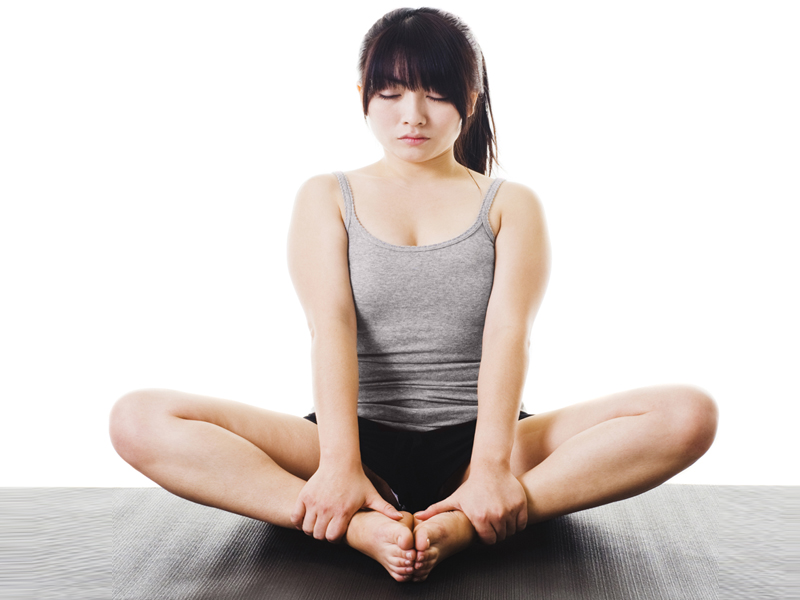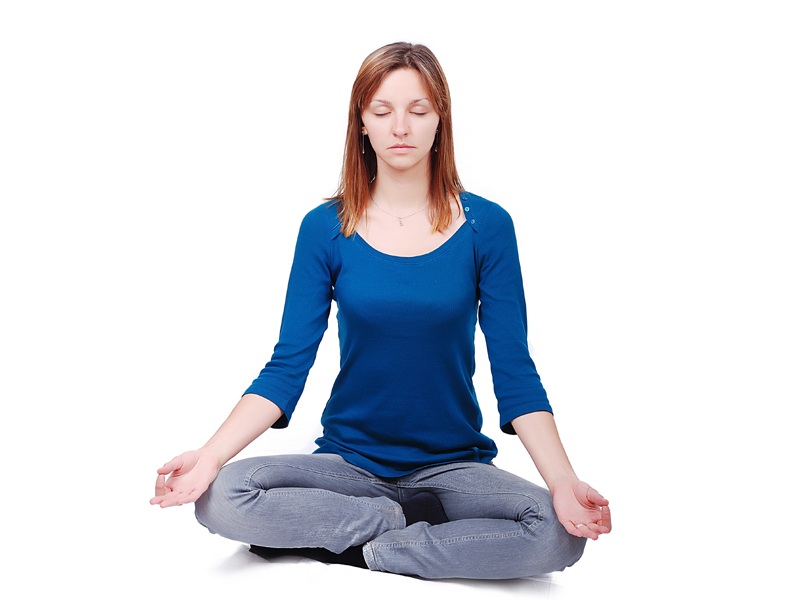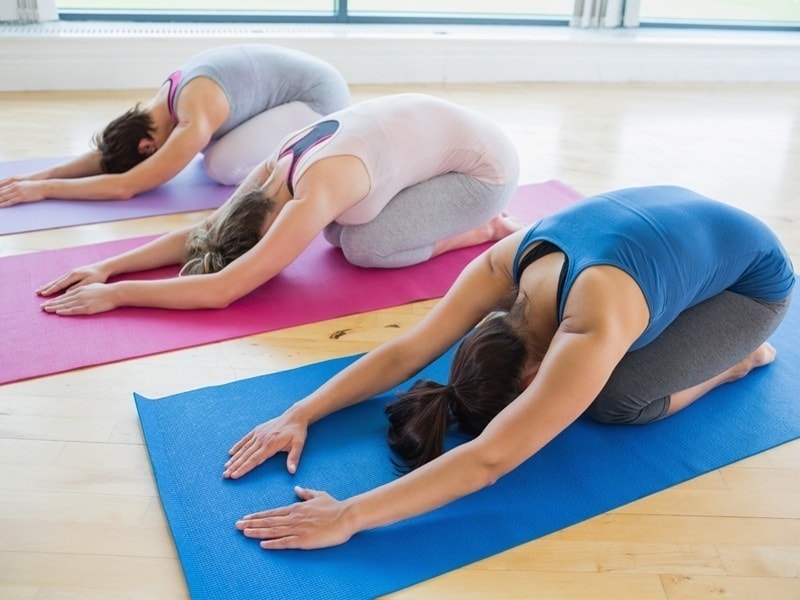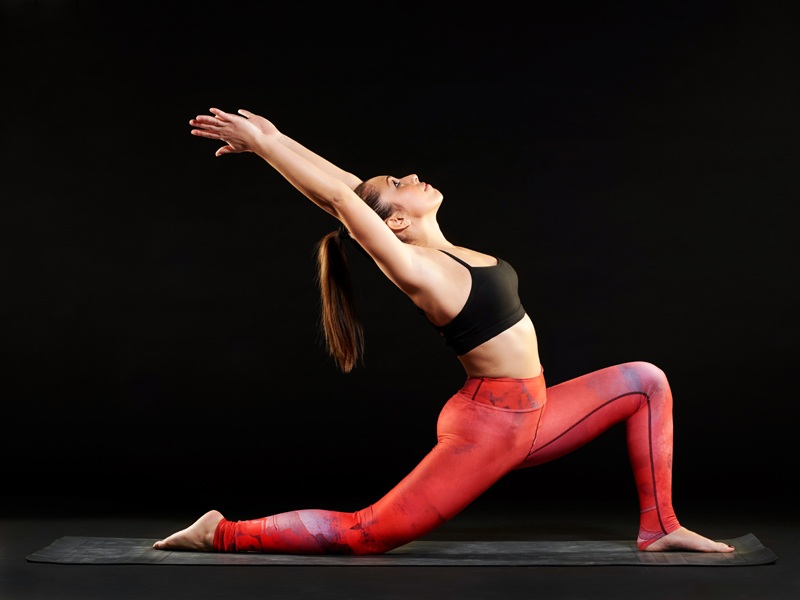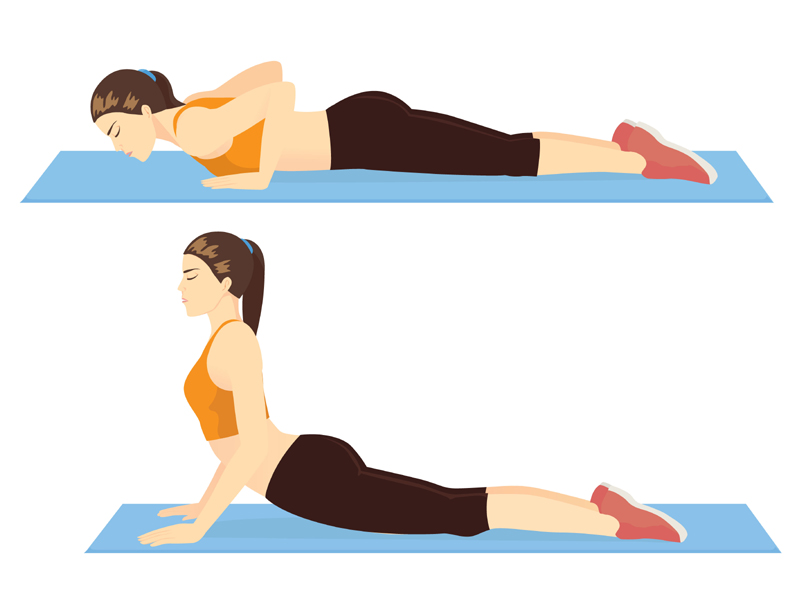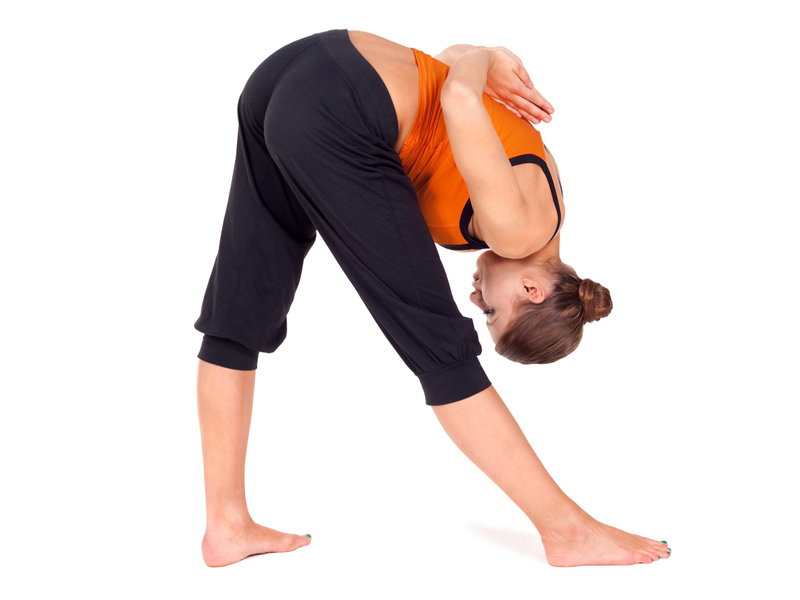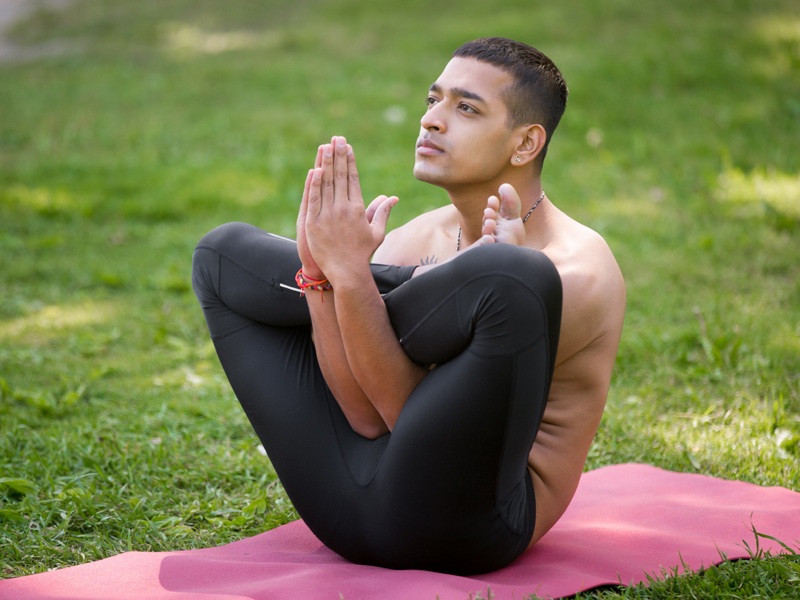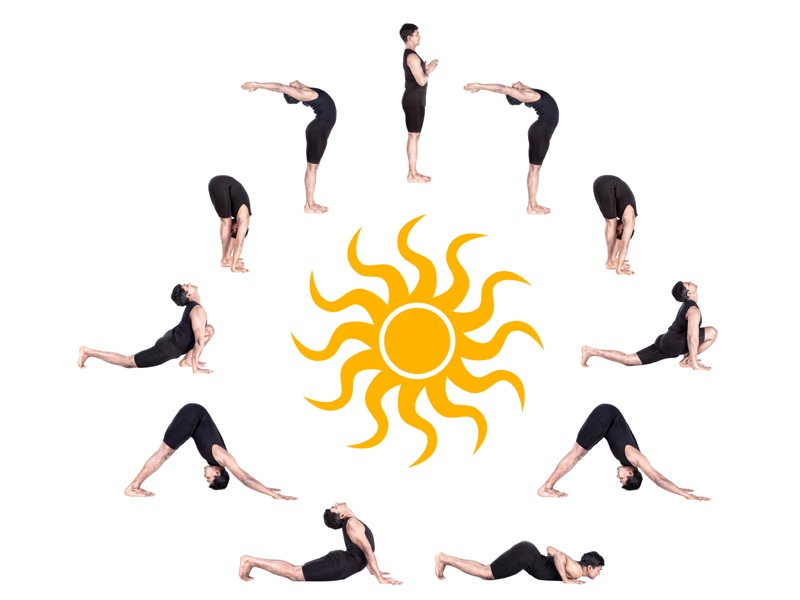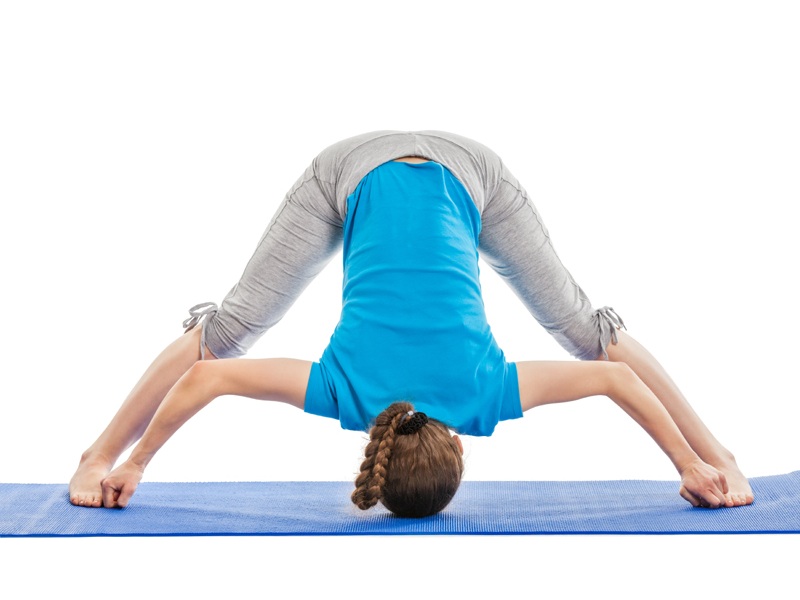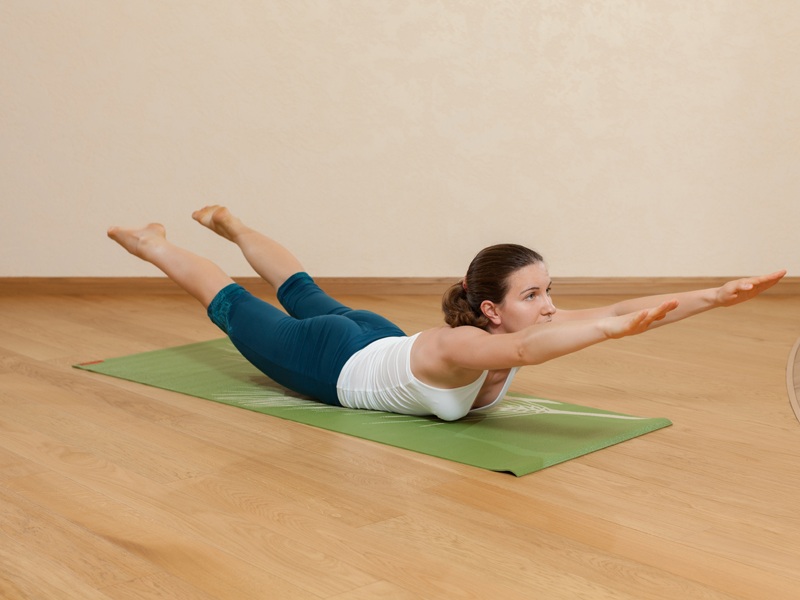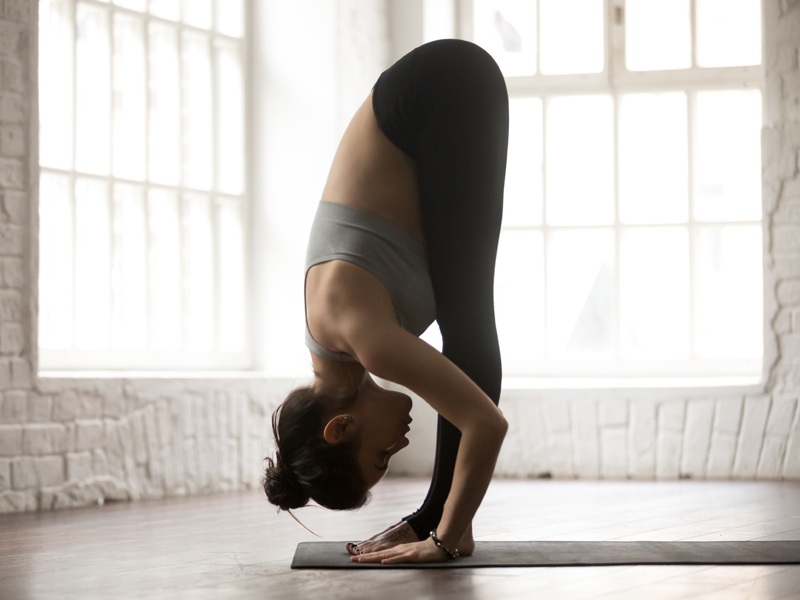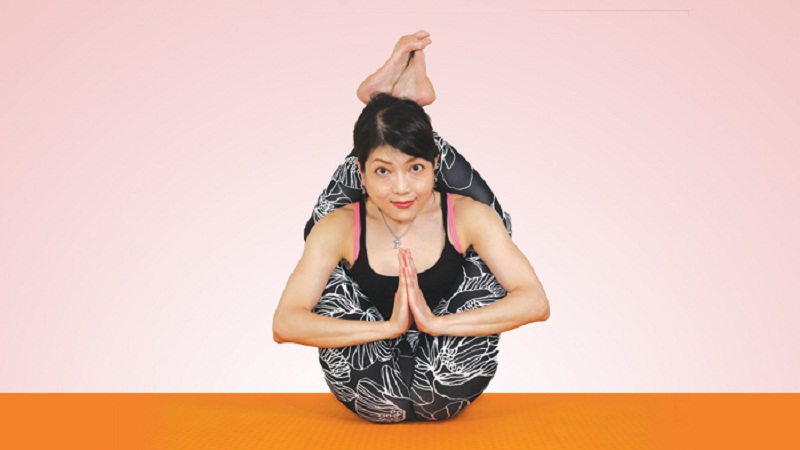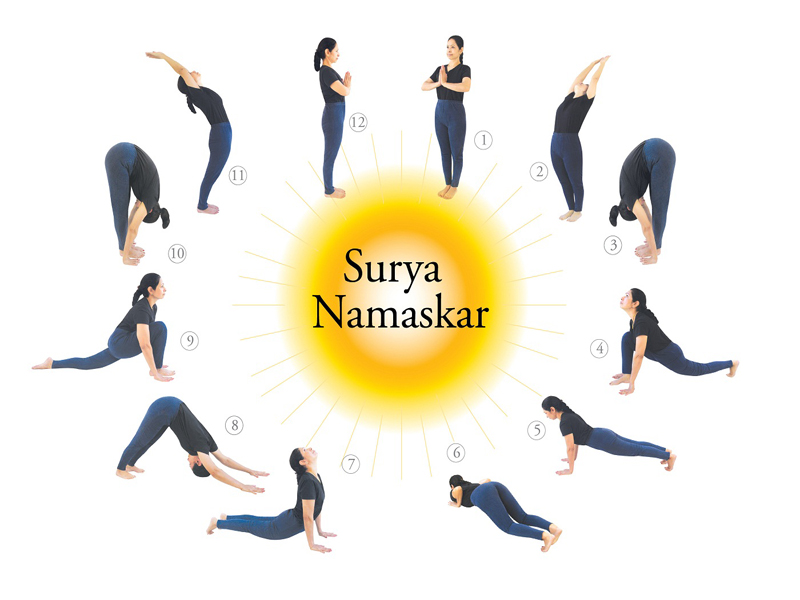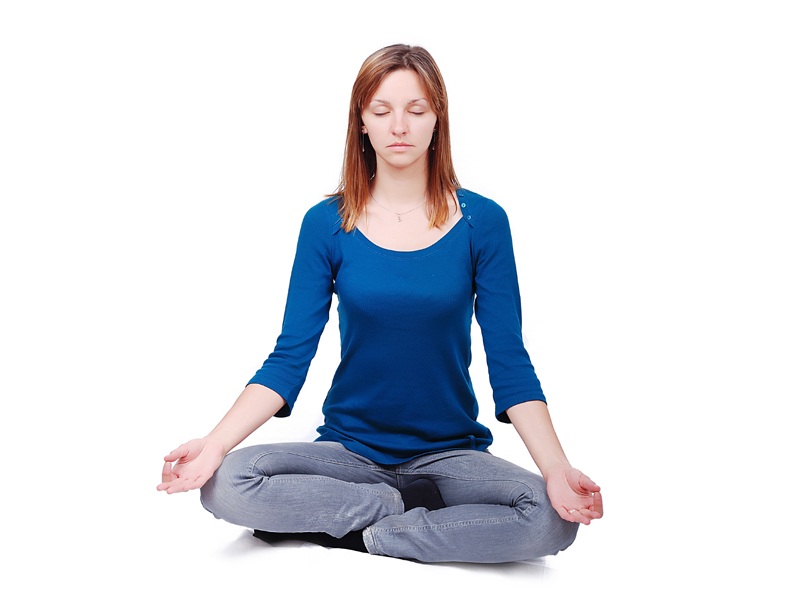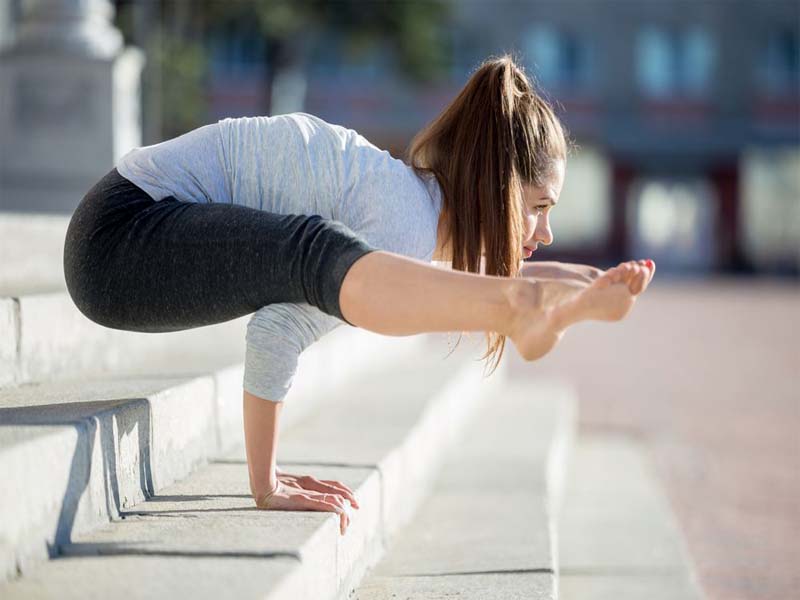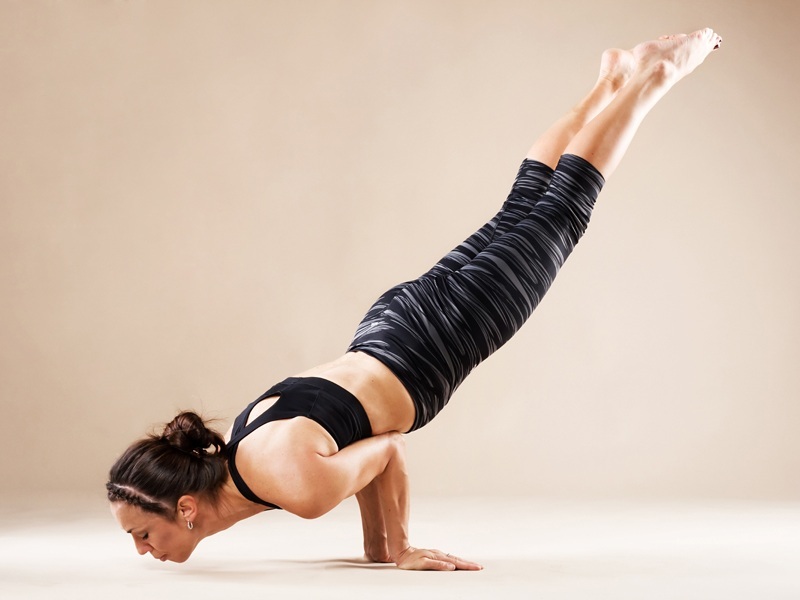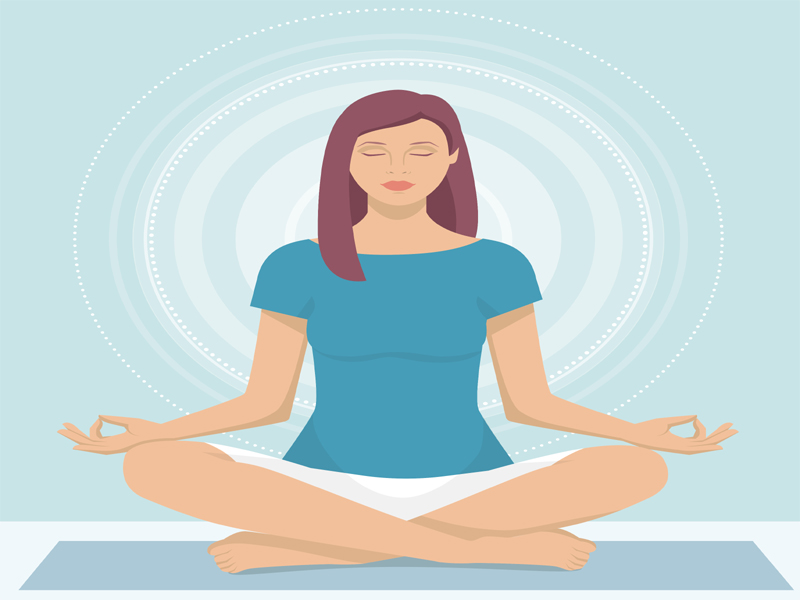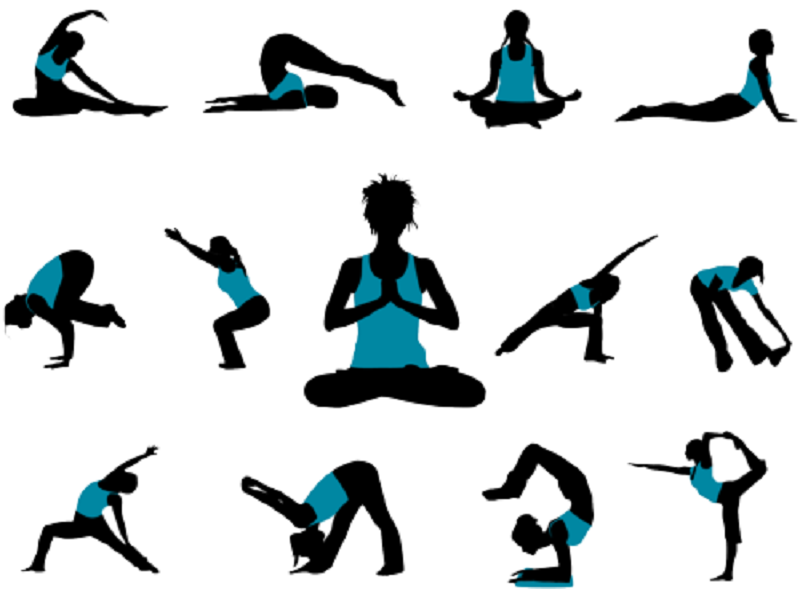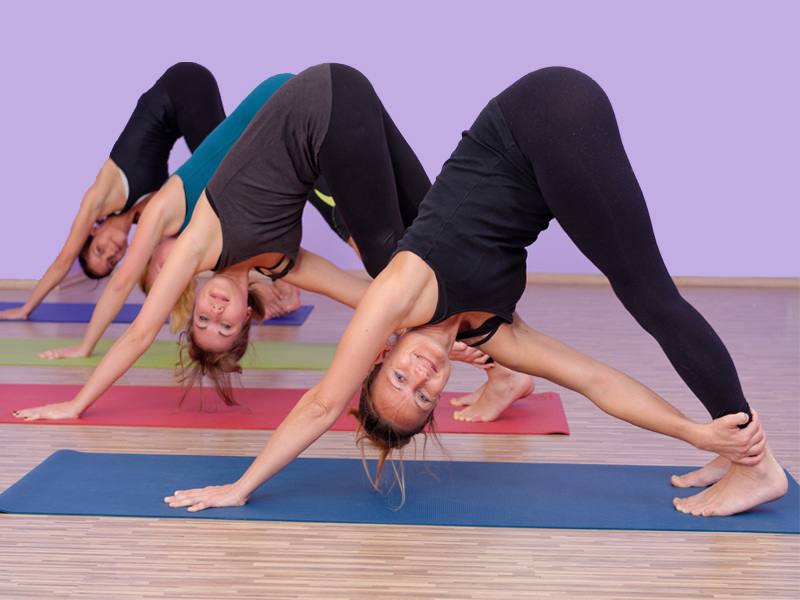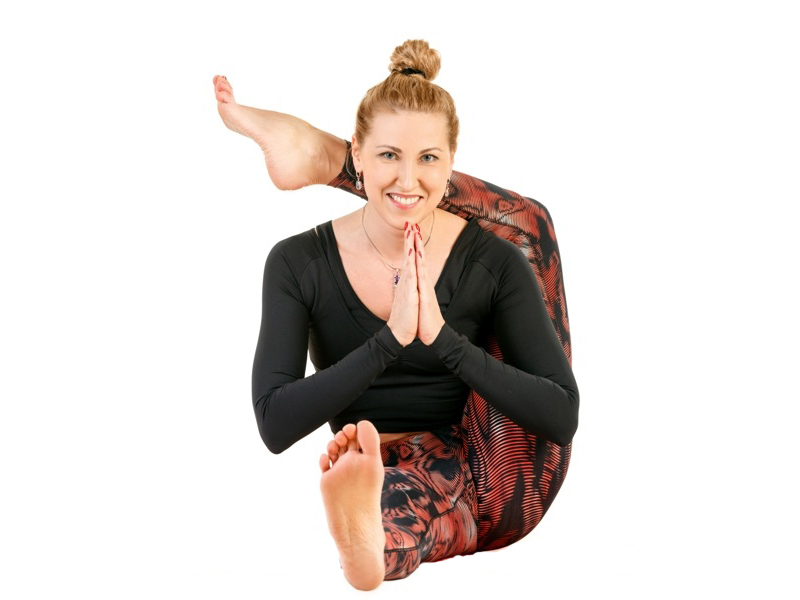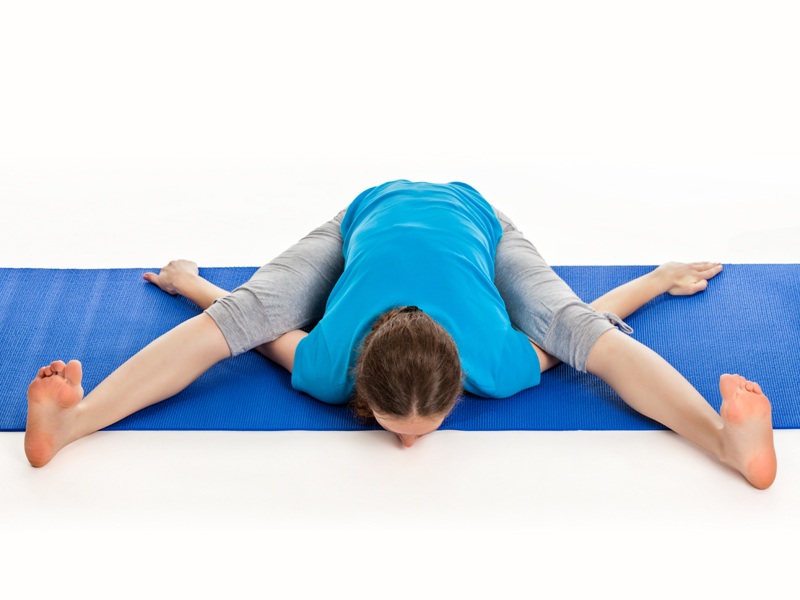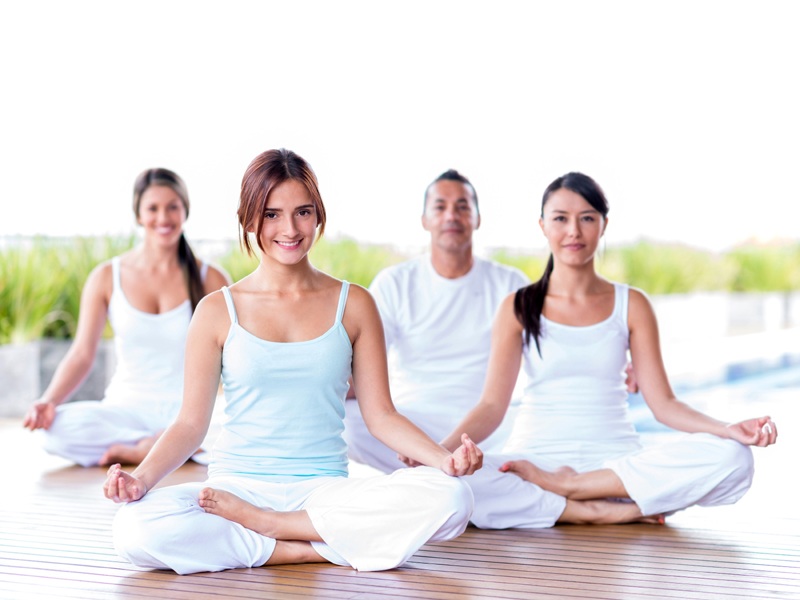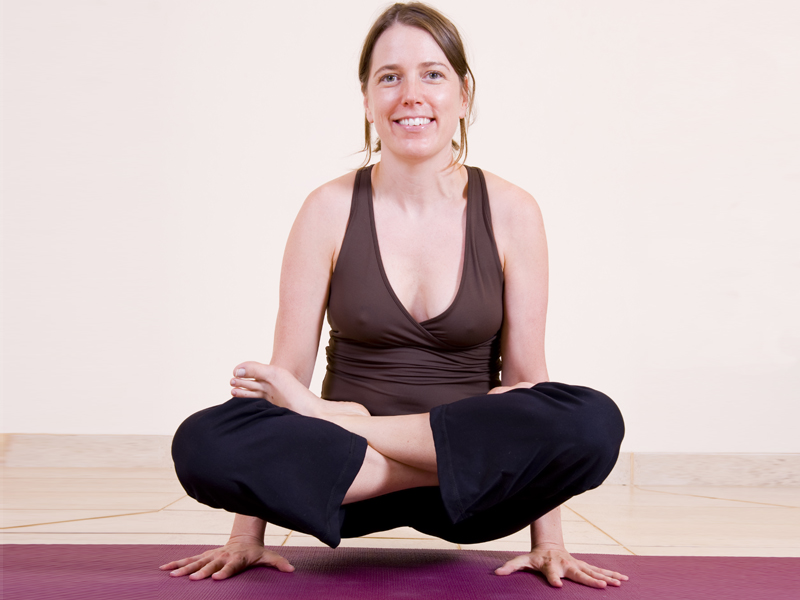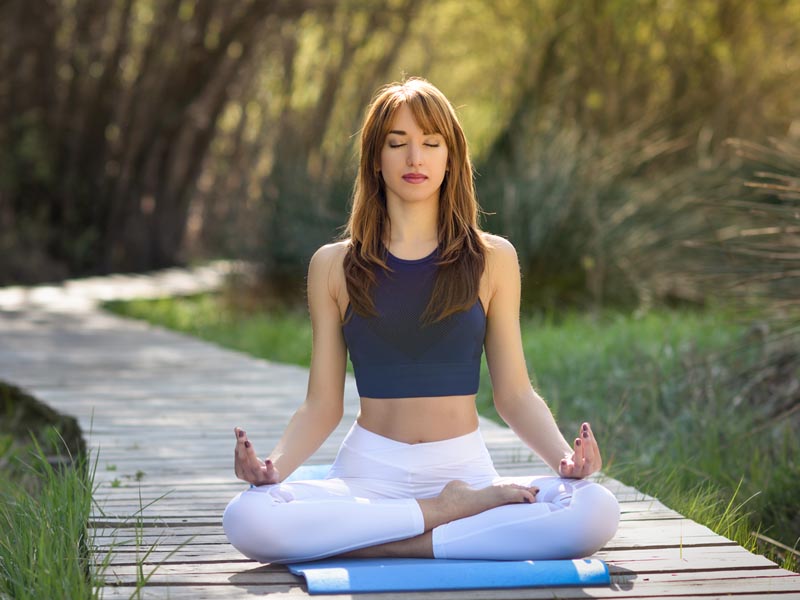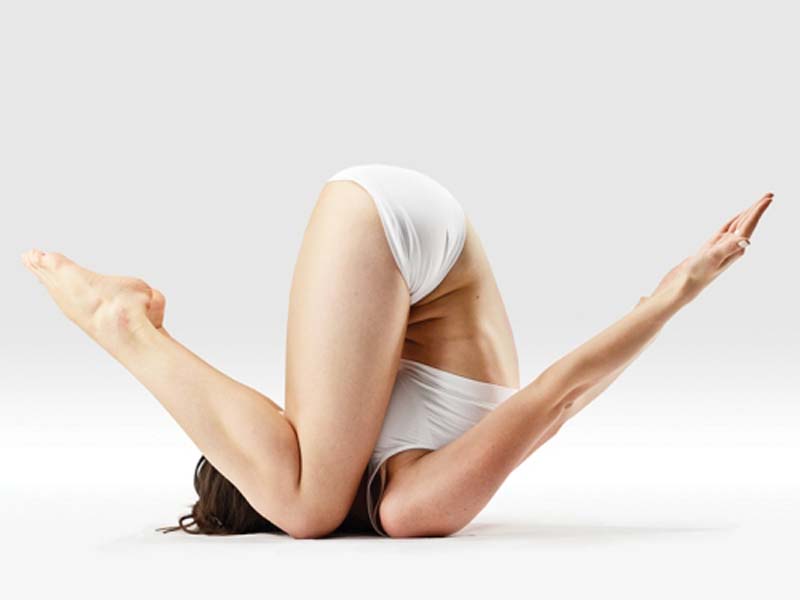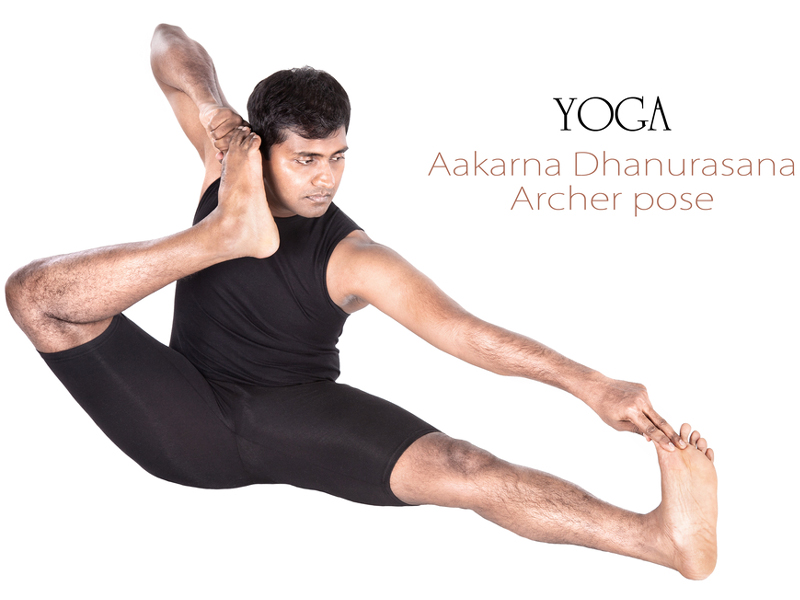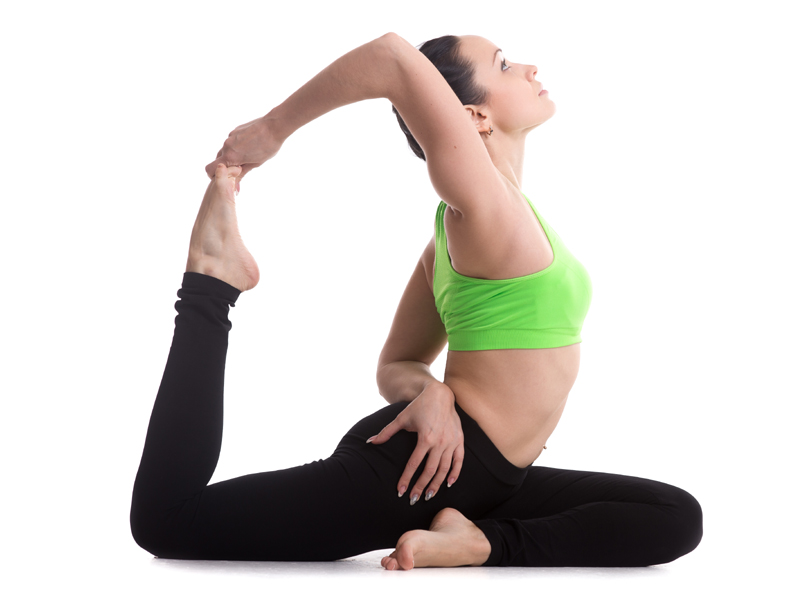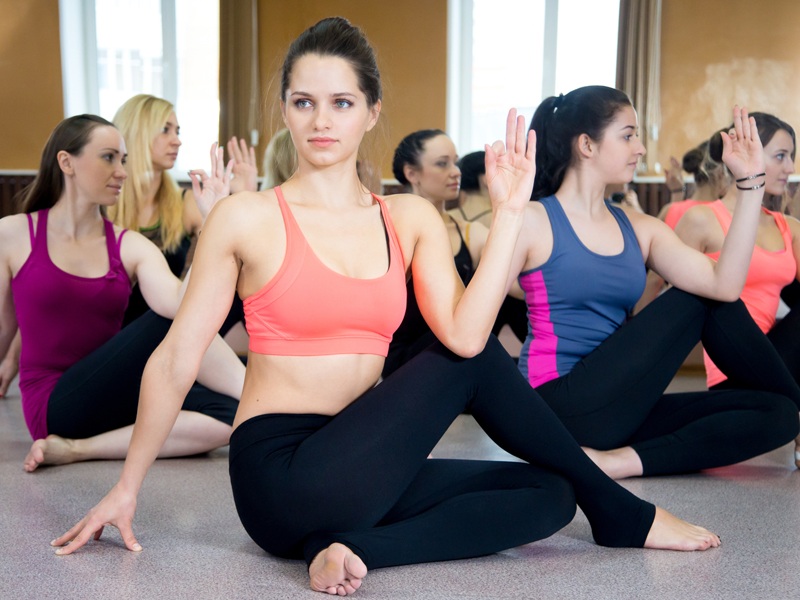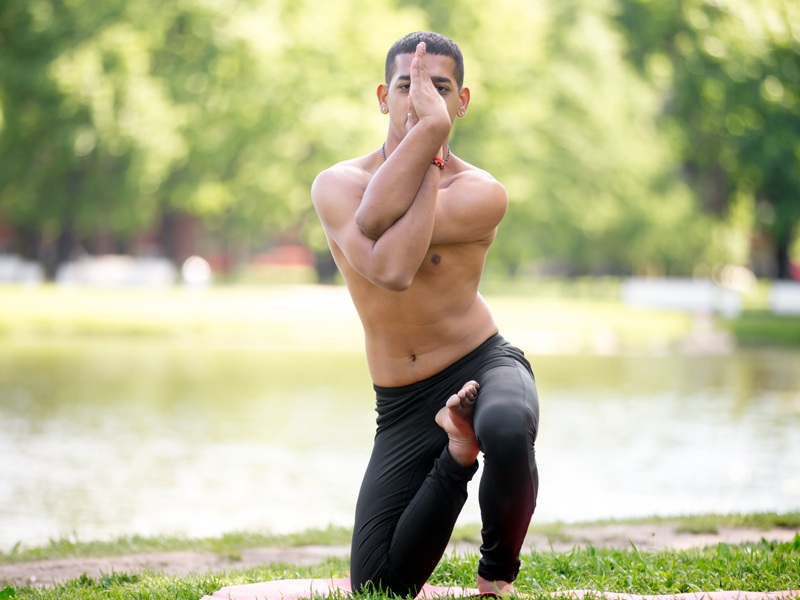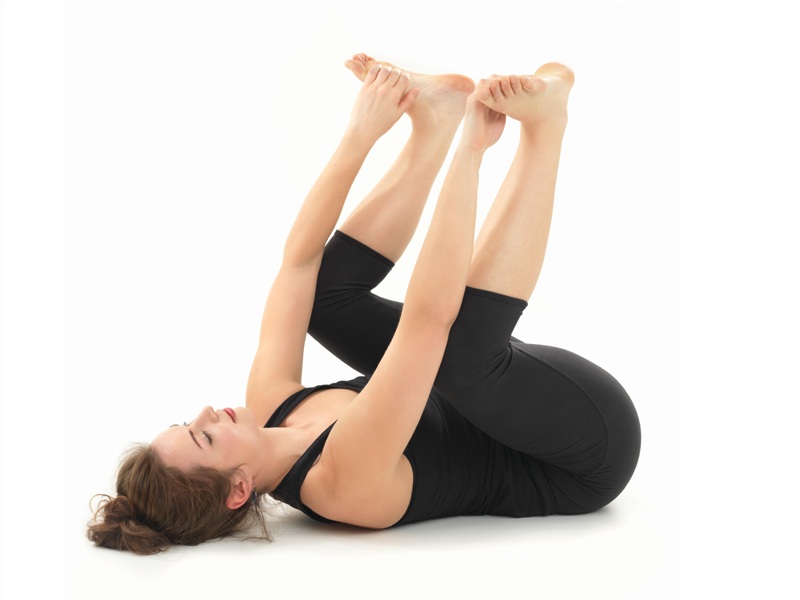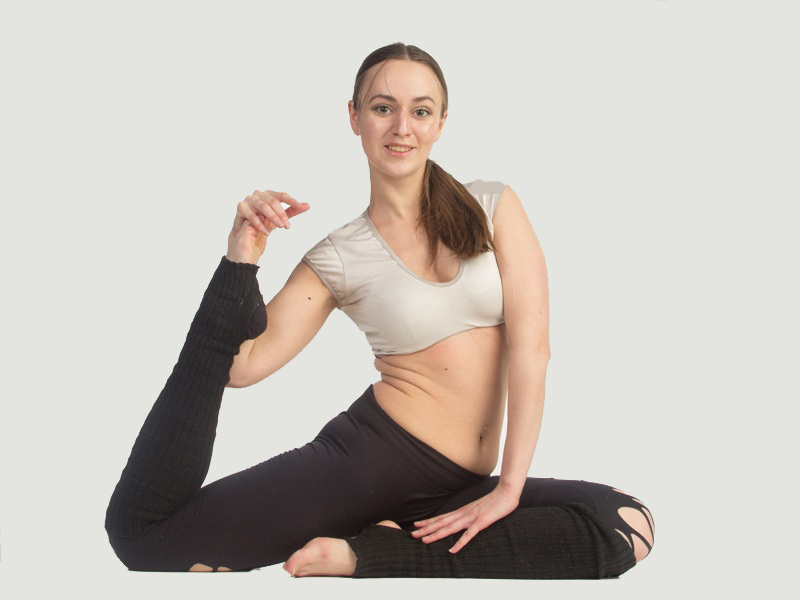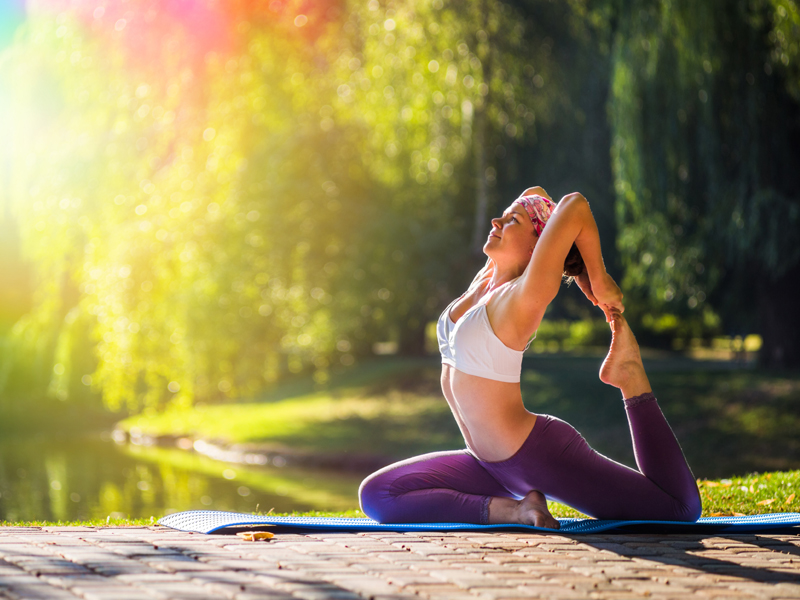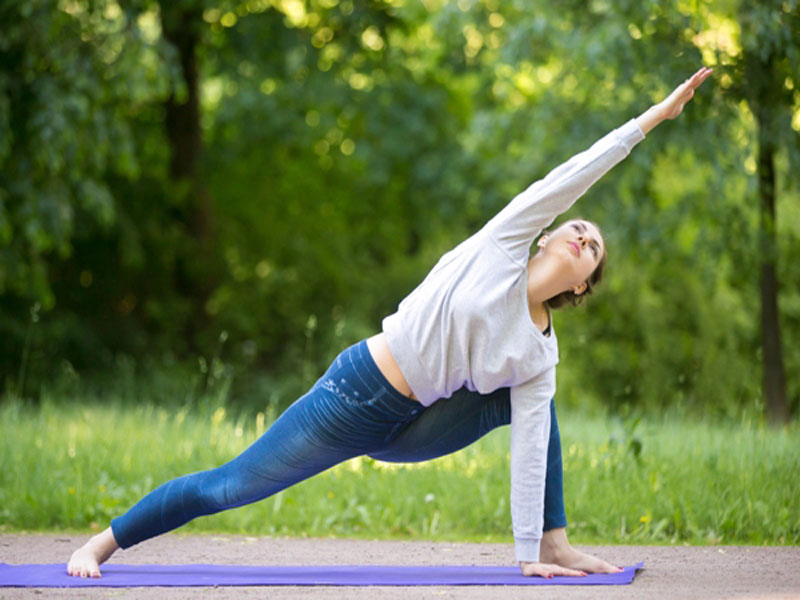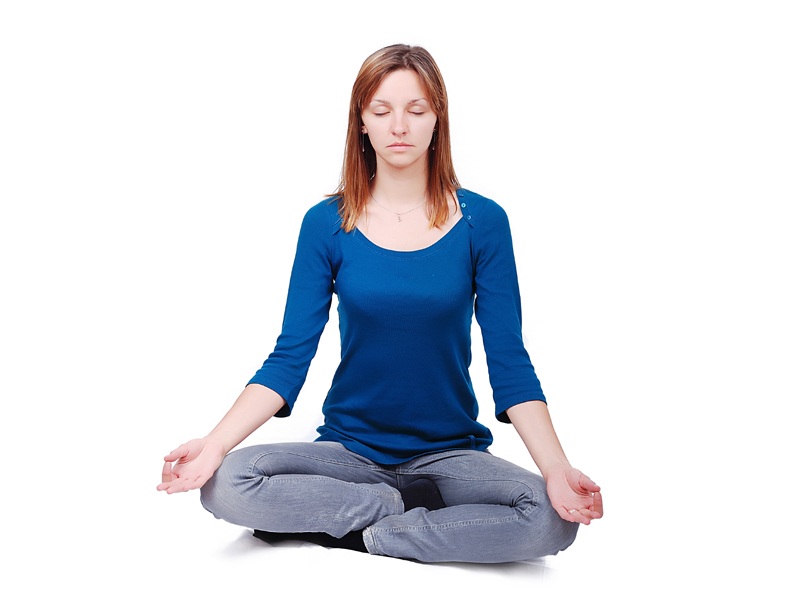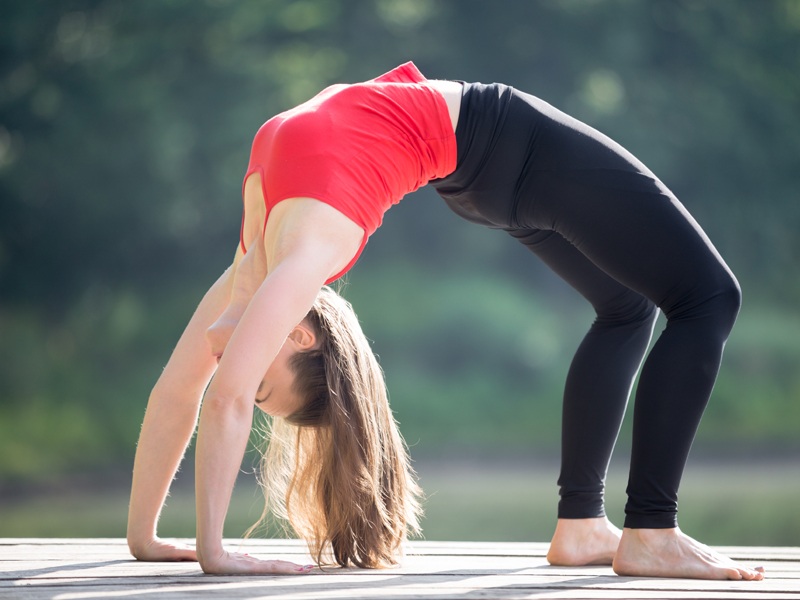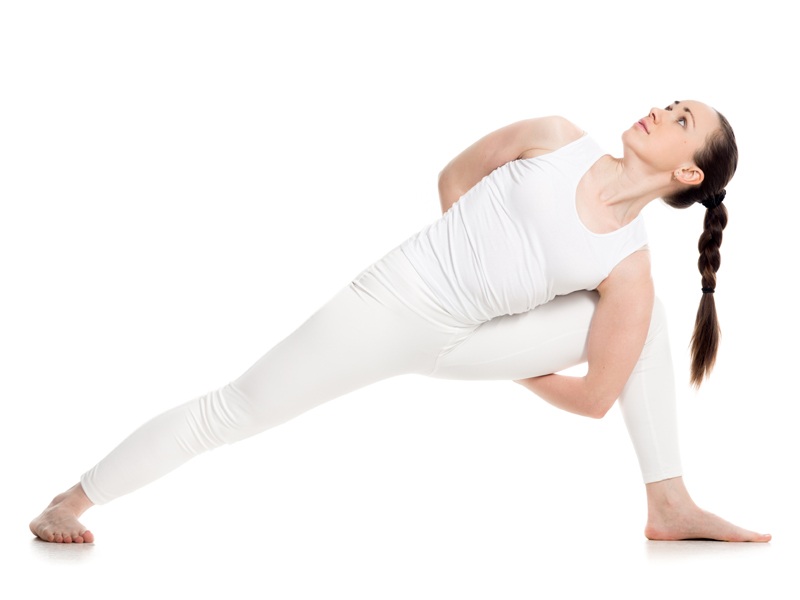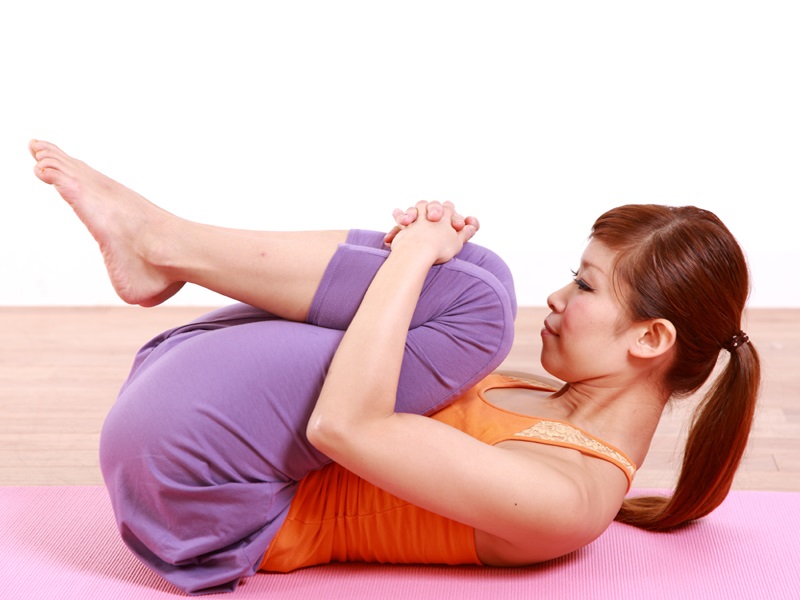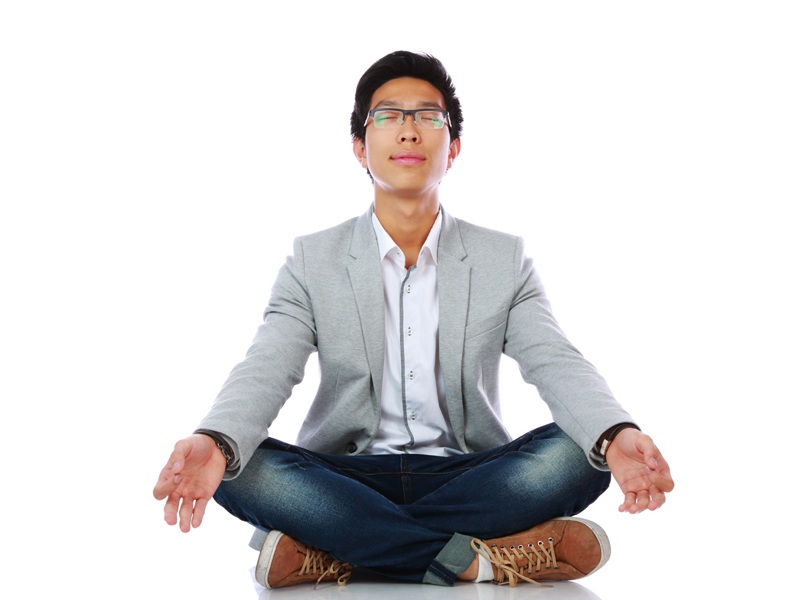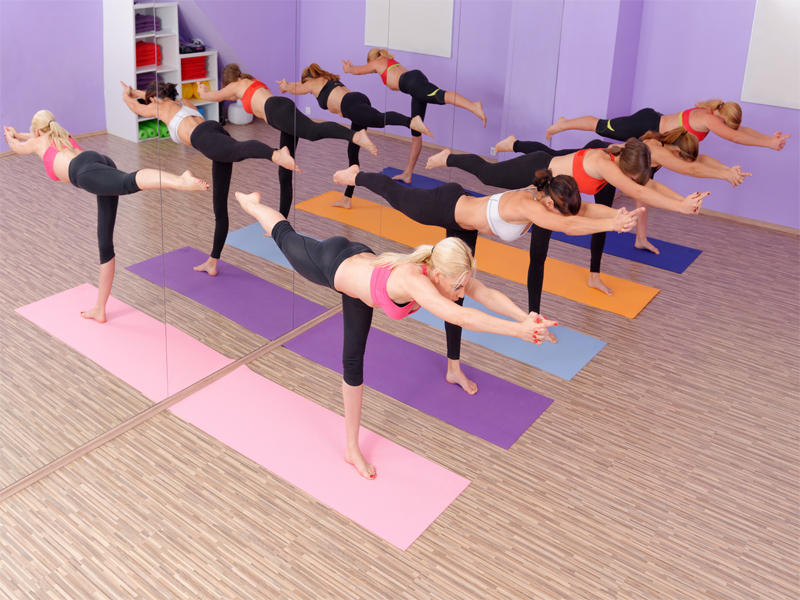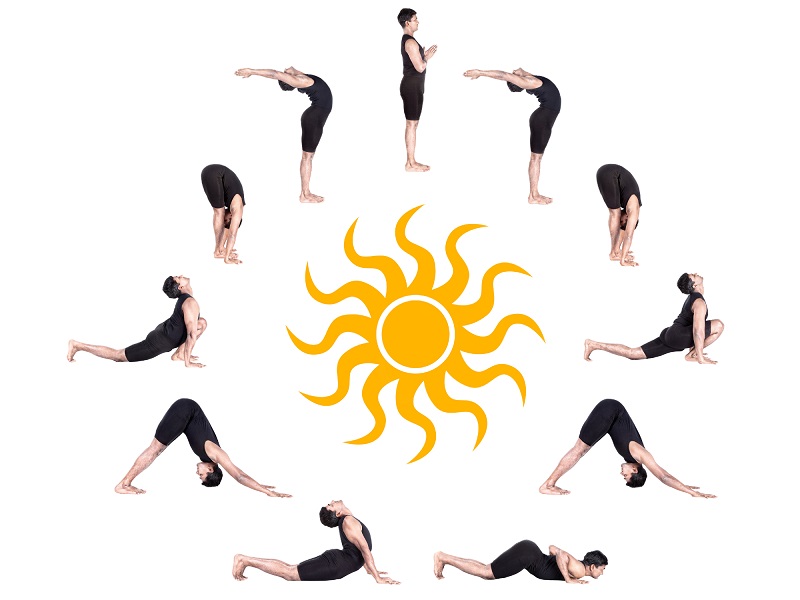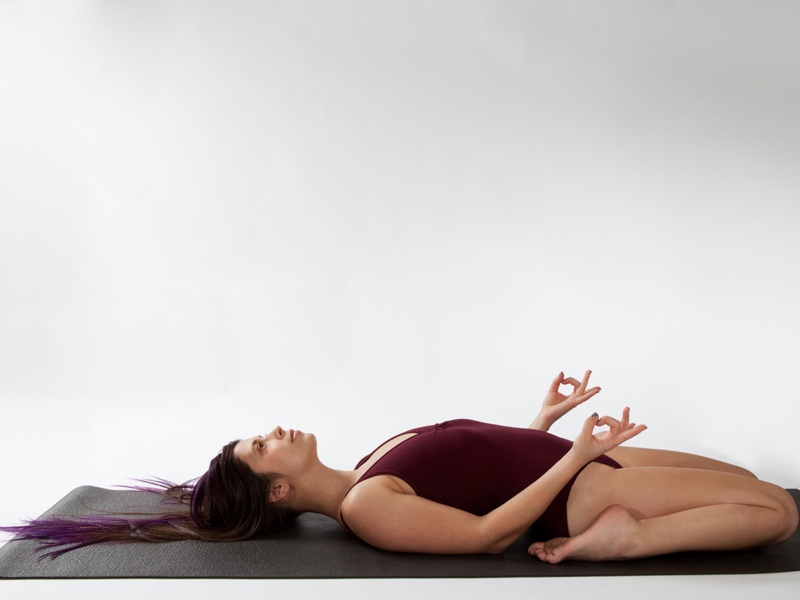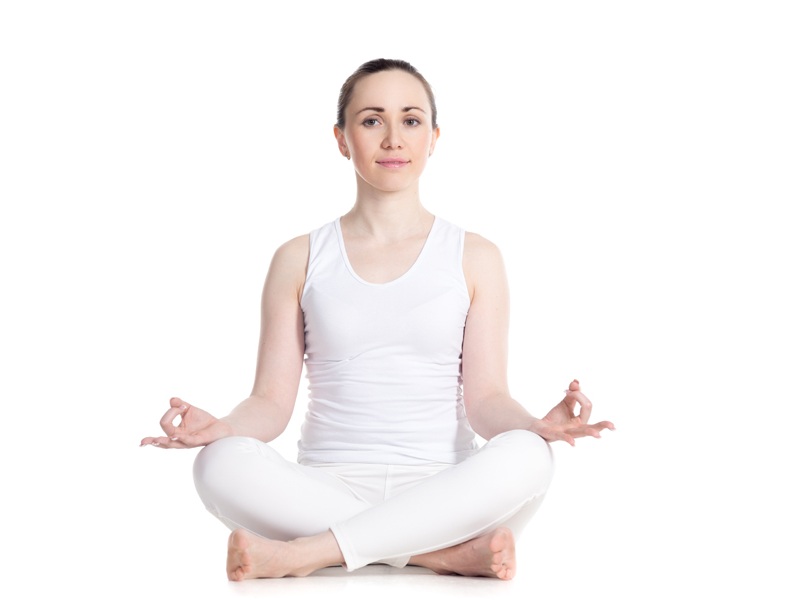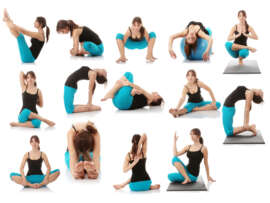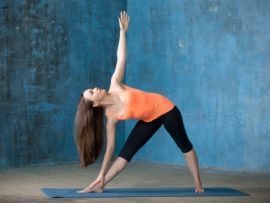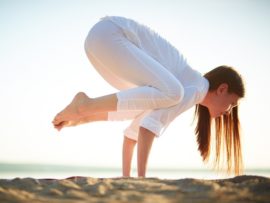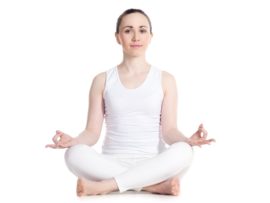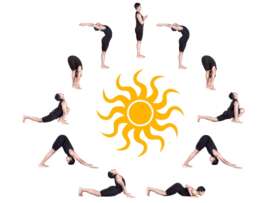Dhanurasana is the asana that involves back bending. This is one of the important asanas in hatha yoga and also forms the part of modern yoga. As the final pose looks like a Dhanus or a bow the asana is named as Dhanurasana (in Sanskrit: धनुरासन Dhanur means bow) and is more famously known as the bow pose. Whether weight loss is the goal or dealing with your back pain is what you are looking for Dhanurasana can help you with it all. Though very easy to practice and master, one should not underestimate the powers of Dhanurasana. In this article, we will share all the information about Dhanurasana and also tell you about the various variations possible.
What is Dhanurasana?
The name Dhanurasana originated from Sanskrit. It means “Dhanur” or Bow, “Asana” or Pose. Simply put, Dhanurasana means bow pose. It is one of the easiest poses of Hatha yoga and is rightly called as bow pose, as it makes the body shape like a bow. Dhanurasana information not only strengthens the spinal column but also stretches the thighs, abdominal area, biceps, hips, and groin areas. It is a back-bending yoga pose that can offer numerous benefits to the body. Read along to know the Dhanurasana steps and benefits.
Benefits Of Dhanurasana:
Before we see about dhanurasana steps with pictures, let us see the benefits. The bow pose asana has many benefits to the body. Along with spine strengthening, it has numerous other benefits. Following are the various advantages of Dhanurasana:
- It is quite an effective asana for weight loss.
- It stimulates appetite and improves digestion.
- And also cures constipation.
- People with respiratory problems can get improved breathing conditions.
- It stimulates reproductive organs.
- The asana can also stimulate the pancreas to help better production of insulin.
- It improves balance and posture.
- The pose is a great stress reliever.
Steps To Do Dhanurasana Yoga (Bow Pose), Tips And Benefits:
Here are dhanurasana yoga steps and how to do, along with the picture of dhanurasana.
How to do Dhanurasana Bow Pose – Simple Steps:
How to do a bow exactly? And How to achieve this pose? Here is how.
- Begin this dhanurasana yoga pose by lying down on your belly with hands on either side of your torso, with palms facing upwards.
- Now while exhaling, bend your knees and bring your heels as close to your buttocks as possible.
- From this position, try to take hold of your ankles by reaching out your hands. Do not try to grasp the top of the feet.
- While doing so, ensure that the knees do not widen more than the width of your hips. Maintain them at hip-width throughout the whole pose.
- Inhaling strongly, take your heels away from the buttocks also ensuring that the thighs are lifted off of the floor.
- This would necessitate you to lift your upper torso and head off the floor.
- Keep your back muscles soft and keep your tailbone burrowed down to the floor.
- Now, with your heels and thighs lifted up higher, force the shoulder blades very firmly against your back. This would hence result in opening the heart.
- Also, the top of your shoulders would be pulled away from your ears. While in this position, gaze forward.
- Although breathing might be difficult in this pose, with the belly pressed to the floor, breathe as much as you can into the back of your torso.
- Remain in this position for 20 to 30 seconds. Then slowly go back to the original position, lying quietly for a few breaths. Repeat the pose once again once or twice to benefit better.
[See More: Akarna Dhanurasana]
Dhanurasana Yoga Tips for Starters:
If you a newbie to Yoga, these simple tips can help you perform well. Check out the tips of bow pose for beginners:
- Always ensure you have a good grip on your feet.
- Tighten your muscles when you do the stretch, as it can improve your flexibility.
- Start the pose slowly with just 2 counts and gradually increase the number.
- Force your shoulders back and try to hold them for as long as possible.
- Balance your body weight on the abdomen for the effective pose.
- Lifting the muscles in the abdomen and thighs can help you maintain the posture.
- You may use a strap to wrap the front of your ankles if it is difficult to hold the ankles directly.
- While doing so, hold the free ends of the strap, with the arms fully extended.
- You may also experience difficulty lifting your thighs from the floor.
- You can use a rolled-up blanket to support your thighs to give you an upward boost.
Preparatory and Follow-Up Pose for Bow Pose:
Some of the bow pose variations that would prepare you to perform yoga asanas dhanurasana are bhujangasana, virasana, sputa vriksasana. The poses which you can follow up for this pose are matsyasana, urdhva dhanurasana, urdhva Mukhasvanasana.
Partner To The Rescue In Dhanurasana:
It is not necessary that you perform dhanurasana on your own. You can also team up with a friend or a yoga enthusiast for double the fun. When you enlist the help of a partner, you will be able to prepare well for when actually attempting to perform dhanurasana. You will need to first lie on your thighs and give your legs a boost slowly to avoid injuries or sprains. If you have trouble propping yourself up, ask your partner to give you a helping hand. Sometimes, when you have someone to prop you up, you may get the extra push required to follow through with the position. If you learn to master the pose, dhanurasana benefits are plenty.
You can ask your partner to kneel behind you, on the floor. Your partner will be able to support you by using his or her knees to prop up your outer knees. This should be followed by you inhaling and then lifting your upper torso off the floor by moving your heels away from the rear. However, ensure that your thighs are on the floor as support. Your partner will need to help you out with the next part of the exercise – taking hold of the back of your ankles. The partner should ensure that he or she firmly supports the ankles to allow you to be as flexible as possible.
When you have the support of your partner, you will be able to balance your torso properly. However, ensure that your partner does not pull you further into the pose. Do not exert yourself to prove a point to yourself. Only when you are ready should you lift yourself up. Your partner is there for support. However, you will be required to do all the hard work. If at first, you find the bow pose benefits difficult, ask your partner to give you a little extra support. When you come to terms with the demands of the pose, work into it slowly. There is always scope for mastering the pose when you have the support of a partner. If your partner needs to try the pose, offer assistance.
Modifications for Bow Pose:
- The knees must be very comfortable while doing this pose. In case, you happen to experience discomfort or pain, ensure that the feet are strongly flexed and knees do not deviate outside the hip-width.
- Sometimes you may feel a pinch in the lower back. In that case, go back to original and start over by stressing on the elongation of the spine. If there is still pain, it is better to perform a variation called one-sided bow pose. The pinch may be caused due to tight quadriceps or hip flexors.
- Sometimes, despite your best efforts, you might not always succeed at mastering the bow pose. However, all hope is not lost as there is a variation to the pose, known as Parsva (parsva = flank) Dhanurasana. You have to perform dhanurasana according to the instructions which have already been given. However, the change comes when you are expected to dip your right shoulder directed at the floor with an exhalation. Your left foot will need to be tugged to the right with a strong effort. This will be followed by you rolling onto the right side of your body.
Be warned; it is not a cakewalk. In fact, a number of students have a difficult time rolling onto the side on the first attempt. The benefits of dhanurasana and its variations do not come easy. Never give up. You can always practice rolling onto your side without catching hold of your ankles. All you need to do is bend your knees and use the support of your hands to get the rolling movement right. Stay on the right side for 20 to 30 seconds, before exhaling. Roll on your belly to the left. Stay on the left side for the same amount of time before rolling back onto the belly and exhaling. You will benefit from this variation -Parsva Dhanurasana. It will give your abdominal organs a soothing massage. Are you glad you have tried out something new?
[See More: Yoga At Home]
Simple Steps To Perform One-Sided Bow, Also Known As Parsva Dhanurasana:
- Begin similarly by lying on your stomach, but with your left elbow in front of you. Rest your forearm on the mat with the palm facing down. The right arm should be on your side, palm facing up.
- Roll your shoulders, also moving your shoulder blades, to your back. Touch the mat with the top part of your left foot so that all your toes touch the earth.
- Now only bend your right knee and grasp the ankle with your right hand, maintaining to keep the knee in line with the hip.
- Inhale while lengthening the spine and gently force the foot back into your hand. This would make your torso lift lightly.
- Breathe and stay in this pose for 20 seconds. Go back to the original and repeat the same with the other side.
Benefits of Dhanurasana Yoga:
What are dhanurasana yoga benefits? The term “dhanura” means bow in Sanskrit. Hence, dhanurasana is also known as Bow pose. The person who performs this pose looks very similar to an archer’s bow – the torso and the legs being the body of the bow, and the arms as the string. It is also sometimes known as Urdva Chakrasana, meaning upward wheel pose.
Physical Benefits Of Dhanurasana:
1. The pose helps to expand to the chest and the shoulders.
2. It stretches almost all parts of the front body, like the ankles, thighs, groins, throat, abdomen, chest, front shins, to name a few.
3. It helps to mobilize the spine.
4. It strengthens various parts of the body like:
- Gluteus muscles of the hip.
- Hamstrings at the back of the thigh.
- Lower back musculature.
5. It stimulates and also tones the abdominal organs and the neck.
[See More: Beginner Yoga Poses]
Therapeutic Benefits Of Bow Pose:
This asana is best for people with the following conditions:
- Asthma
- Respiratory conditions
- Anxiety, fatigue, and stress
- Backaches of mild forms
- Menstrual problems
Precautions for Dhanurasana:
One needs to understand the following Dhanurasana precautions before attempting it:
- This pose is not advisable for people who have previously had shoulder dislocations or shoulder impingement.
- Those with neck discomfort must refrain from performing this pose.
- If you have previously had a serious lower back injury, this pose must not be performed.
- People suffering from insomnia and migraine must not perform this pose.
- It is better to avoid this pose if you suffer from sacroiliac joint irritation.
- Never overstretch yourself. Respect your body and understand it’s limitations.
A yoga class for advanced learners should include the Dhanurasana pose. However, if you have never attempted the pose, consult a teacher before you undertake the challenge. With the right technique, this pose can be mastered in no time. It is also important to understand the challenges of any pose fully before attempting it. Dhanurasana is not very easy to attempt for beginners. One needs to understand the bow pose yoga asana fully and try it with a low count. With regular practice, you can increase the counts to attain maximum benefits.
Thus the aforesaid is the way in which you can practice and master Dhanurasana with its variations and also the various benefits one can reap by regularly practising the same. If fitness is your goal, then this is one asana you should definitely not miss upon. Though it will not take much of your time practising the same, the benefits that you can get is far beyond expectations. Try it out for yourself to judge better. Do share with us your experience and results in the comments below.
[See More: Bhujangasana Yoga]
Frequently Asked Questions and Answers:
Q1. How Can I Improve My Bow Pose?
Ans: Bow pose is a simple yet effective pose in yoga that strengthens the entire back while opening up the front of the body. To improve upon your bow pose and be able to do it perfectly, the following steps must be followed:
- Lie flat slowly on your stomach with your arms at the side of the body and palms facing towards the sky.
- Now bend your knees and flex your feet and while taking a deep breath in lift your chest.
- Reach your arms back to reach the ankle of your feet.
- Make sure your knees are hip apart.
- Pull your body up as much as you can and hold.
Q2. How Often Should Beginners Practice Yoga?
Ans: Yoga is a brilliant form of exercise with immense benefits. Even if you practice yoga just once a week, you will soon be able to see its positive results. As a beginner, it is strongly advisable that you should practice yoga atleast 3-4 times a week with each session lasting for atleast one hour. With practice, this duration should slowly be increased to 6-7 times a week for 60 to 90 minutes.
Q3. How to Do Upward Bow Pose in Yoga?
Ans: The upward bow pose is also known as the wheel pose or Chakrasana. The following are the steps for doing the same:
- Lie down flat on your back and keep your hands by your side.
- Fold your legs from your knees and arms from your elbows and place them near your ears so that the palms touch the ground.
- Press your palms and feet on the ground strongly and lift your back towards the ceiling.
- Pull your legs inside to arch your back as much as you can.
Q4. How Can One Get Better at Yoga Fast?
Ans: The following are the steps that will help you get better at yoga fast:
- Do your own research
- Do yoga with awareness
- Follow a schedule
- Explore your limits and try to go beyond them.
- Do not judge anyone
- Close your eyes in a relaxed manner and concentrate on your breathing
Q5. Which are The Easiest Yoga Inversion Poses?
Ans: The following are the 5 easiest inversion poses which can be practised even by the beginners:
- Viparita Karani – Legs up against the wall.
- Adho Mukho Svanasana – Downward facing dog pose.
- Dolphin Pose.
- Shashankasana – Hare Pose.
- Sirshasana – Head Stand Pose.
Q6. What is An Inversion in Yoga?
Ans: In simple words, inversion pose means upside down. So this means in these postures your hips are higher than your heart and your heart is higher than your face. Inversion poses are an integral part of yoga asana, and there are inversion poses with different intensity for all the levels of Yogasana.
Q7. How Long Does It Take to Get Flexible in Yoga?
Ans: Flexibility is a relative term, and it could be different for different people based on the stiffness of the body. It usually takes 2-3 months to attain flexibility and be able to do the asanas with perfection, but as a thumb rule, you should respect your body and not force it into something just because the same is being done by someone else.


